Manga was once seen as a primarily Japanese medium, but over the past few decades it has grown into a true global powerhouse. Today, hundreds, if not thousands, of new series are released every year. With so much choice, finding the best manga to read can feel overwhelming, time-consuming, and sometimes even frustrating.
That’s why I put together this definitive list of the best manga of all time. This is a curated selection of titles that, in my opinion, stand above the rest or, at the very least, are worth your attention. I also wanted this list to offer variety, so it covers a wide range of genres.
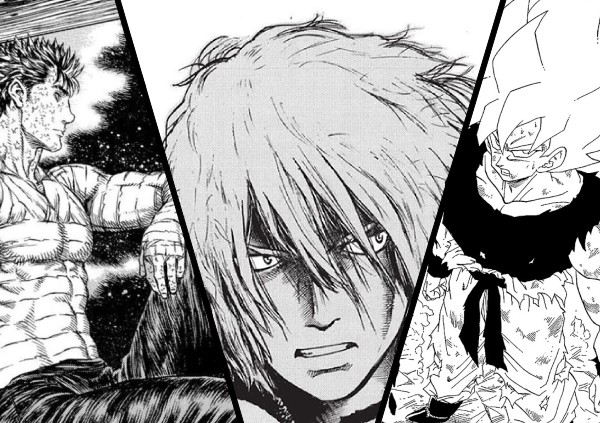
You’ll find essential seinen and shonen masterpieces, terrifying horror manga, emotional character studies, hidden gems, and bold experimental works that push the medium to its limits.
Every manga included here is worth reading, depending on what you’re in the mood for at the time.
Mild spoiler warning: while I focus on why each series matters, occasionally plot details might be necessary to explain their inclusion.
With that said, here’s my list of the best manga of all time (last updated: December 2025).
Essential Manga
Some manga stand so far above the rest that they have become true masterpieces and defining works of the medium itself. The titles in this section have shaped entire genres, influenced generations of creators, and demonstrated their lasting value. Each is a must-read and represents the highest level of what manga can achieve, not only in terms of craft but also in cultural impact.
Berserk
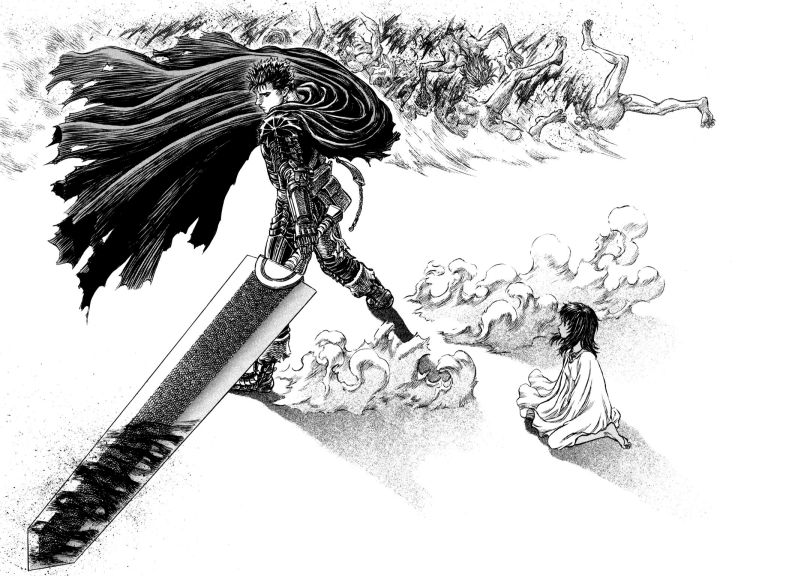
One cannot talk about manga without talking about Berserk, often cited as the definitive best manga ever created. Kentaro Miura’s epic about Guts, Griffith, and a world swallowed by war and demonic creatures is frequently cited as one of the best manga of all time, and its reputation is more than deserved. Few titles demonstrate the full potential of the medium with this level of ambition, artistry, and emotional power as clearly as Berserk does.
At its core, Berserk follows Guts, a lone mercenary whose life becomes intertwined with Griffith, the brilliant and charismatic leader of the Band of the Hawk. Their rise, fall, and ultimate annihilation form the emotional core of the story. What begins as a tale of revenge and survival gradually expands into a sweeping dark fantasy about trauma, ambition, and the human will to endure. The Golden Age arc, in particular, remains one of the most celebrated storylines in manga history and continues to attract new readers even decades after its initial release.
Miura’s worldbuilding is equally striking. Medieval warfare, kingdoms, cults, and monstrous apostles all shape a setting that feels bleak yet strangely beautiful and alive. The contrast between Guts clad in black, embodying rage and resilience, and Griffith in white, symbolizing ambition taken to the extreme gives the series a mythic and philosophical weight few works ever achieve.
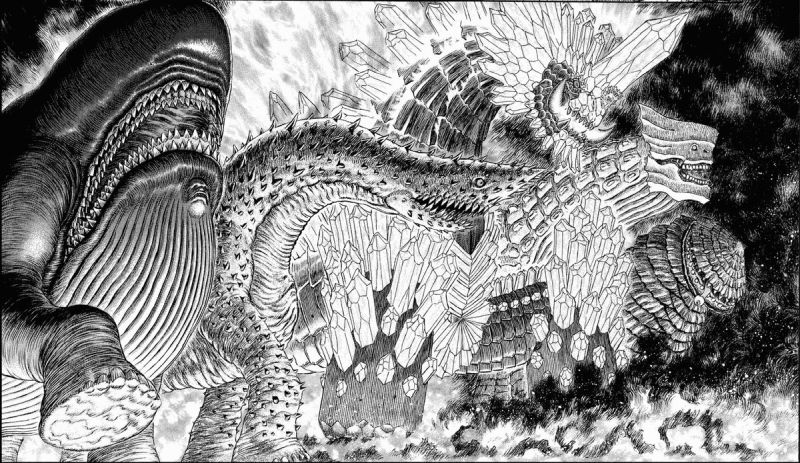
Then there’s the art. Berserk is renowned for its staggering level of detail, from sweeping battlefields to grotesque creatures pulled straight from nightmares. Miura’s ability to merge brutality with beauty helped define the visual identity of modern dark fantasy. Entire genres, including the Soulsborne games, openly draw inspiration from the series’ imagery and tone.
Miura’s passing in 2021 was a tremendous loss, but the continuation under Kouji Mori and Miura’s trusted assistants aims to honor the direction he intended. Even unfinished, Berserk stands as one of the best manga ever written, a landmark title that reshaped what readers expect from fantasy, character writing, and sheer visual mastery.
Genres: Horror, Dark Fantasy, Action, Tragedy, Psychological
Status: Ongoing (Seinen; continued by Kouji Mori after Kentaro Miura’s death)
Vagabond
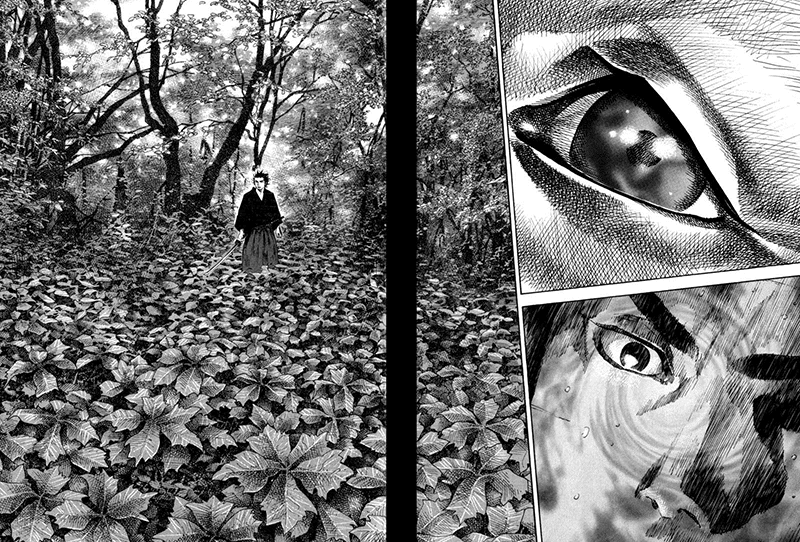
Takehiko Inoue’s Vagabond stands not only at the top of the samurai manga genre but is also rightfully regarded as one of the best manga of all time. It adapts Eiji Yoshikawa’s classic novel Musashi and reimagines the life of Musashi Miyamoto with breathtaking artistry, grounded realism, and a sense of philosophical weight rarely matched in the medium. Even among the best manga, Vagabond remains a singular achievement.
The story follows Shinmen Takezo, a violent and reckless young man whose sole goal is to become the strongest warrior in Japan. After barely surviving the chaos of war, he returns home as a wanted criminal. A chance encounter with the monk Takuan offers him a new name, Musashi Miyamoto, along with the opportunity to rebuild his life. From this point onward, Vagabond traces Musashi’s long journey toward mastery, self-discipline, and a deeper understanding of what true strength means.
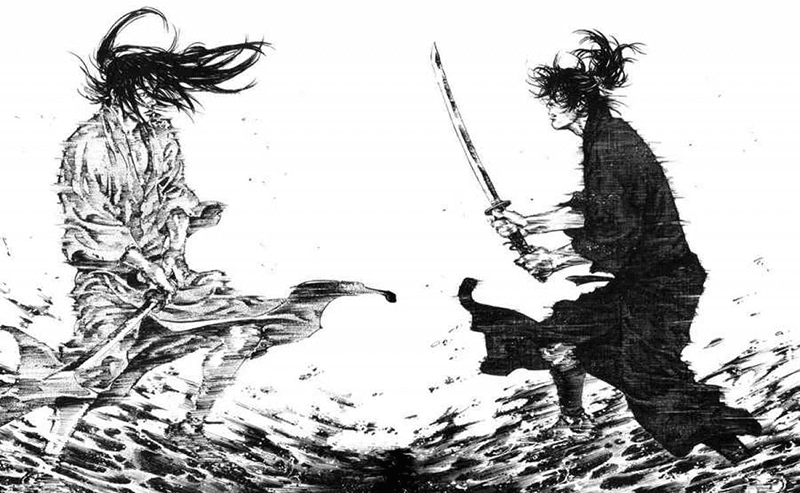
What immediately sets the series apart is its artwork. Inoue’s detailed brushwork brings feudal Japan to life with cinematic beauty. Mountain paths, small villages, dueling grounds, and quiet forests are all rendered with the kind of precision that makes every page a visual experience. The sword fights are especially striking. They feel tense and grounded, defined by small shifts in stance and psychology rather than pure spectacle.
Yet Vagabond is more than just a martial arts epic. It’s a story about people struggling to find meaning in a violent world. Musashi evolves from a wild brute into a thoughtful seeker, while characters like Sasaki Kojirō, Matahachi, and many others receive rich arcs of their own. Each figure is flawed, vulnerable, and shaped by personal trauma and ambition, which gives the narrative emotional depth.
Although Vagabond remains unfinished and later parts slow down, its strongest moments still place it firmly among the best manga ever created. For readers interested in powerful character studies, stunning artwork, and philosophical storytelling, Vagabond is a must-read.
Genres: Historical, Samurai, Action, Drama
Status: On Hiatus (Seinen)
Vinland Saga

Rightfully mentioned alongside Berserk and Vagabond, Makoto Yukimura’s Vinland Saga is often regarded as a modern masterpiece and one of the best manga of all time. Blending brutal Viking warfare with quiet philosophical reflection, it delivers a historical epic that stands at the very top of the seinen genre.
The story follows Thorfinn Karlsefni, the son of the legendary warrior Thors. After witnessing his father’s death, Thorfinn grows up within the mercenary band led by Askeladd, the very man responsible for that loss. Thorfinn’s fixation on revenge gives the early chapters an intense emotional charge and immediately sets the series apart from more straightforward action narratives. What begins as a simple quest for vengeance soon expands into a multilayered tale about power, identity, and the cost of violence.
Set in 11th-century Europe, Vinland Saga brings the world of Vikings to life with remarkable detail. Raids, political schemes, and the harsh realities of survival are depicted with gritty authenticity. You can almost feel the cold Atlantic winds and the weight of wooden shields. Yukimura’s art is exceptional and becomes even more impressive as the series develops. Landscapes, ships, and battlefields are illustrated with care, while the quieter Farmland arc shows how strikingly atmospheric even a snow-covered farmstead can be.
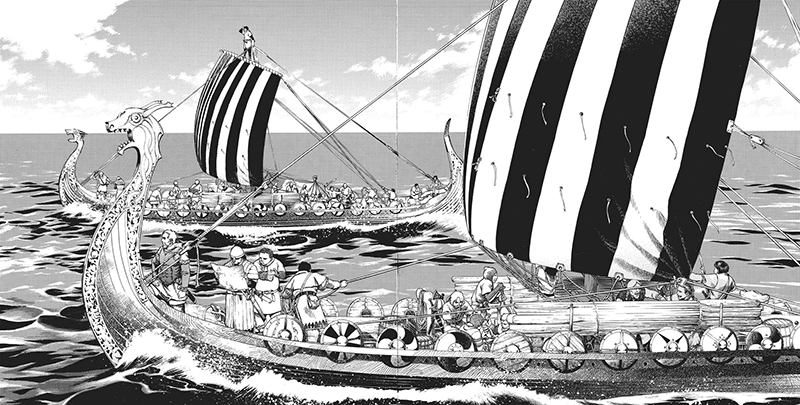
Despite its violent setting, the manga’s emotional core lies in Thorfinn’s evolution. He begins as a traumatized child soldier, yet his later attempts to overcome guilt and find a peaceful path give Vinland Saga surprising emotional depth. The supporting cast is equally strong. Canute’s transformation into a calculating ruler is captivating, while figures like Einar and Hild add humanity and different perspectives. Askeladd remains the standout, a brilliant tactician who shifts effortlessly between mentor, antagonist, and tragic figure.
What makes Vinland Saga one of the best manga ever created is its balance between large-scale conflict and deeply personal storytelling. It’s a gripping saga about war, but even more so a moving exploration of redemption and the struggle to choose a life without violence.
Genres: Historical, Action, Drama
Status: Completed (Seinen)
Akira
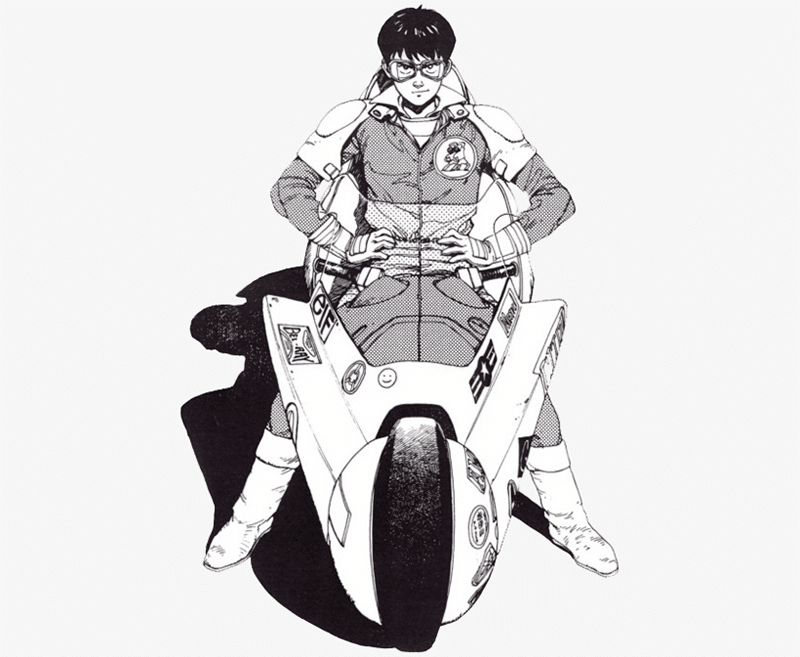
Few titles are as synonymous with manga and anime as Katsuhiro Otomo’s Akira. Often cited as one of the best manga of all time, it helped define Japanese cyberpunk, shaped the global perception of anime, and influenced everything from Hollywood blockbusters to modern dystopian fiction. The famous anime adaptation is widely considered one of the greatest animated movies ever created, yet even it could not capture the full scope of Otomo’s original masterpiece.
Set in the neon-drenched chaos of Neo-Tokyo, Akira follows two delinquent teenagers, Kaneda and Tetsuo, as they navigate a society on the verge of collapse. After a mysterious accident, Tetsuo awakens with overwhelming psychic powers, drawing the attention of the military and accelerating the inevitable awakening of Akira, a force responsible for the city’s destruction three decades ago. What begins as a street-level biker story quickly spirals into political conspiracy, urban warfare, and full-scale apocalyptic devastation.
The worldbuilding is breathtaking. Every street, skyscraper, alleyway, and ruined district is illustrated with obsessive detail. Otomo brings Neo-Tokyo to life with a cinematic flow that still feels modern decades later. Whether depicting underground laboratories, riot-torn city blocks, or massive psychic disasters, the artwork remains among the best visuals ever produced. The scale is enormous, and the destruction sequences remain unmatched.
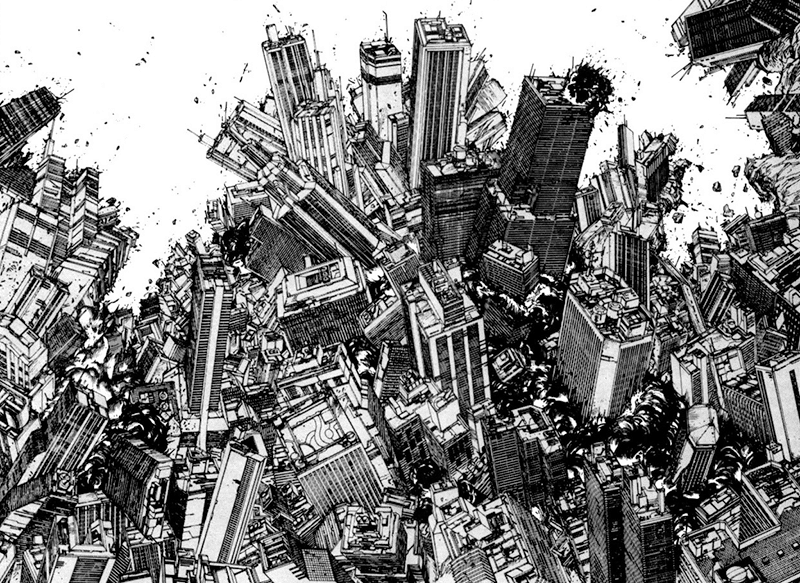
Character depth varies, but the central dynamic between Kaneda and Tetsuo carries the narrative. Kaneda’s swaggering bravado clashes with Tetsuo’s unstable rise to godlike power, creating a tragic portrait of friendship fracturing under pressure. The supporting cast adds political and emotional weight, but it is the atmosphere of escalation that makes Akira so memorable.
Some aspects might feel dated, and the plot occasionally prioritizes spectacle over clarity, yet none of this diminishes its legacy. Akira remains a foundational work of science-fiction and one of the most influential manga ever created. Anyone interested in cyberpunk or in understanding the evolution of the medium owes it to themselves to read this landmark classic.
Genres: Cyberpunk, Dystopian, Action
Status: Completed (Seinen)
Dragon Ball
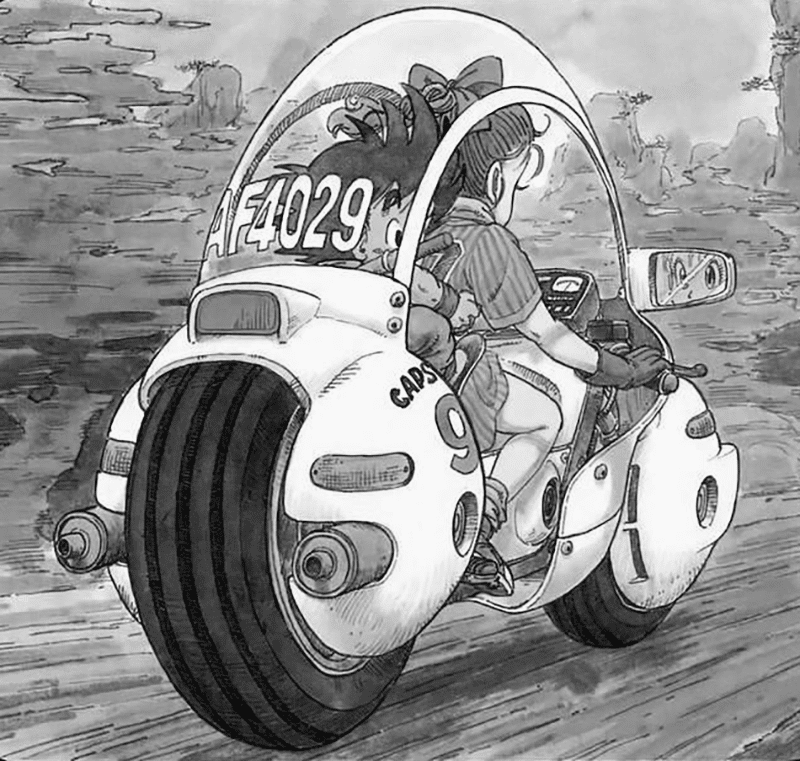
Anyone who has heard of anime or manga knows the name Dragon Ball. Akira Toriyama’s magnum opus is arguably the most influential battle shonen ever created and remains a foundational work that shaped how the medium evolved. While it may not be the most technically complex series on this list, its cultural impact and legacy make it impossible to ignore when discussing the best manga or even the best manga of all time.
The story follows Son Goku, an innocent but impossibly strong boy who embarks on a journey to find the seven Dragon Balls. These mystical orbs can summon the dragon Shenron and grant any wish. What begins as a comedic road trip with Bulma gradually expands into a worldwide martial arts adventure, introducing iconic characters such as Krillin, Yamcha, Master Roshi, Piccolo, and later Vegeta. Dragon Ball popularized many elements that would define modern shonen storytelling, including rivalries, intense training arcs, escalating power levels, and of course the now-legendary tournament format.
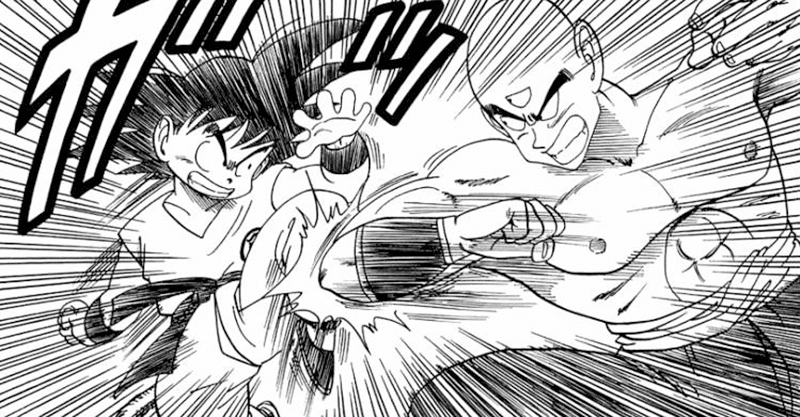
Readers familiar with Dragon Ball Z are often surprised when reading the original manga. The early chapters are filled with humor, oddball creatures, and pulp-inspired fantasy. Toriyama’s gag-manga roots shine brightly here, and the shift toward serious fighting is gradual. The World Martial Arts Tournaments remain some of the tightest and most exciting hand-to-hand battles ever drawn, displaying Toriyama’s gift for clear choreography and dynamic action.
As the manga grows, so do the stakes. The tone becomes more dramatic, the fights more explosive, and the cast larger. While the later arcs sometimes sideline supporting characters or rely heavily on power escalation, the energy and creativity never fade. Toriyama’s clean linework and iconic designs have aged incredibly well, which is why Dragon Ball still feels fun, fast, and adventurous decades after its release.
Dragon Ball is not perfect, but it is essential. It influenced nearly every shonen manga that came after it and remains a landmark of the medium. Anyone interested in the history of manga should definitely give this classic a try.
Genres: Action, Adventure, Martial Arts
Status: Completed (Shonen)
Monster
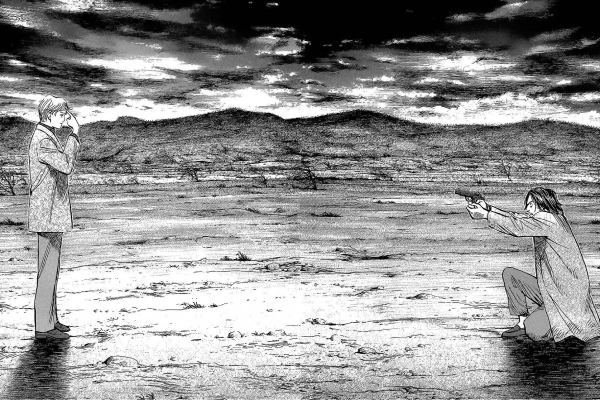
Naoki Urasawa’s Monster is widely regarded as one of the greatest thriller manga ever created, and a title that routinely appears on lists of the best manga of all time. It’s a slow-burn, intricately crafted suspense epic that shows just how far the medium can go when it blends grounded realism with impeccable storytelling. For many readers, it stands as Urasawa’s definitive work and the series that cemented him as one of manga’s most accomplished storytellers.
Set in post-Cold War Germany, Monster follows Dr. Kenzo Tenma, a talented neurosurgeon who makes a single choice that changes everything. When two patients arrive at the hospital in critical condition, Tenma decides to save a young boy named Johan Liebert instead of a high-ranking politician. This decision costs him his career, but the true price becomes clear years later, when Johan resurfaces as a calculating killer tied to a network of disappearances, conspiracies, and broken lives. Tenma sets out across Europe to right the mistake, beginning one of the most gripping manhunts in manga.

What makes Monster so essential is its extraordinary command of tension. Urasawa treats suspense almost like a science. Chapters build slowly, each conversation is layered with unease, and each reveal pulls the reader deeper into a web of political corruption, forgotten experiments, and personal tragedies. Every character feels alive, from detectives and ex-soldiers to ordinary citizens swept up in Johan’s schemes. The stakes grow not through spectacle but through moral weight, giving the story a gravitas few works achieve.
Monster also stands out for its realism. The European setting is meticulously researched, and Urasawa’s grounded art style enhances the sense of authenticity. Characters age, environments feel tangible, and the world moves with a quiet menace that mirrors classic noir.
Even decades after its release, Monster remains unmistakably influential. It helped redefine adult manga and continues to serve as a benchmark for long-form thriller storytelling. For readers exploring the best manga or seeking a masterclass in suspense, Monster is essential.
Genres: Thriller, Mystery, Drama
Status: Completed (Seinen)
Oyasumi Punpun

Widely regarded as the darkest psychological manga ever created, Inio Asano’s Oyasumi Punpun stands as one of the most daring and uncompromising works in the medium. It’s a bleak coming-of-age epic that explores adolescence, trauma, and the slow unraveling of identity with a level of honesty rarely seen in manga. For many readers and critics, it’s not only a modern classic but also a legitimate contender for one of the best manga of all time.
The story begins with Punpun Onodera, an awkward child whose life initially seems ordinary. He falls in love, goes to school, and watches his family crumble in ways he does not yet fully understand. What starts as a gentle slice-of-life narrative soon reveals itself as something far heavier. As Punpun grows older, his world steadily darkens. Innocence fades, relationships break, and the weight of family dysfunction, guilt, and longing slowly reshape him until he is no longer recognizable.

One of the most striking aspects of the manga is its visual approach. Asano draws Punpun as a simple bird-like doodle placed inside environments and crowds rendered with photographic realism. This contrast creates a feeling of emotional isolation and communicates Punpun’s inner life even when he says nothing at all. It’s a bold stylistic decision that has become one of the series’ defining features.
The themes of Oyasumi Punpun are raw and at times painful. Abuse, sexuality, mental illness, and self-destruction all play central roles. Yet none of this is used for shock value. Instead, Asano examines how small choices and quiet failures can accumulate and shape a person’s future. Even when the later arcs lean into melodrama, the emotional truth behind Punpun’s descent remains powerful.
Oyasumi Punpun is a difficult read, but also an unforgettable one. Its intensity, artistry, and unfiltered humanity make it one of the best manga ever written and an essential pick for anyone seeking a story that pushes the boundaries of what the medium can express.
Genres: Psychological, Drama
Status: Completed (Seinen)
Uzumaki
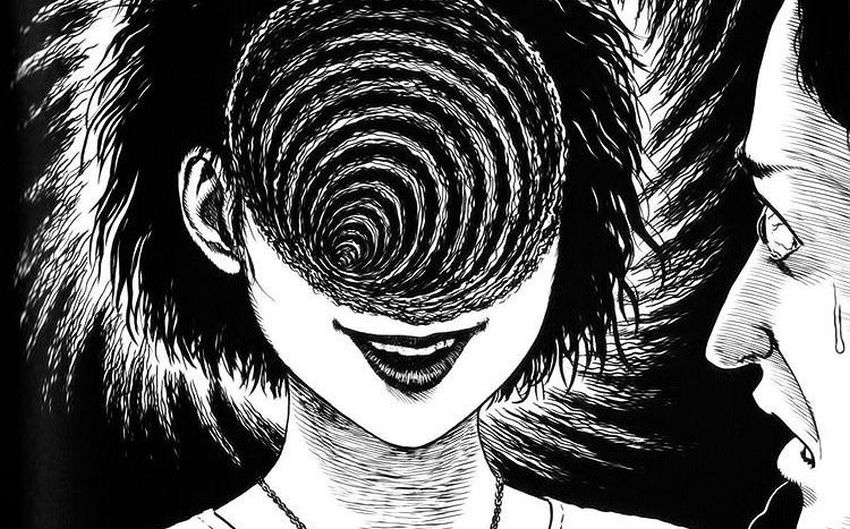
Junji Ito is widely regarded as the greatest horror manga creator of all time, and if there’s one work of his that deserves a special place among the best manga ever, it’s his magnum opus, Uzumaki. Frequently cited as one of the best manga of all time, this three-volume nightmare showcases Ito at the peak of his imagination, combining cosmic dread with unforgettable visuals.
The premise is simple at first. Kurouzu-cho, a quiet coastal town, begins to fall under the influence of spirals. Kirie Goshima and Shuuichi Saitou witness disturbing incidents one after another as the pattern infects the minds and bodies of the townspeople. What starts as an odd obsession soon becomes a full descent into madness. Ito wastes no time in setting the tone. The iconic opening chapter, involving Shuuichi’s father and his spiral obsession, is one of the most chilling introductions in horror manga.
Uzumaki is elevated far beyond typical supernatural stories by its sheer creativity. Ito takes a single visual motif and reinvents it constantly. Spirals twist weather patterns, hair, and even pregnancy. Each new chapter presents a nightmare more bizarre and imaginative than the last, making the manga feel like an ever-expanding anthology of cosmic terror.
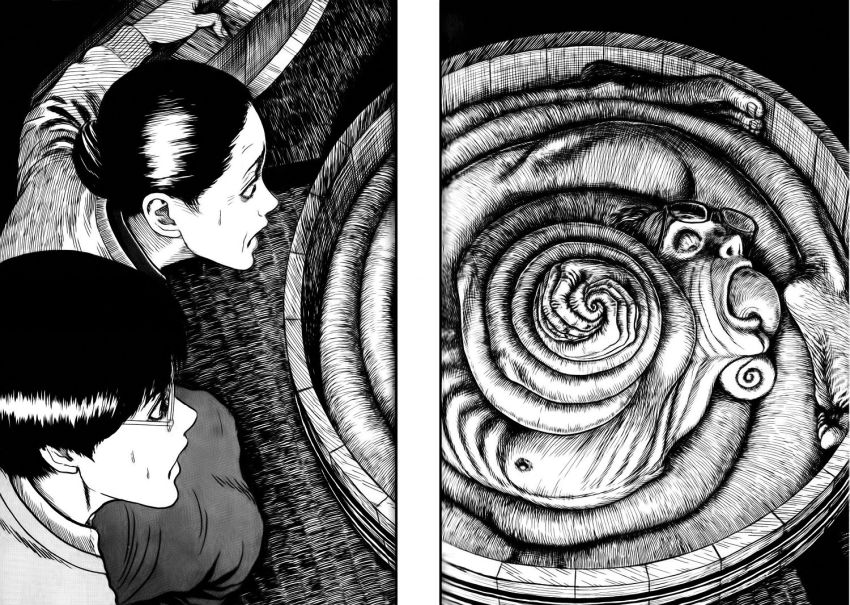
If you want to learn which chapters scared me the most, check out my article on the best Uzumaki chapters.
Ito’s art is one of the major reasons Uzumaki is considered one of the best manga in the horror genre. His detailed linework and masterful shading create a sense of unease that grows page by page. The grotesque transformations are horrifying, yet remain strangely mesmerizing because of Ito’s precision and commitment to atmosphere.
While the episodic structure can make side characters feel temporary, the manga’s escalating sense of dread more than compensates. By the final volume, the scope widens into a full cosmic tragedy that cements Uzumaki as a singular achievement.
For anyone interested in horror or in understanding why Junji Ito is so acclaimed, Uzumaki is essential reading. Its creativity, atmosphere, and influence earn it a permanent place among the best manga of all time.
Genres: Horror, Supernatural, Mystery, Cosmic Horror
Status: Completed (Seinen)
Blame!

Tsutomu Nihei’s Blame! is one of my favorite manga of all time, but its inclusion here goes far beyond personal preference. Standing at the pinnacle of modern cyberpunk manga, it’s a singular achievement that shows how powerful manga can be as a visual storytelling medium. For many readers, it ranks among the best manga ever drawn, and its influence continues to shape artists and science-fiction creators around the world. Any discussion about the best manga of all time feels incomplete without it.
The story centers on Killy, a quiet and seemingly unstoppable wanderer searching for a human with the elusive Net Terminal Gene. Someone like this could access the Netsphere and possibly regain control over The City, an endless megastructure where humanity is hunted by the lethal Safeguard. The premise sounds straightforward, yet Blame! immediately moves beyond conventional plotting and instead immerses the reader in pure atmosphere and visual worldbuilding.
Nihei’s art is extraordinary. The City is a cosmic labyrinth of steel and concrete that stretches in every direction. Rooms as large as continents, bridges that span impossible distances, and industrial machines that appear ancient yet alive. Killy is often depicted as a lone figure swallowed by architecture, giving the manga a sense of isolation and existential scale few works ever achieve.
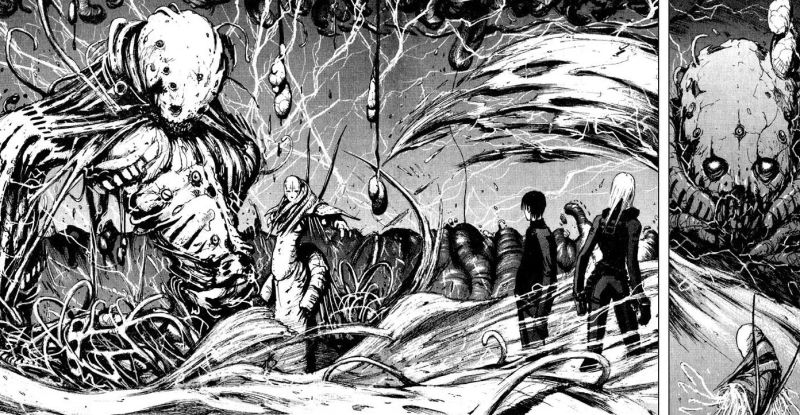
The design of the Safeguard, cyborgs, and other biomechanical monstrosities is equally striking. Nihei fuses technology and horror in a way that feels alien yet believable. His action scenes are brutal and explosive, anchored by Killy’s Gravitational Beam Emitter, a weapon capable of carving holes through entire megastructures and enemies alike.
Dialogue is minimal and exposition is rare, which can make the narrative opaque. Yet, this sparse storytelling is one of the manga’s greatest strengths. It creates a sense of mystery and invites readers to interpret the world through mood, architecture, and motion rather than traditional explanation.
If you’re interested in learning more about this approach, I urge you to check out my long-form essay on Blame!.
For fans of science-fiction, cyberpunk, and visionary worldbuilding, Blame! is a must-read. It’s bold, haunting, and utterly unforgettable, a masterpiece that shows the full potential of what manga can achieve.
Genres: Horror, Sci-Fi, Cyberpunk
Status: Completed (Seinen)
JoJo’s Bizarre Adventure Part 7: Steel Ball Run
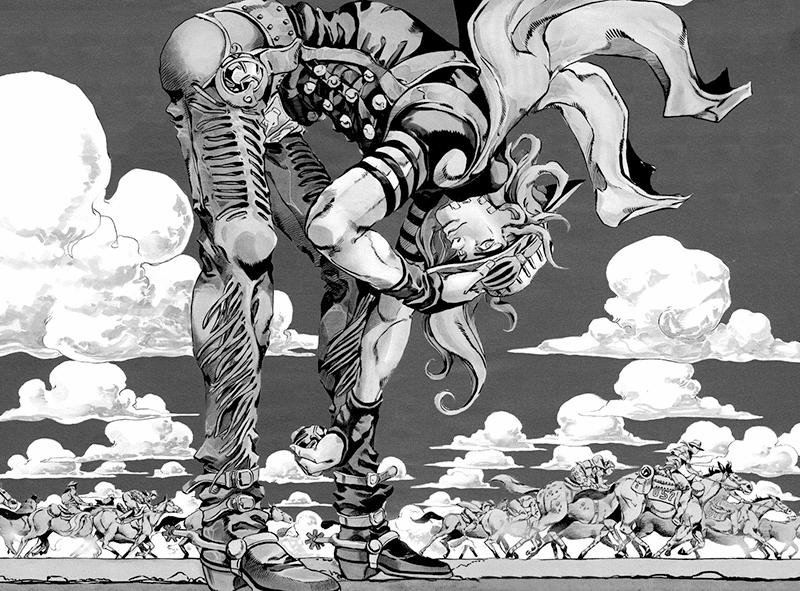
In recent years, few manga have shown the same staying power and cultural influence as JoJo’s Bizarre Adventure, aided by its stylish anime adaptation. Hirohiko Araki’s long-running saga started publication in the late 1980s as a gothic battle manga about vampires, but its identity shifted dramatically with Part 3, Stardust Crusaders, which introduced Stands. This supernatural power system transformed the series and allowed Araki to reinvent JoJo with every new part. Now over thirty years later and still ongoing with Part 9, many readers and critics agree that Part 7: Steel Ball Run stands as Araki’s masterpiece, and a clear contender for the best manga of all time.
The manga centers on a massive cross-continental horse race from San Diego to New York, set in an alternate version of 19th-century America. The protagonist, Johnny Joestar, is a former prodigy turned paraplegic who joins the race after meeting Gyro Zeppeli, a rider who wields Steel Balls and a strange energy known as the Spin. The moment Johnny touches one of these balls and briefly regains control of his legs, he commits to the race and sets out on a journey that’s equal parts personal transformation and high-stakes competition.
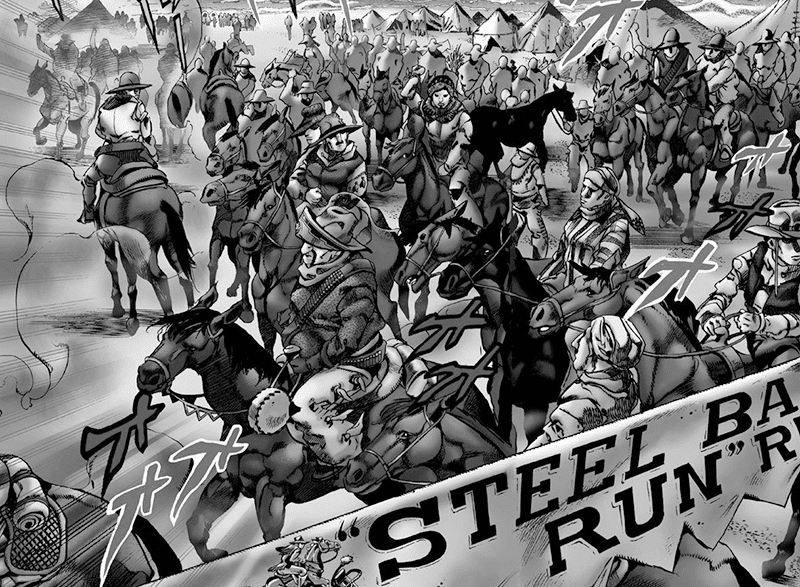
What makes Steel Ball Run one of the best manga ever created is how confidently Araki blends genres. The race is always moving forward, providing constant momentum while the story introduces assassins, political conspiracies, supernatural threats, and some of the most inventive Stand battles in the entire series. The American frontier becomes the perfect backdrop for Araki’s creativity. From deserts and forests to surreal phenomena, the art is constantly stunning, with expressive characters, powerful motion, and cinematic double spreads.
Johnny and Gyro form one of JoJo’s strongest character duos, and their partnership gives the story an emotional depth that earlier parts often approached but never fully reached. Their development, along with standout characters such as Diego Brando, helps Steel Ball Run feel complete and thematically rich.
If you want to know more about JoJo’s Bizarre Adventure, you can check out my ranking of the best JoJo parts.
Steel Ball Run is not only the pinnacle of JoJo but a rare achievement in manga as a whole. It’s imaginative, stylish, and ambitious, securing its place among the best manga of all time.
Genres: Action, Adventure, Supernatural
Status: Completed (the Jojo’s Bizarre Adventure series is still ongoing)
Seinen Manga
Seinen manga are aimed at young adult readers, which usually means more mature themes, complex characters, and more ambitious storytelling. I naturally gravitate toward seinen, so I expanded the section to include twenty of the strongest titles the demographic has ever produced. There’s no filler here. Every series below earns its place as one of the best manga through its depth, artistry, and long-lasting impact.
If you’re looking for even more seinen manga recommendations, check out my fully curated list of the best seinen manga.
Blade of the Immortal
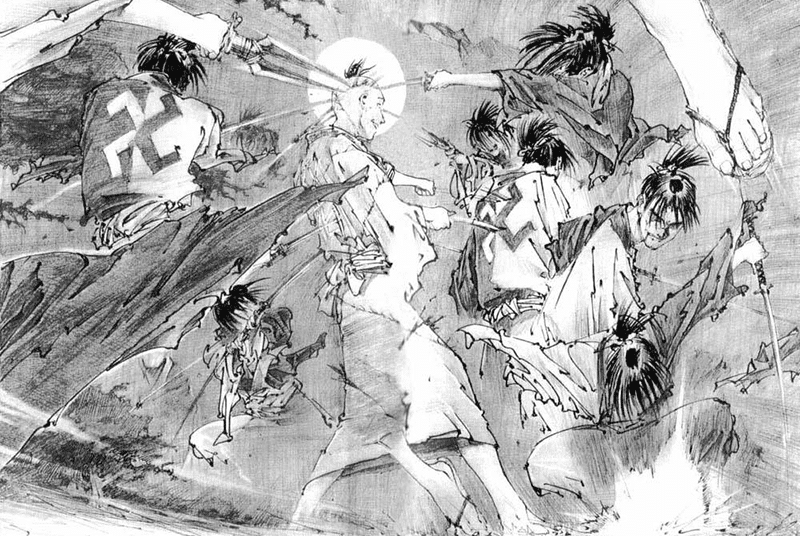
Hiroaki Samura’s Blade of the Immortal is one of the most gripping and atmospheric revenge series in manga, and a standout among the best manga for seinen fans. One of my favorite series of all time, it centers on Manji, a wandering swordsman cursed with immortality by mystical bloodworms. Hoping to free himself from this unwanted gift, he agrees to help Rin Asano, a young girl seeking vengeance against Kagehisa Anotsu and the Itto-ryu, the sword school responsible for the murder of her family. What begins as a simple escort mission grows into a sprawling journey filled with morally complex characters, shifting alliances, and brutally intimate confrontations.
The manga shines through its character writing. Manji and Rin are great protagonists, but it’s the broader cast that elevates the story to greatness. Figures like Maki Otono-Tachibana, Hyakurin, Magatsu, and especially the terrifying and unhinged Shira make every encounter unpredictable. Even Anotsu, the antagonist, receives depth, motivation, and a believable personal philosophy, creating a world in which almost no one is entirely good or evil.
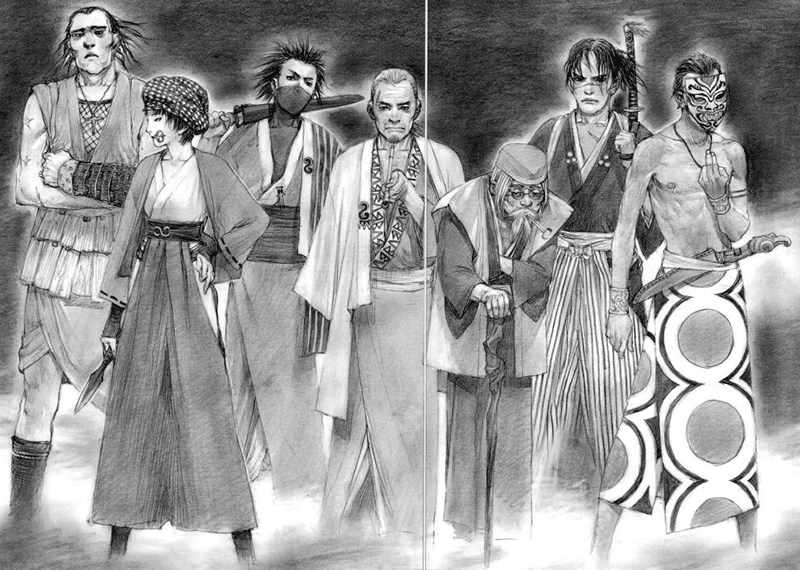
Samura’s art is another defining strength of the series. His character design is stunning, making every fighter appear unique in their own way. His loose, expressive linework gives fights a visceral realism, while his attention to anatomy and motion makes every sword strike feel impactful. All of this makes his fights some of the best drawn in manga, full of fluid and exhilarating choreography. The violence is harsh but purposeful, reinforcing the story’s theme of consequences and survival.
With its gritty tone, sharp dialogue, and unforgettable characters, Blade of the Immortal stands as one of the best manga for readers who enjoy mature storytelling and intense, character-driven action.
Genres: Historical, Action, Revenge, Drama
Status: Completed (Seinen)
Usogui
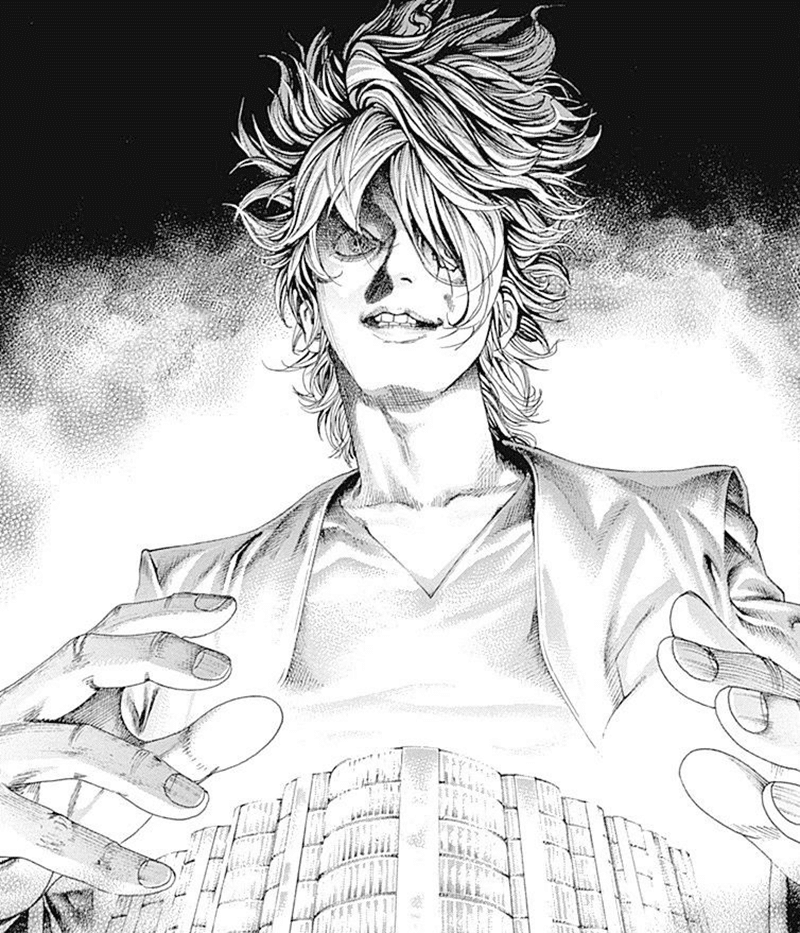
Toshio Sako’s Usogui is one of the most intense psychological and gambling manga ever written, and a standout example of how thrilling mind-games can be when executed with precision. While it starts with a rough opening arc, the series quickly evolves into one of the best manga for fans of high-stakes strategy and cerebral battles.
Madarame Baku is a man known as the Usogui, or Lie Eater. He’s a mysterious gambler who enters deadly games overseen by the underground organization Kakerou. Every gamble follows strict rules enforced by their deadly referees, which creates a perfect environment for cheating, bluffing, trap-setting, and constant psychological warfare. Baku’s calm confidence and near-superhuman analytical abilities make every match feel razor sharp.
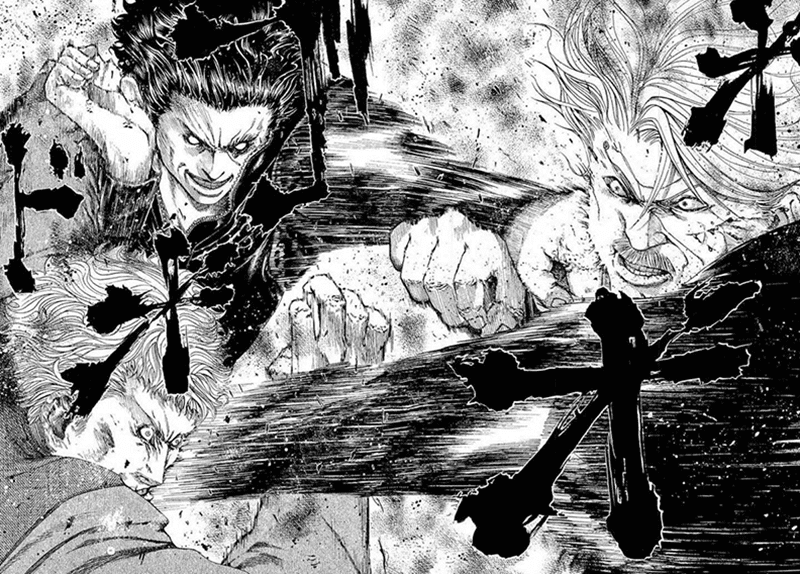
As the series progresses, the storytelling becomes more complex and the art evolves dramatically. By the time the readers reach arcs like Tower of Karma and Air Poker, Usogui hits a level of strategic brilliance few manga can match. The final Surpassing the Leader arc, in particular, is one of the most unforgettable, insane, and gripping mind battles in the medium.
What sets Usogui apart is the balance between mind-games and character writing. Rivals like Vincent Lalo and Soichi Kimura are not only dangerous but compelling in their own way, while the Kagerou referees add a unique presence to every confrontation.
If you enjoy psychological tension, intricate strategies, and unpredictable twists, Usogui is a must-read and easily one of the best manga of all time.
Genres: Psychological, Gambling, Thriller
Status: Completed (Seinen)
The Climber

Shinichi Sakamoto’s The Climber is one of the most visually striking and emotionally immersive works in the seinen genre. Even if you’re not typically a fan of sports manga, this story stands out for its intense atmosphere, psychological depth, and breathtaking artwork. It’s easily one of the best manga for readers who want a character-driven drama defined by isolation and ambition.
The story follows Buntarou Mori, a quiet and withdrawn teenager who discovers an unexpected talent for climbing. What begins as a simple school challenge quickly becomes an all-consuming passion. Through each ascent, Mori evolves from an apathetic outsider into a determined, obsessive climber, and this transformation becomes the emotional core of the series.
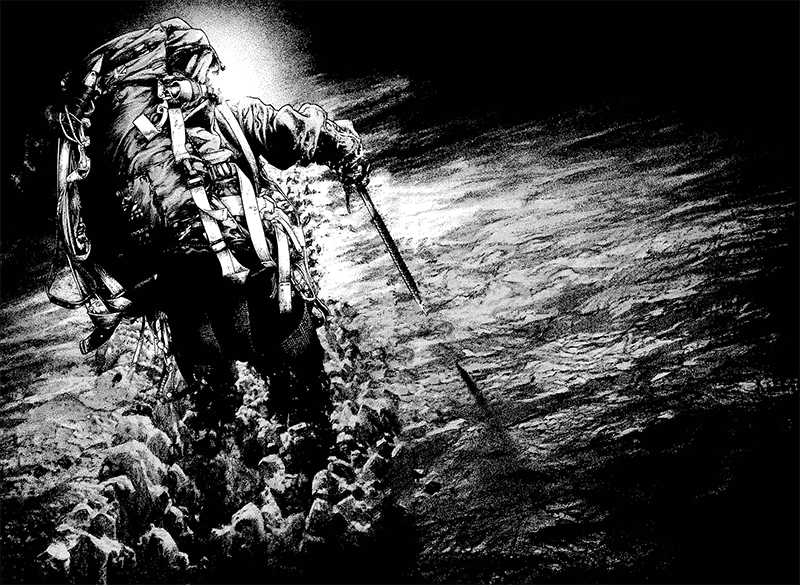
Sakamoto’s art is what makes the series so unforgettable. Mountain ranges are rendered with meticulous detail, and the vast double spreads convey a sense of scale and danger few manga can match. Silent sequences of Mori clinging to a cliff or staring down a deadly drop often say more than pages of dialogue. The highlights are moments of triumph, rendered with an almost poetic beauty, often incorporating visual metaphors and literary quotes, giving the Climber a rare sense of depth and sophistication.
Originally starting as an ordinary sports narrative, the series changed dramatically when Sakamoto took over as the manga’s sole creator, turning it into an introspective character study. The Climber explores dedication, loneliness, and the personal cost of chasing greatness. It’s a somber yet exhilarating journey that rewards readers with stunning visuals and a deeply human story.
Genres: Sports, Drama, Psychological
Status: Completed (Seinen)
Kingdom
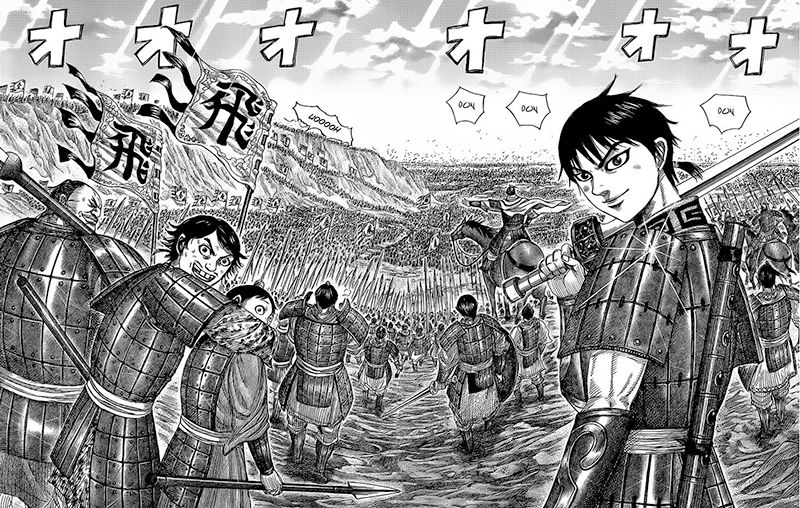
As one of the most ambitious historical war epics in manga, Kingdom by Yasuhira Hara remains a standout for readers who enjoy large-scale strategy and character-driven military drama. Set during China’s Warring States period, it follows Shin, a former servant boy determined to become a Great General under the Heavens, and Ei Sei, the young king who dreams of unifying all of China. Their partnership forms the emotional backbone of a story filled with war campaigns, political struggles, and relentless ambition.
What makes Kingdom one of the best manga for fans of historical warfare is its sheer scope. Battles unfold across massive landscapes, with armies in the hundreds of thousands clashing in detailed and carefully choreographed encounters. Hara excels at depicting military tactics, from clever formations to psychological feints, making each battle feel like a blend of high-stakes action and strategic mind-games.
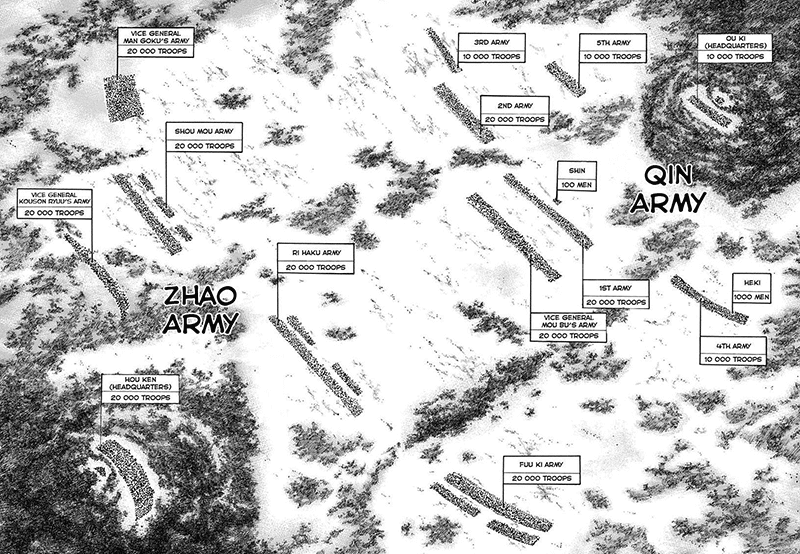
Kingdom’s political side is equally compelling. Early on, Ei Sei must fight to secure his throne and outmaneuver ambitious rivals such as Ryo Fui, adding tension even to the series’ less action-filled moments. Later, the politics shift focus, showcasing how rival states plot their own moves and intrigues against Ei Sei’s ambition. All of this creates a world that feels alive, with a vast cast of generals, strategists, and warriors who bring personality to every conflict. The standouts here are General Ouki, Kanki, and Riboku, all of whom stand as larger-than-life figures.
Although the art begins modestly, Hara’s growth is remarkable. It truly begins to shine once the manga turns from an intimate, shonen-style narrative to one defined by vast battles. His spreads of ancient cities, battlefields, and fortresses are among the most impressive in manga.
For anyone interested in military storytelling, strategy, and sprawling historical drama, Kingdom is one of the best manga to dive into.
Genres: Historical, Military, Strategy
Status: Ongoing (Seinen)
Freesia
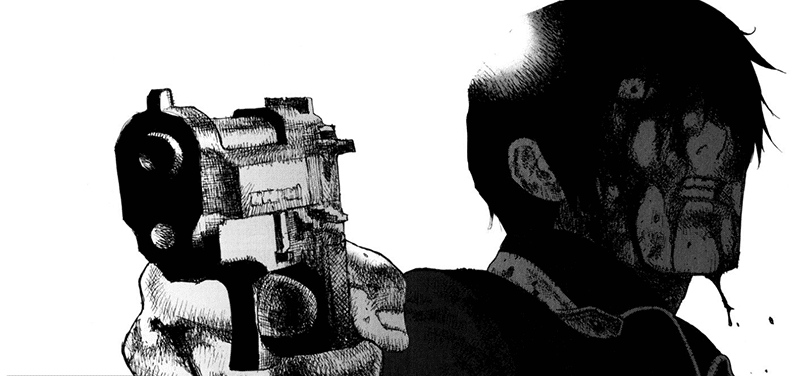
Freesia by Jiro Matsumoto is one of the most unsettling and atmospheric psychological dramas I’ve ever read, and easily one of the best manga for readers who enjoy dark, character-driven, introspective storytelling. In a dystopian Japan ravaged by war, the series follows Kano, a government-sanctioned executioner working under a law that permits legal retaliation killings. While the premise suggests a simple revenge thriller, Freesia is far more concerned with the fractured minds of its characters and the decay of the world around them.
The atmosphere is bleak from the very first chapter. Violence and paranoia hang over every scene, and Matsumoto’s gritty art style reinforces this mood perfectly. His sharp contrast between hyper-detailed backgrounds and stark facial expressions gives the story a raw, unstable quality that mirrors the characters’ mental state.
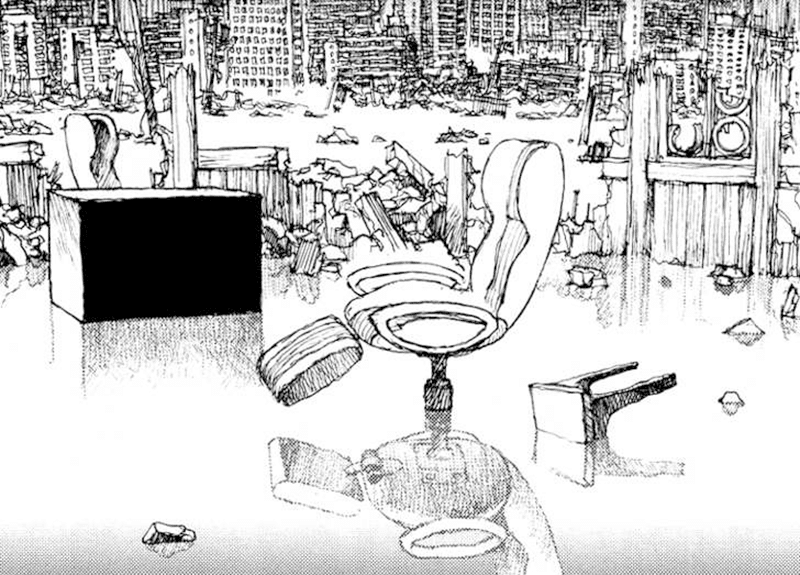
What makes Freesia exceptional is how deeply it leans into psychological disorientation. Kano is not a well man. He suffers from severe mental issues, including memory lapses and schizophrenia. Frequently, the narrative places us directly inside his head, blurring the line between reality and hallucination, as he struggles with trauma and delusion. Many of the supporting characters are equally damaged, each shaped by loss, guilt, or war, which gives the manga a haunting emotional weight.
Despite its bleakness, Freesia is surprisingly intimate. Each mission reveals human stories on both sides of the killings, creating a world where morality is ambiguous and no one is untouched by suffering.
With its surreal tone, fragmented storytelling, and emotional intensity, Freesia is a standout choice for anyone seeking a bold, uncompromising, and occasionally transgressive, seinen manga.
Genres: Psychological, Crime, Drama
Status: Completed (Seinen)
Gantz
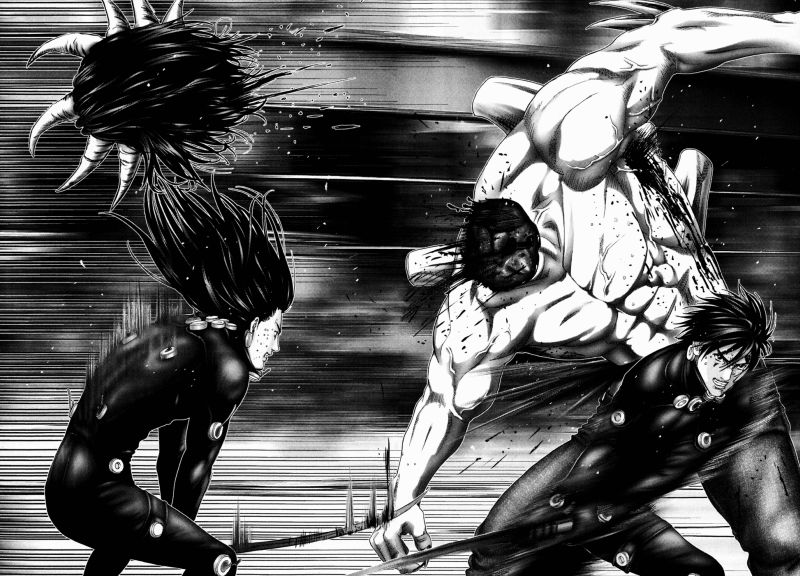
Gantz by Hiroya Oku is one of the most intense and unpredictable seinen series ever written, a violent blend of science-fiction, horror, and action that remains unforgettable. If you enjoy manga that pushes boundaries, Gantz easily ranks among the best manga you can pick up.
The story follows Kei Kurono, an apathetic teenager who dies in an accident only to wake up in a sealed apartment with a group of strangers. At the center of the room sits Gantz, a mysterious black sphere that forces them into savage missions where they must hunt aliens hidden among humans. These battles form the core of the series, delivering chaotic, high-stakes action where anyone can die at any time.
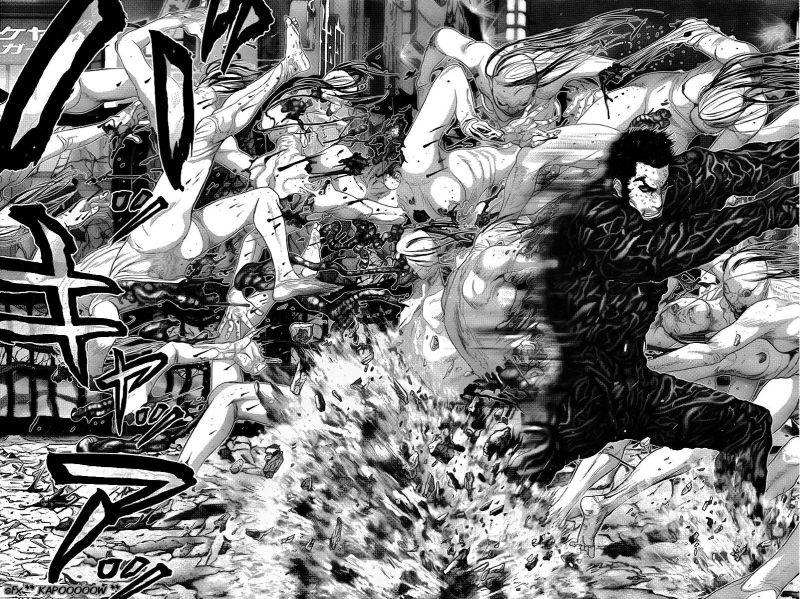
What makes Gantz shine most is its creativity. The alien designs are strange, nightmarish, and unlike anything else in the medium. Oku’s action choreography is fast, brutal, and cinematic, and the sense of dread never fades. At the same time, Kurono’s character grounds the story. He begins as selfish and unlikeable but gradually grows into a capable and determined leader, making his development and relationship with Tae a standout aspect of the manga.
Gantz has flaws, including some uneven subplots and a chaotic final stretch, but its strengths outweigh everything. Surreal monsters, explosive battles, and a relentlessly bleak tone turn Gantz into a thrilling, unforgettable ride that action and science-fiction fans should not miss.
Genres: Horror, Action, Psychological, Sci-Fi
Status: Completed (Seinen)
Dorohedoro
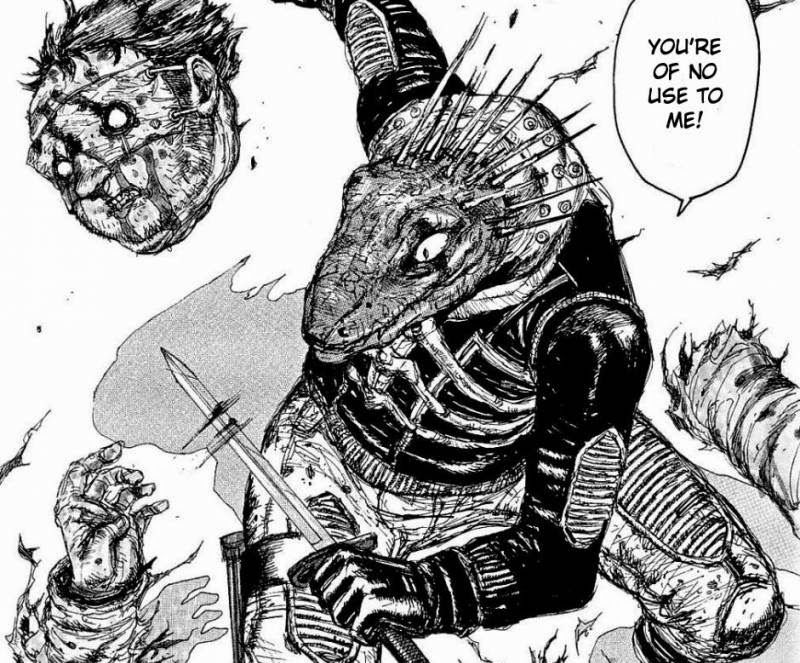
Dorohedoro by Q Hayashida is one of the strangest and most creative works in modern seinen, a brutal blend of horror, dark fantasy, and absurd comedy that somehow works perfectly. Few series shift tone as effortlessly as this one, and its chaotic style is exactly why so many readers regard it as one of the best manga of all time.
The story begins in Hole, a filthy and violent city where sorcerers experiment on ordinary humans for fun. In the middle of this chaos is Kaiman, an amnesiac man with a lizard head who is immune to magic. Together with Nikaido, his partner, he hunts sorcerers hoping to figure out who transformed him and why. What begins as a revenge setup quickly evolves into a sprawling mystery involving rival factions, hidden ploys, and the connection between Hole and the Sorcerer’s World.
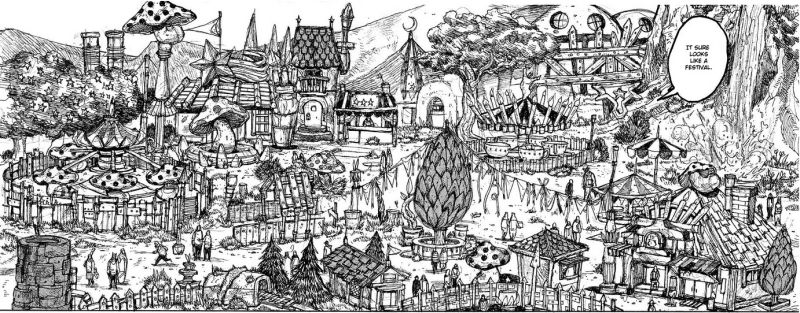
Dorohedoro’s greatest strength is in its atmosphere. Hayashida’s art is gritty, dense, and full of personality, capturing the urban decay of Hole and the gothic bizarreness of the Sorcerer’s World with equal flair. The cast is huge and unforgettable, from mushroom-obsessed villains to mutated citizens and eccentric devils who are as comedic as they are dangerous.
Despite the graphic violence, Dorohedoro maintains a surprisingly warm atmosphere. Characters form genuine bonds, and even the antagonists become endearing. It’s chaotic, gory, and often hilarious, but always imaginative.
For fans of dark fantasy, horror, and weird fiction, Dorohedoro is a must-read and easily one of the best manga in its field.
Genres: Horror, Fantasy, Supernatural, Mystery, Slice of Life
Status: Completed (Seinen)
Lone Wolf and Cub
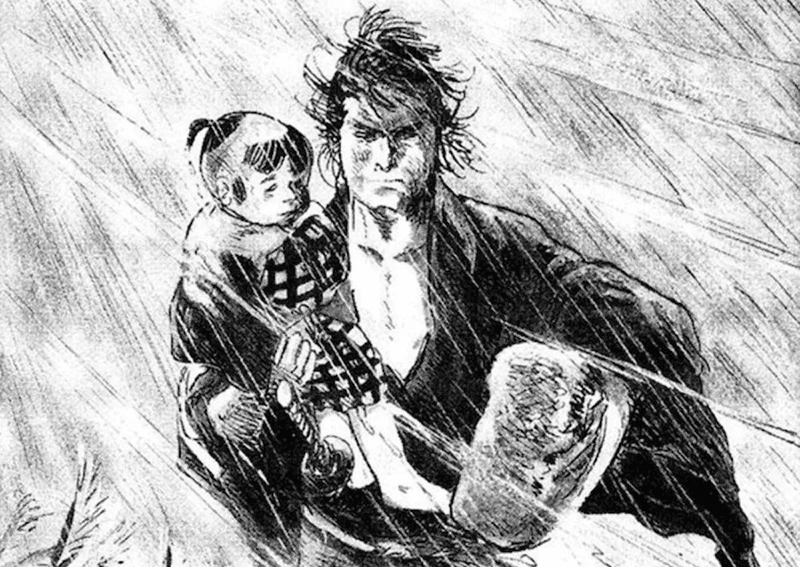
Lone Wolf and Cub by Kazuo Koike and Goseki Kojima is one of the essential classics of the medium and still stands as one of the best manga ever written within the samurai genre. Despite being decades old, it remains a gripping blend of revenge drama, historical atmosphere, and razor-sharp swordsmanship that few modern titles can match.
The series centers on Itto Ogami, once the Shogunate’s feared executioner, who is framed for treason by the rival Yagyu Clan. Stripped of his honor and position, Ogami takes his infant son Daigoro and walks the assassin’s path, offering his services across feudal Japan while quietly pursuing revenge. This simple setup allows the manga to shift between episodic assassination tales and a larger overarching feud, giving the series both variety and narrative weight.
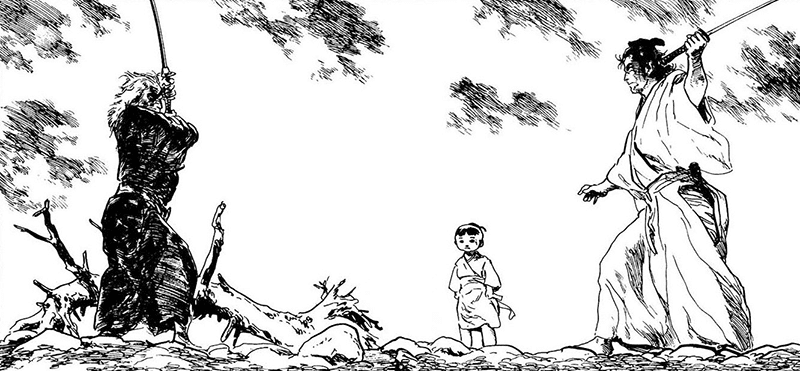
What makes Lone Wolf and Cub so exceptional is its atmosphere and craftsmanship. Each chapter feels like a self-contained moral dilemma, blending philosophy, violence, and tragedy in a way few manga attempt. The art by Kojima is timeless, with cinematic paneling, beautifully rendered landscapes, and sword fights that remain some of the cleanest and most precise ever drawn. The pacing is deliberate but rewarding, slowly revealing Ogami not just as a warrior but as a father shaped by duty and quiet grief.
For anyone interested in historical manga, grounded action, or classic storytelling, Lone Wolf and Cub is a must-read and a reminder of why some older titles still stand among the best manga in the medium.
Genres: Samurai, Historical
Status: Completed (Seinen)
Shigurui

Shigurui stands as one of the most uncompromising samurai manga ever written, a work that strips away romanticism and exposes the harsh brutality of Japan’s warrior culture. What begins as a shocking duel between the one-armed Gennosuke Fujiki and his blind, crippled rival Seigen Irako unfolds into a devastating portrait of obsession, cruelty, and the cost of living by an unyielding code. It’s easily one of the best manga for readers who want historical seinen at its most intense and honest.
Rather than sensationalizing violence, Shigurui digs into the system that shapes its characters. The dojo hierarchy, political scheming, and ruthless expectations placed upon samurai give the story a suffocating atmosphere. Both Gennosuke and Seigen are compelling, but they are also tragic products of a world built on discipline, humiliation, and obedience.
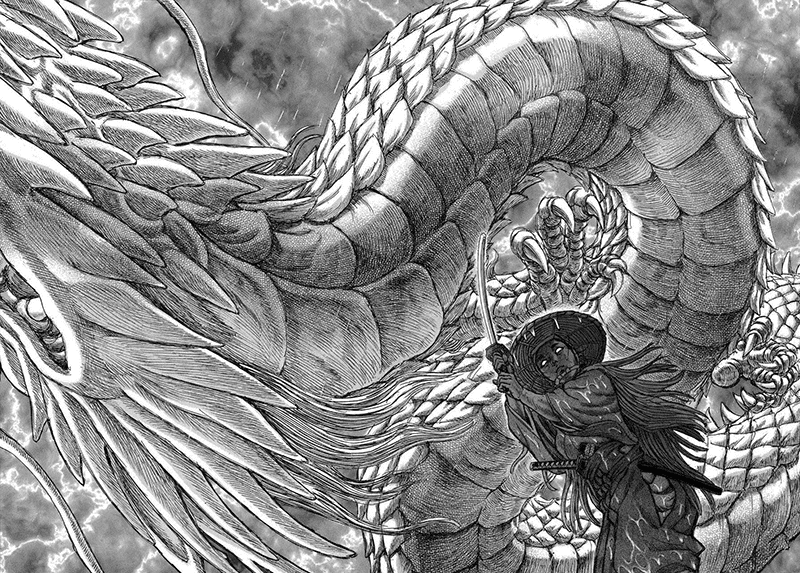
Takayuki Yamaguchi’s art is extraordinary. Every panel is meticulously detailed, from sweeping architectural shots to shockingly realistic wounds. The duels are tense, precise, and unforgettable, blending beauty with horror in a way few manga manage. Nature scenes offer brief moments of serenity before the story plunges back into violence.
Shigurui isn’t without flaws. A later detour into a side arc disrupts the pacing, and the ending feels abrupt due to the manga only adapting the first chapter of the original novel. Even so, Shigurui remains a striking, brutal, and atmospheric masterpiece of historical storytelling. Fans of grounded samurai fiction and dark seinen drama shouldn’t miss it.
Genres: Action, Historical, Drama, Tragedy, Martial Arts
Status: Completed (Seinen)
Sanctuary

Buronson and Ryoichi Ikegami’s Sanctuary is one of the best manga to blend political ambition with yakuza power struggles. It’s a gripping crime thriller built on a simple but compelling premise: two men vow to reshape Japan, each choosing a different path to power.
Chiaki Asami pursues political power, climbing the ranks of government through strategy, manipulation, and calculated charisma. His childhood friend Akira Houjo takes the opposite path, rising through the yakuza and uniting fractured gangs under his leadership. The tension between these two narratives gives Sanctuary much of its appeal. Chapters alternate between backroom political maneuvering and explosive underworld conflict, making the manga feel both grand in scope and grounded in personal stakes.
Ikegami’s art is another highlight. His realistic character design, sharp facial expressions, and cinematic panel layout give the series a mature, stylish atmosphere. Boardroom meetings carry the same intensity as turf wars, and Tokyo’s nightlife and political chambers feel alive and imposing.
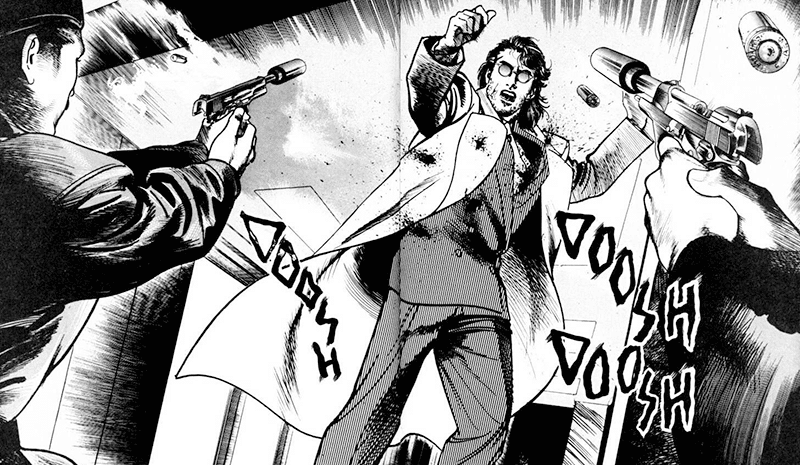
The cast is filled with ambitious, larger-than-life figures, but Isaoka stands out as a ruthless, intelligent rival who challenges the protagonists on an ideological and personal level. His presence alone elevates the drama.
The series has some flaws, particularly its dated portrayal of women and an increasing reliance on operatic plot developments in later volumes.
Even so, Sanctuary remains a gripping, fast-paced crime epic, perfect for readers who enjoy political intrigue, criminal empires, and morally complex protagonists.
Genres: Crime, Political Thriller
Status: Completed (Seinen)
Innocent
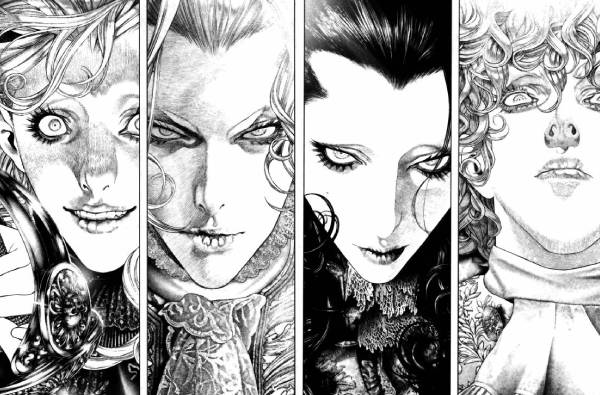
Shinichi Sakamoto’s Innocent and its sequel Innocent Rouge form one of the most visually striking and emotionally intense historical manga ever made. The story is set in 18th-century France and follows the royal executioner of Paris, Charles-Henri Sanson, as well as his sister Marie-Joseph, as they are confronted with duty, cruelty, and the shifting social tensions leading toward the French Revolution.
What makes Innocent stand out as one of the best manga in historical seinen is its atmosphere. Sakamoto transforms real events into a dramatic, almost operatic narrative filled with symbolic imagery, theatrical character expressions, and a tone that shifts between intimate drama and grand spectacle. The series is less concerned with strict realism and more with capturing the emotional and psychological pressure placed on the Sanson family.
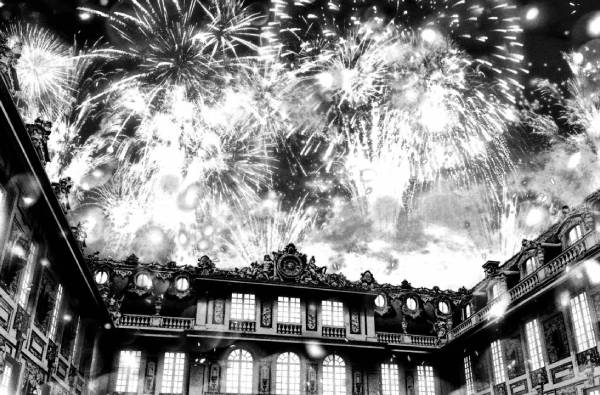
Sakamoto’s artwork here is breathtaking. Readers are treated to richly detailed clothing, baroque architecture, and striking character design. Even the manga’s most brutal scenes, including executions and public punishments, are rendered with a haunting elegance that makes them impossible to look away from. Sakamoto’s use of light and texture gives every chapter an almost mythic weight.
The story itself is unconventional. Time jumps, surreal imagery, visual metaphors, and flamboyant character interpretations give the series a dreamlike quality that may surprise readers expecting a straightforward biographical piece. Yet, this bold style is precisely what makes Innocent so memorable.
If you want a historical drama that blends emotional depth with some of the most beautiful artwork in manga, Innocent is an unforgettable reading experience.
Genres: Historical, Drama, Psychological
Status: Completed (Seinen)
Battle Angel Alita

Battle Angel Alita by Yukito Kishiro remains one of the standout titles in cyberpunk manga and a constant recommendation when discussing the best manga within the genre. It blends gritty action, emotional storytelling, and dense worldbuilding into a unique, stylish experience that still holds up today.
The series begins when cybernetics doctor Daisuke Ido discovers the remnants of a cyborg girl in the Scrapyard, a massive junk-city beneath the floating utopia of Zalem. After restoring her and naming her Alita, he watches her develop from an amnesiac girl into a fierce warrior determined to uncover her past. Alita’s journey is not only about survival but also about self-discovery, and this emotional core keeps the story grounded even as the action becomes increasingly intense.
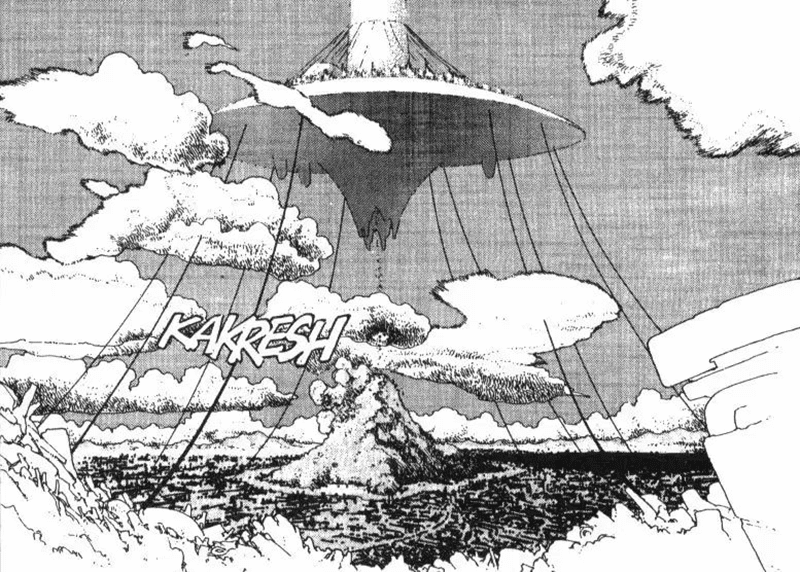
The worldbuilding is one of the manga’s greatest strength. While Zalem stands as a symbol of unreachable perfection, the Scrapyard is a chaotic blend of crime, poverty, cybernetics, and danger. This contrast between the two worlds gives the series constant tension. The action scenes are equally impressive, especially during the iconic Motorball arc, where Kishiro delivers high-speed, kinetic battles with incredible clarity and energy.
Alita herself shines as a protagonist. Her growth, resilience, and fierce independence give the series its emotional weight. Combined with its imaginative cybernetic design and fast-paced storytelling, Battle Angel Alita stands as one of the best manga for readers seeking a classic, hard-edged cyberpunk experience.
Genres: Cyberpunk, Sci-Fi, Action
Status: Completed (Seinen)
Yamikin Ushijima-kun
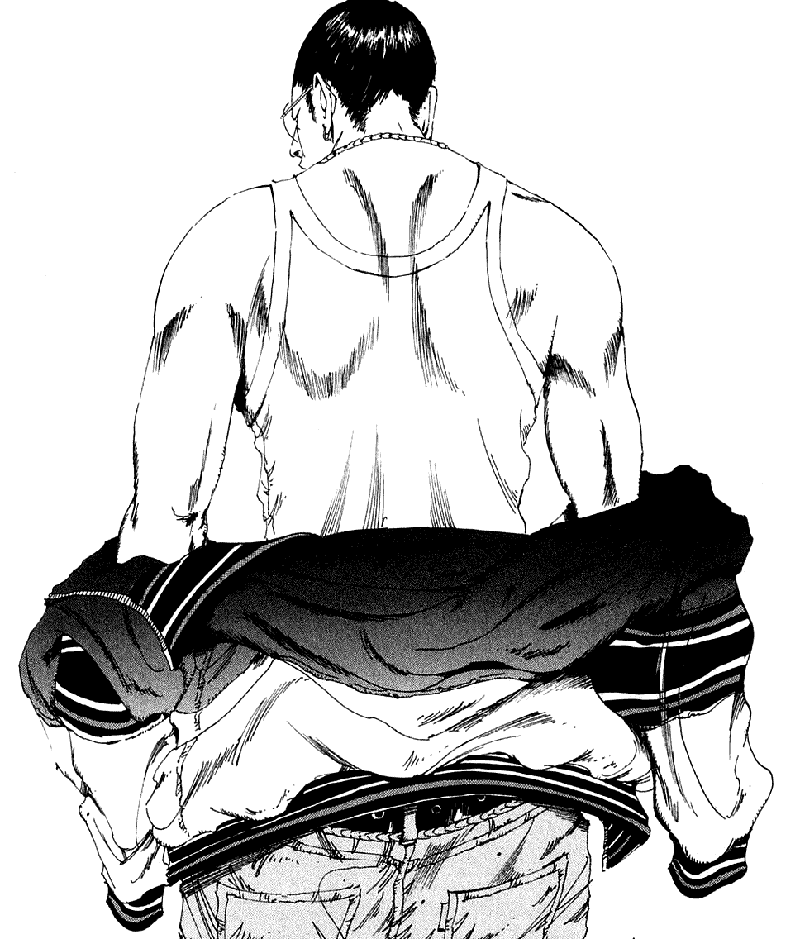
Manabe Shōhei’s Yamikin Ushijima-kun is one of the most unrelenting and darkest crime manga ever written. Set deep within Japan’s illegal money-lending underworld, it delivers a bleak but gripping look at debt, exploitation, and the people who are crushed between them. For readers who enjoy grounded crime stories, it easily ranks among the best manga for exploring society’s harshest corners.
The series follows Kaoru Ushijima, a loan shark who offers short-term loans at outrageous rates. His clients range from gamblers to salarymen to young people drowning in bad decisions. Ushijima isn’t a hero. He’s methodical, intimidating, and willing to use any means necessary to reclaim his money. Yet as the story unfolds, it becomes clear he’s far from the worst predator in this world. Compared to gangsters, scammers, and corporate abusers, Ushijima often feels like the least monstrous figure in the story.
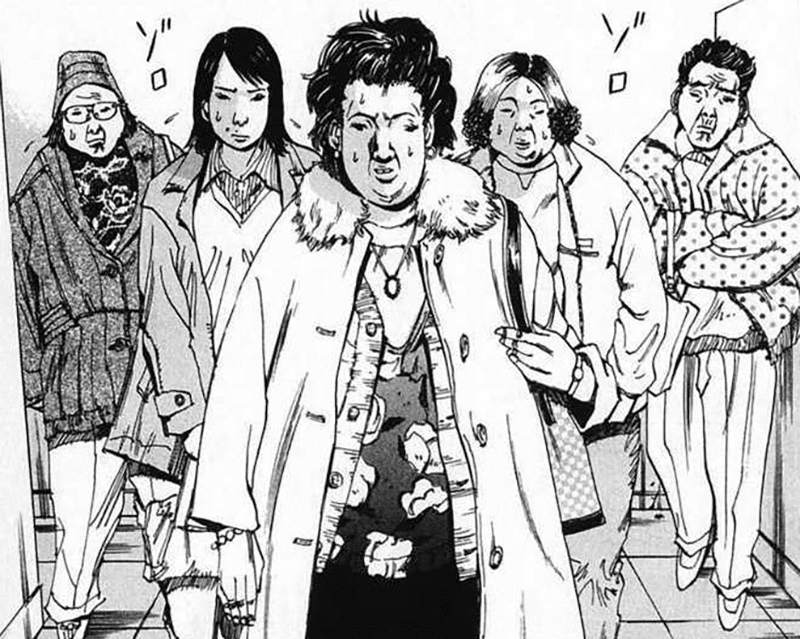
What makes this manga stand out is its realism. Each arc follows a different client and shows how quickly someone’s life can unravel. Most stories end in tragedy, but occasional glimmers of human resilience strike even harder because of the surrounding despair.
Manabe’s gritty art style reinforces the brutal tone. Characters look like real people, and the oppressive environment feels alive and unforgiving. Nothing here is glamorized.
Bleak, intense, and disturbingly authentic, Yamikin Ushijima-kun is a must-read for fans of psychological crime drama and one of the strongest seinen titles of its kind.
Genres: Crime, Psychological, Drama
Status: Completed (Seinen)
Onani Master Kurosawa
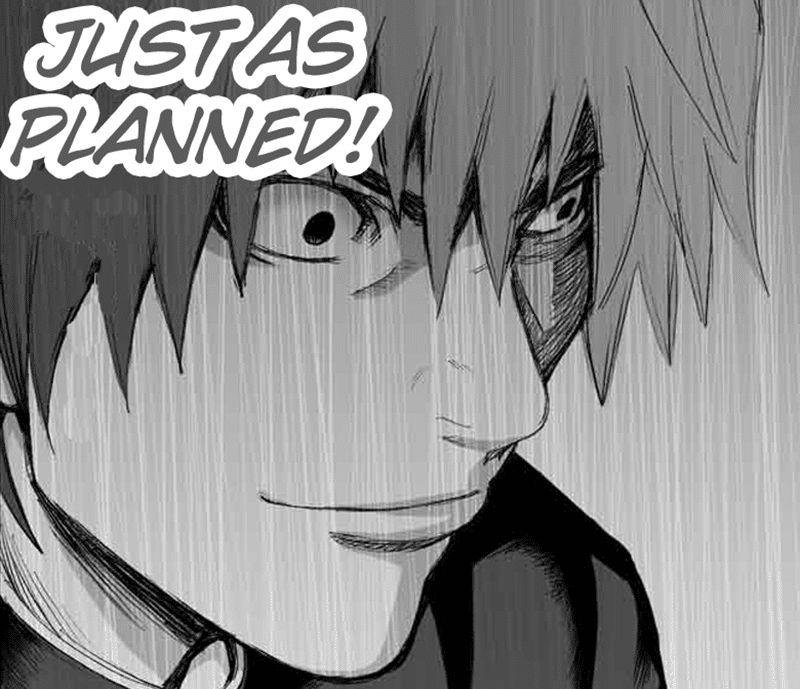
Onani Master Kurosawa is one of the most surprising and emotionally resonant coming-of-age manga I’ve read. Despite its provocative title, this is not a raunchy comedy but a grounded, character-driven drama that stands out as one of the best manga about guilt, adolescence, and redemption.
Kakeru Kurosawa is a withdrawn middle school student who spends most of his time avoiding others. When he witnesses a quiet classmate, Aya Kitahara, being bullied, he retaliates in his own twisted way by weaponizing a secret hobby he indulges in. Kitahara soon discovers what he’s done and blackmails him into continuing these acts, creating a spiral of shame, moral conflict, and emotional fallout.
What makes this manga exceptional is how naturally it evolves. The first chapters read like a dark parody of power fantasy, but the tone gradually shifts into something far more intimate. Kurosawa’s internal voice, his awkwardness, and his painfully honest self-reflection make him a compelling and believable protagonist. As the story progresses, it moves from shock value to genuine personal growth, capturing the messy and often painful reality of teenage insecurity.
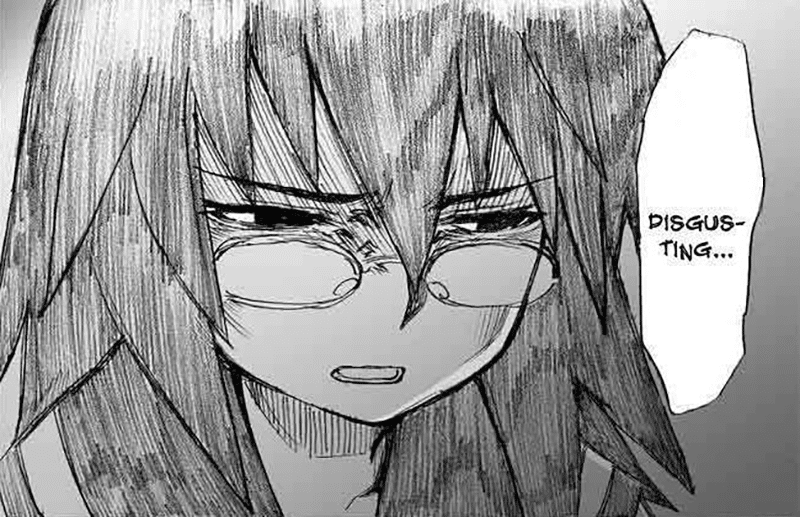
The art is simple but expressive, with strong attention to emotion and body language. There is no fanservice here. Any sexual elements serve the narrative and reinforce Kurosawa’s uncomfortable self-awareness.
Unexpectedly sincere and emotionally rewarding, Onani Master Kurosawa is a powerful reminder of how far a seemingly edgy premise can go when handled with honesty and empathy.
Genres: Drama, Coming-of-Age
Status: Completed (Seinen)
The Fable
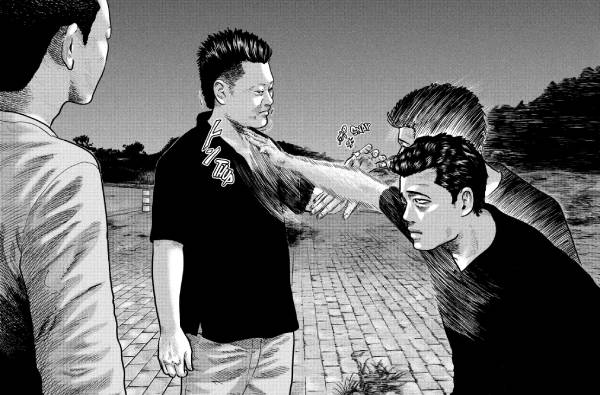
The Fable by Katsuhisa Minami is one of the best manga for readers who enjoy crime stories with a unique twist. Rather than glorifying violence, it blends sharp black comedy with grounded slice-of-life moments to create a surprisingly heartfelt portrait of an assassin struggling to live a normal life.
The story follows Akira Satou, a legendary hitman known only as the Fable. After years of flawless kills, his boss orders him to take a mandatory year-long vacation. Along with his partner Youko, who pretends to be his sister, he moves to Osaka under a new identity. His mission is simple on paper: live quietly, get a regular job, and avoid killing. Watching this ultra-efficient killer navigate mundane tasks, odd coworkers, and awkward social interactions is both hilarious and strangely charming.
Minami’s artwork reinforces this mood. The realistic linework, expressive faces, and detailed cityscapes give everything a grounded feeling. When violence erupts, it feels sharp and sudden, contrasting the quieter, character-driven moments that dominate the story.
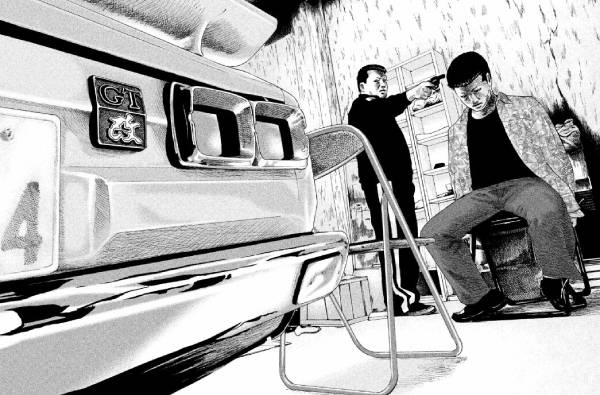
The cast is another highlight. Akira’s deadpan personality creates constant comedic friction, while Youko and the various yakuza and civilians around him give the world depth and texture.
Funny, tense, and unexpectedly human, The Fable stands out as one of the best seinen manga of recent years. It delivers a fresh spin on the assassin genre through humor, subtle character work, and grounded storytelling.
Genres: Crime, Slice of Life, Dark Comedy
Status: Completed (Seinen; followed by The Fable: The Second Contact)
20th Century Boys
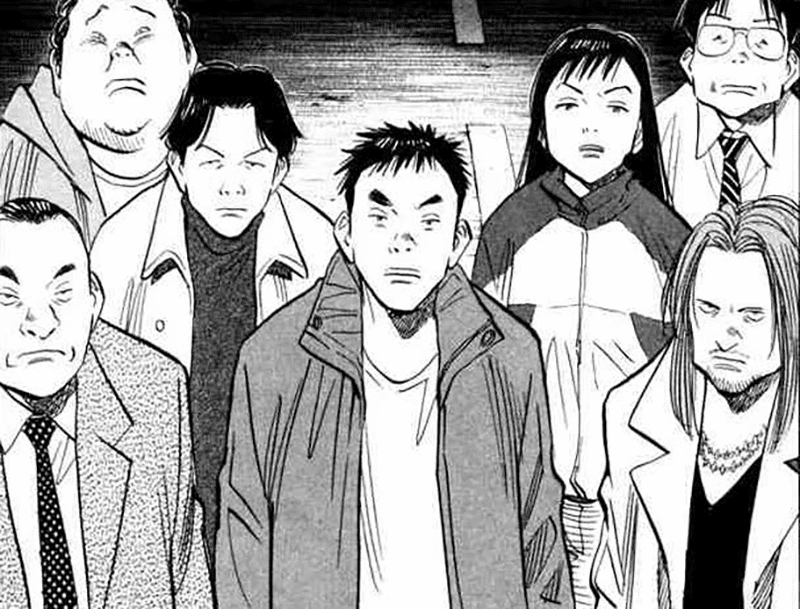
20th Century Boys by Naoki Urasawa is one of the best manga for readers who enjoy layered mysteries, long-form conspiracies, and character-driven storytelling. It begins with Kenji Endo, a former musician now living a quiet life, until the death of an old friend and the rise of a strange cult pull him back into his past. The masked leader known only as Friend begins reenacting scenarios from a Book of Prophecy Kenji and his friends wrote as children, turning childhood imagination into a real-world threat.
What sets 20th Century Boys apart is its structure. The story jumps between multiple eras, from Kenji’s youth in the 60s and 70s to the late 90s and even into the future, but Urasawa handles these transitions with precision. Each timeline reveals new truths about the characters, deepens the mystery, and keeps the reader hooked with constant reveals.
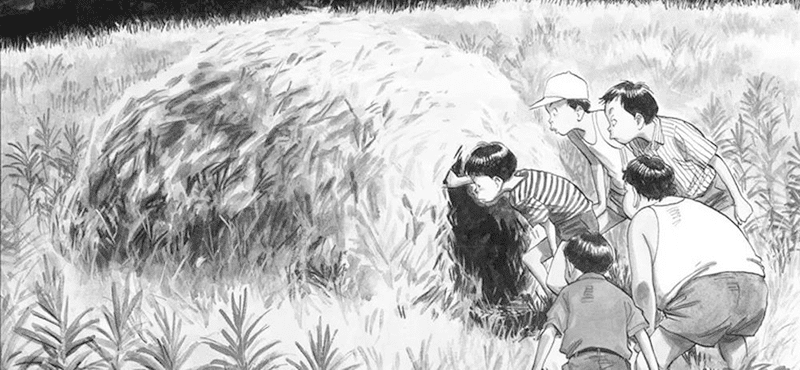
The cast is one of the manga’s biggest strengths. Even minor characters feel fully realized, and watching Kenji’s old friends reconnect as adults gives the story weight and emotional grounding. Urasawa’s art style complements the slow-building tension, turning quiet scenes into moments filled with unease.
While later arcs become more chaotic and ambitious, the core mystery remains compelling throughout. For fans of intricate thrillers, conspiracies, and ensemble storytelling, 20th Century Boys is easily one of the best manga to get lost in.
Genres: Mystery, Thriller
Status: Completed (Seinen)
Tokyo Ghoul
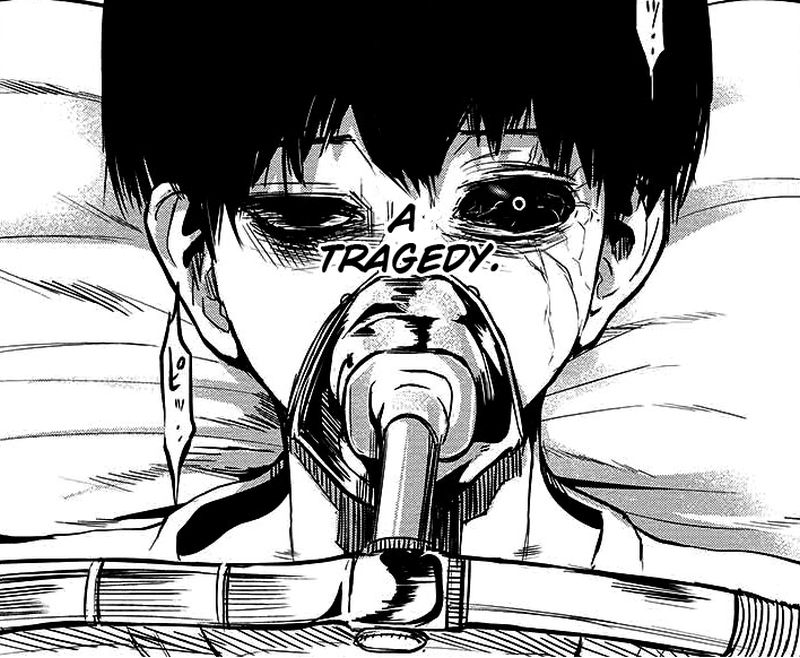
Tokyo Ghoul by Sui Ishida blends action, tragedy, and urban horror into one of the best manga for readers who enjoy darker, more emotionally charged storytelling. Set in a modern world where flesh-eating ghouls hide among humans, the series follows Ken Kaneki, an introverted college student. His life changes drastically after an accident leaves him as a half-ghoul. Suddenly caught between two worlds, Kaneki struggles to understand his new identity while surviving in a society built on fear and violence.
One of the manga’s greatest strengths is how it humanizes both sides of the conflict. Through Anteiku Café and its residents, we see the quiet, tragic lives of ghouls trying to coexist, while the CCG investigators offer an opposing perspective. As the story scales up, faction wars, experiments, and high-stakes battles push Kaneki toward a darker and more determined version of himself.

Ishida’s artwork is striking. Heavy shadows, expressive character designs, and organic flow of the kagune abilities create a tense, oppressive atmosphere. Fight scenes feel chaotic yet stylish, and the urban landscape gives the series a gritty realism that makes every confrontation hit hard.
Tokyo Ghoul explores themes of identity, alienation, and the blurry line between human and monster. Not all characters are satisfying, and some backstories are exploited for tragic impact, but the dramatic intensity of the main story remains consistent throughout.
For fans of horror-tinged action and morally complex storytelling, Tokyo Ghoul stands out as one of the best manga in modern seinen.
Genres: Horror, Action, Mystery, Tragedy
Status: Completed (Seinen)
One Punch Man
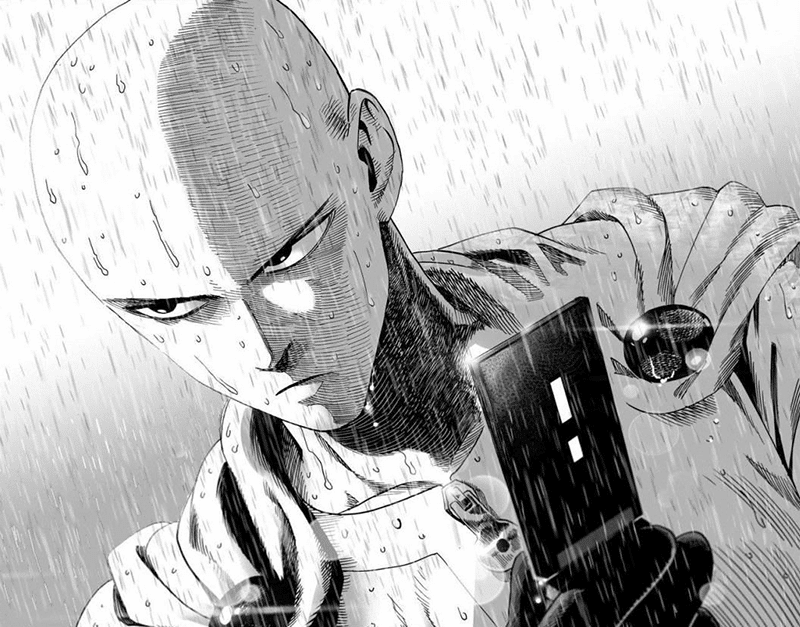
Few manga combine high-end action and absurd comedy as effortlessly as One Punch Man by ONE and Yusuke Murata. Built on a deceptively simple premise, it delivers one of the best manga experiences for readers who want both explosive battles and sharp humor.
The manga follows Saitama, an ordinary man who trained himself to unimaginable strength. Now capable of defeating any opponent with a single punch, he joins the Hero Association but quickly realizes that overwhelming power brings one problem: life becomes boring. What could have been a repetitive, one-note gag becomes something far richer thanks to the manga’s ensemble cast. Much of the tension and worldbuilding comes from heroes like Genos, Tatsumaki, and the unforgettable King, as well as Garou, whose arc is one of the most compelling in modern action manga.
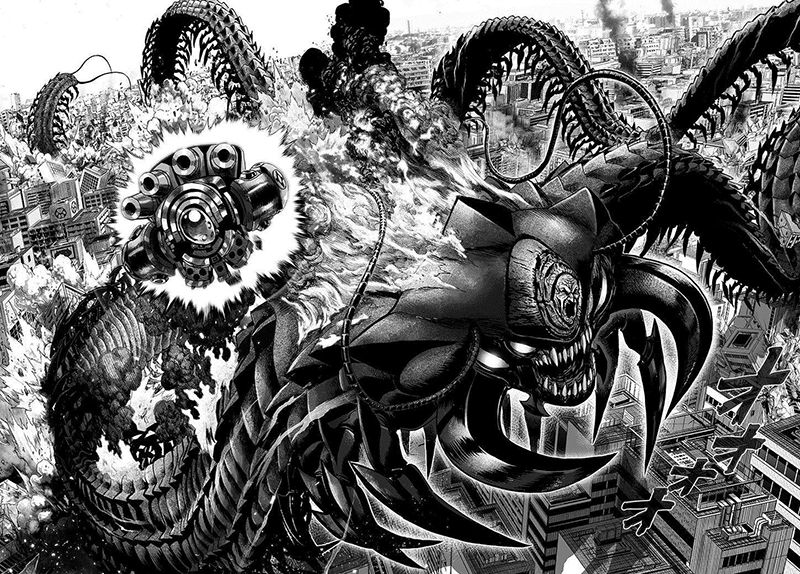
Murata’s artwork is world-class. His detailed monster designs, dynamic fight choreography, and massive spreads create some of the most breathtaking action sequences in contemporary manga. The Monster Association arc, in particular, showcases his ability to balance chaos, clarity, and cinematic impact.
While the series sometimes slows down due to Murata’s perfectionism and frequent redraws, the final product is consistently stunning. Every major battle feels larger than life, and every comedic beat lands thanks to Saitama’s deadpan brilliance.
For fans of action-comedy, creative fights, and stylish art, One Punch Man remains one of the best manga to dive into.
Genres: Action, Comedy, Superhero
Status: Ongoing (Seinen)
Blood on the Tracks
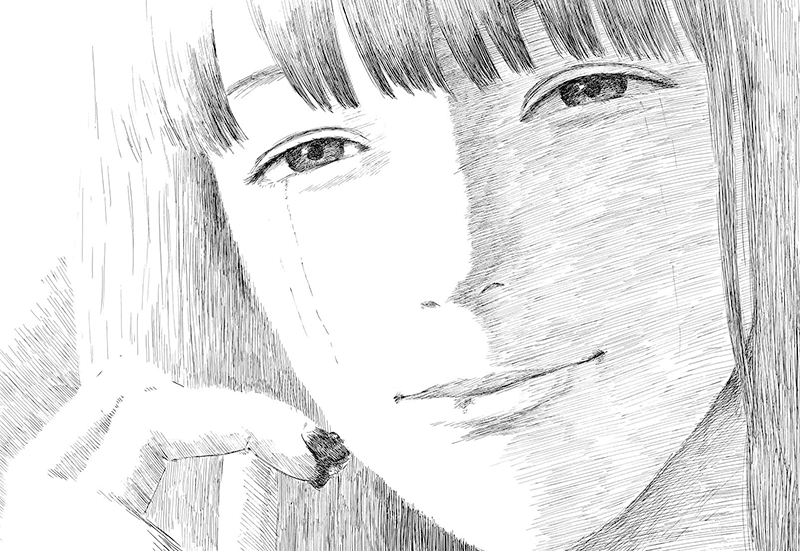
Blood on the Tracks by Shūzō Oshimi is among the most disturbing psychological manga of the past decade and easily one of the best manga for readers who enjoy dark, character-driven stories. Instead of relying on violence or shock value, the series builds its tension through raw emotion, claustrophobic atmosphere, and an unflinching look at toxic family dynamics.
Seiichi Osabe is an ordinary middle-school boy living under the watchful eye of his loving mother, Seiko. What begins as overprotectiveness slowly reveals itself as something far more unsettling. A single shocking moment early in the series changes the tone of the story entirely and traps Seiichi in a cycle of fear, guilt, and emotional dependency that only worsens as the manga progresses.
Blood on the Tracks is masterful in its pacing. Oshimi often dedicates entire chapters to subtle expressions or quiet interactions, forcing readers to sit with the same tension and confusion Seiichi feels. This slow-burn approach makes even mundane scenes feel dangerous. The horror comes not from monsters or violence, but from the psychological grip one person can have on another.
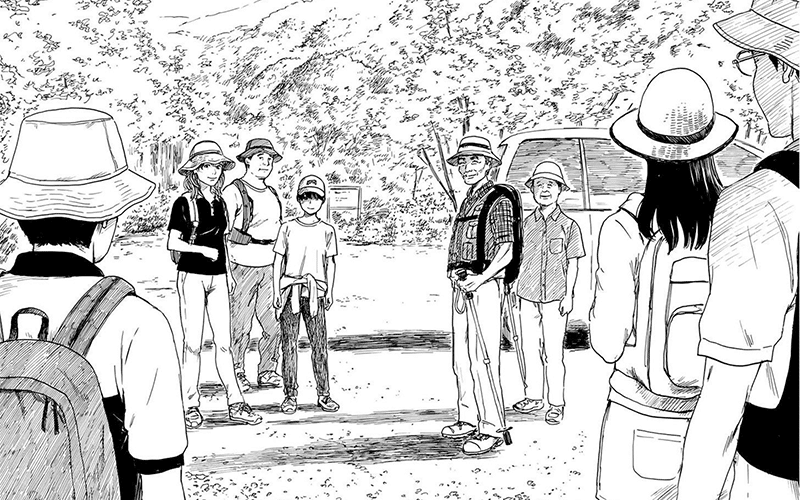
Oshimi heightens this discomfort through close-up panels that linger on expressions, while his stark backgrounds and precise linework create a chilling sense of isolation. Every panel feels intimate and invasive at the same time.
If you’re interested in unsettling character studies, emotionally intense storytelling, or psychological horror, Blood on the Tracks is a must-read and one of the best manga in the modern seinen landscape.
Genres: Horror, Psychological, Tragedy, Philosophical, Slice of Life
Status: Completed (Seinen)
Liar Game

Liar Game by Shinobu Kaitani is one of the smartest and most addictive psychological thrillers in manga, and easily one of the best manga for fans of strategy-focused stories. It mixes high-stakes mind games, shifting alliances, and constant tension into a series that keeps you guessing from beginning to end.
The setup is simple but brutal. We meet the impossibly honest Kanzaki Nao, who’s tricked into participating in the Liar Game, a tournament centering on deception and manipulation. After losing her money almost immediately, she turns to Akiyama Shinichi, a brilliant ex-con and master strategist. Together they form an unlikely team, combining Akiyama’s genius with Nao’s integrity in an effort to take down the organization behind the game.
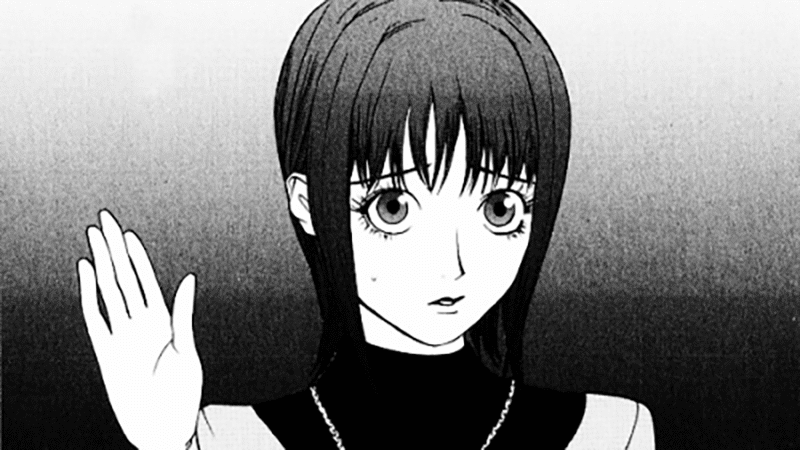
The heart of the manga lies in its competition. Each round introduces new rules and psychological traps, forcing both characters and readers to think several steps ahead. From high-pressure majority votes to complex multi-team challenges, every match is a battle of logic, bluffing, and human nature. Rivals like Yokoya and Harimoto add even more intensity, creating some of the series’ most thrilling arcs.
Kaitani’s art is clean and expressive, emphasizing sharp reactions, tense standoffs, and dramatic reveals. While some rule explanations can drag and the ending is somewhat abrupt, the series remains exceptional as a whole.
If you enjoy tactical battles, unpredictable twists, and psychological warfare, Liar Game is one of the best manga you can pick up.
Genres: Psychological, Thriller, Mystery
Status: Completed (Seinen)
Shonen Manga
Shonen manga are typically aimed at teenage readers, which means they often prioritize fast pacing, big emotions, and explosive action. These series lean into adventure, rivalry, and momentum, creating some of the most iconic moments in manga history. Still, every shonen title on this list goes beyond the basics, standing out through exceptional storytelling, memorable characters, or sheer cultural impact.
If you want more shonen recommendations, you can explore my list of the best shonen manga.
Death Note
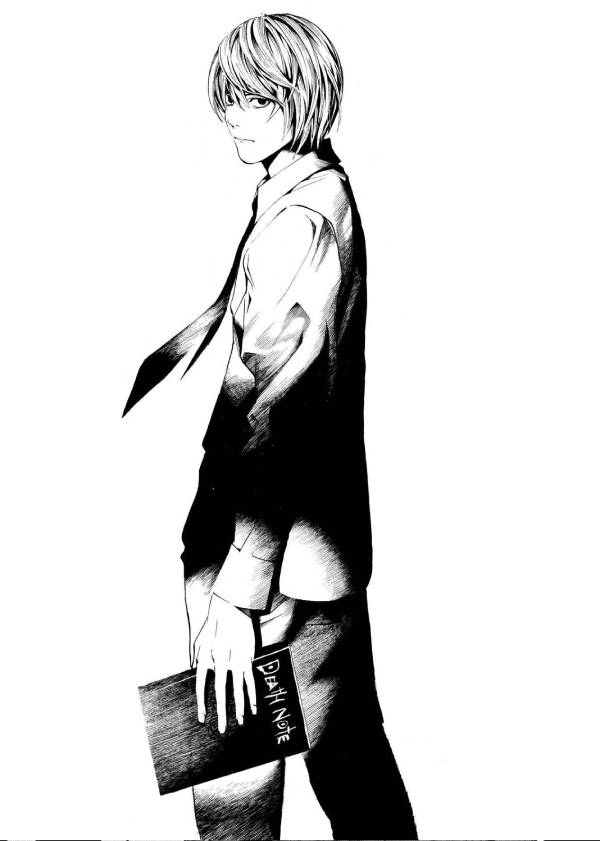
Death Note stands as one of the rare shonen titles that completely changed what the genre could achieve. Instead of relying on flashy battles or power systems, it delivers a tense, psychological duel built entirely on intellect, strategy, and moral ambiguity. For many readers, it remains one of the best manga for introducing newcomers to darker, more mature storytelling in shonen.
The story introduces Light Yagami, a brilliant but bored student who discovers the Death Note, a supernatural notebook that can kill anyone whose name is written in it. What begins as an experiment quickly escalates into an attempt to reshape the world, putting him in direct conflict with L, an eccentric detective whose mind matches Light’s at every turn. Their rivalry fuels the first half of the series, which is packed with mind games, clever reveals, and some of the strongest cat-and-mouse tension in manga.
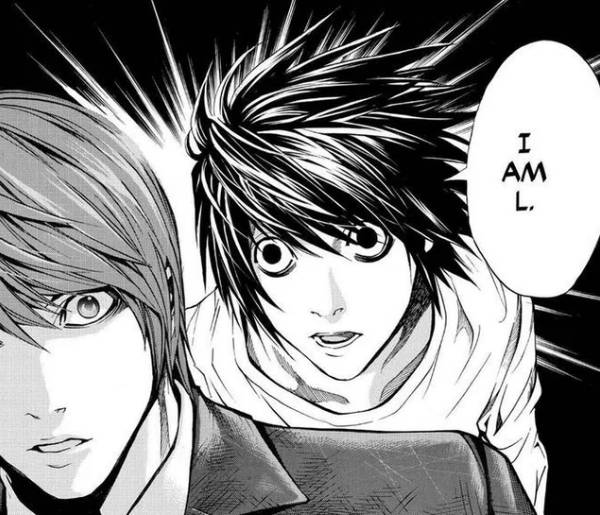
Takeshi Obata’s art enhances every moment. Using sharp contrasts, cinematic framing, and expressive character work, he turns even dialogue-heavy scenes into gripping set pieces. Ryuk’s eerie design and the notebook’s gothic aesthetic also give the manga a distinct atmosphere.
The later arcs introduce new players and shift the dynamic, which some readers find less impactful, yet the overall tension and thematic weight remain strong. Even with its imperfections, Death Note is a gripping, stylish thriller that redefined shonen storytelling and remains essential reading for anyone interested in psychological battles.
Genres: Mystery, Psychological Thriller, Supernatural
Status: Completed (Shonen)
Fullmetal Alchemist
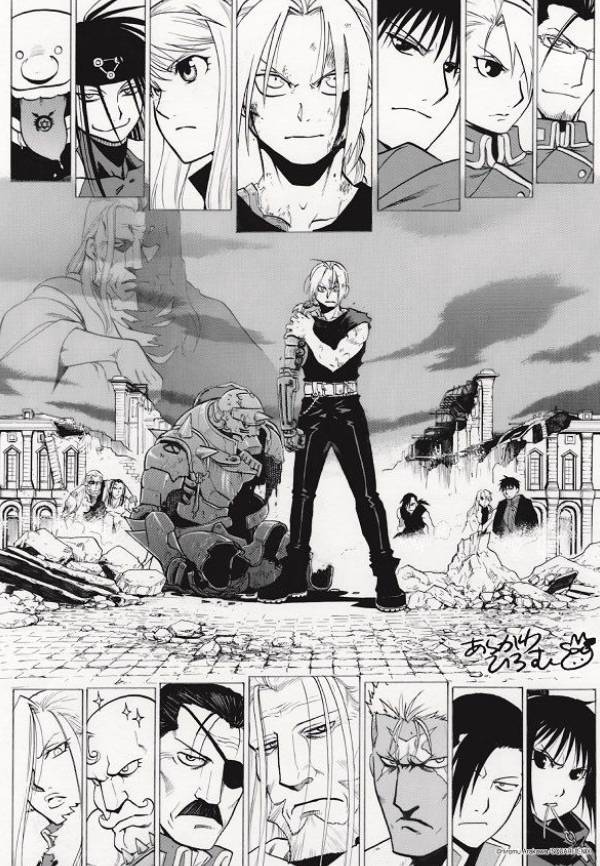
Fullmetal Alchemist by Hiromu Arakawa is often cited as one of the best shonen battle manga ever made, and it earns that praise through a rare mix of tight plotting, emotional depth, and imaginative worldbuilding.
The story follows brothers Edward and Alphonse Elric, two young alchemists who search for the Philosopher’s Stone after a forbidden ritual leaves Ed missing limbs and Al trapped inside a suit of armor. What begins as a straightforward quest quickly becomes a layered adventure filled with political intrigue, military corruption, and hard moral questions.
One of the manga’s greatest strengths is its setting. Amestris feels grounded in a way few shonen worlds do, with industrial cities, a rigid military hierarchy, and a history of war casting a shadow over every arc. Characters like Scar and the Homunculi give the story weight by embodying themes of revenge, grief, and humanity’s darker impulses. Even the villains are complex, and the larger mystery surrounding Father keeps the tension building all the way to the end.

The brothers’ bond remains the emotional heart of the story. It drives the narrative forward and gives each conflict real stakes, while the supporting cast around them is equally memorable, especially characters like Roy Mustang and Riza Hawkeye. Arakawa’s artwork balances crisp action with expressive character work, making every battle easy to follow and the emotional moments hit harder.
Fast-paced, thoughtful, and consistently engaging, Fullmetal Alchemist is not only one of the best manga for new readers but a standout example of long-form shonen storytelling done right.
Genres: Action, Adventure, Fantasy, Mystery
Status: Completed (Shonen)
Hunter x Hunter
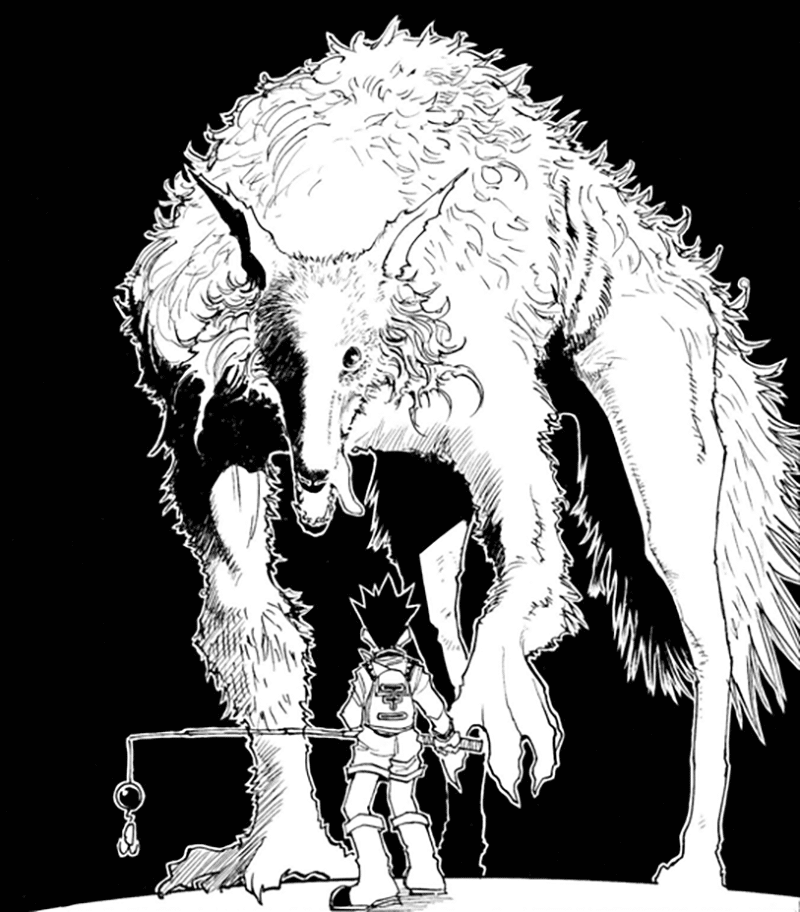
Yoshihiro Togashi’s Hunter x Hunter looks like a standard adventure series at first, but it quietly grows into one of the smartest and most daring shonen manga out there. It absolutely earns its place among the best manga for readers who want strategy, tension, and character depth in every battle.
We follow Gon Freecs, a cheerful young boy who sets out to become a Hunter to find his missing father. The early Hunter Exam arc feels like classic shonen fun, full of trials, strange locations, and a colorful cast. The real turning point comes with the introduction of Nen, a meticulous power system that turns every fight into a tactical mind game instead of a simple clash of strength.
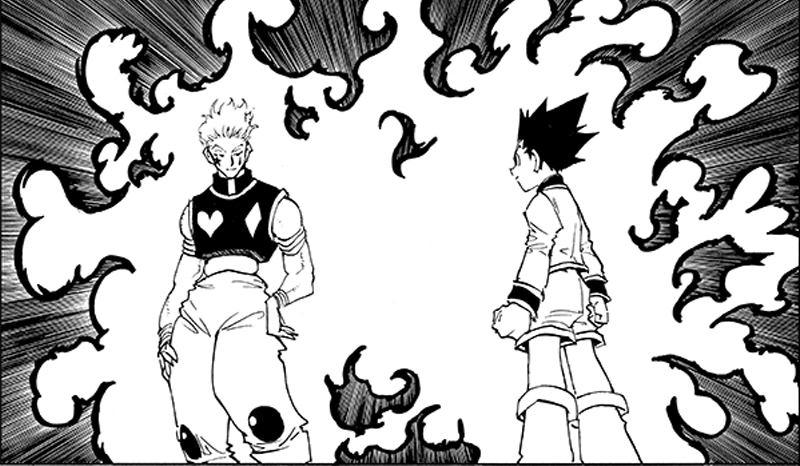
The cast is a huge part of the manga’s appeal. Gon’s bond with Killua gives the story emotional weight, while antagonists like the unhinged Hisoka, the Phantom Troupe, and later the Chimera Ant King bring a constant sense of danger. Hunter x Hunter also becomes far darker and more ruthless than most shonen, especially in the Chimera Ant arc, where the body count and moral ambiguity skyrocket.
Togashi’s art can be inconsistent, but when it lands, the layout and fights are fantastic. More importantly, the storytelling constantly reinvents itself, shifting tone and format in ways few long-running series dare.
If you want a long, intricate shonen that breaks its own rules and keeps surprising you, Hunter x Hunter is easily one of the best manga you can pick up.
Genres: Adventure, Fantasy, Action
Status: On Hiatus (Shonen)
Chainsaw Man
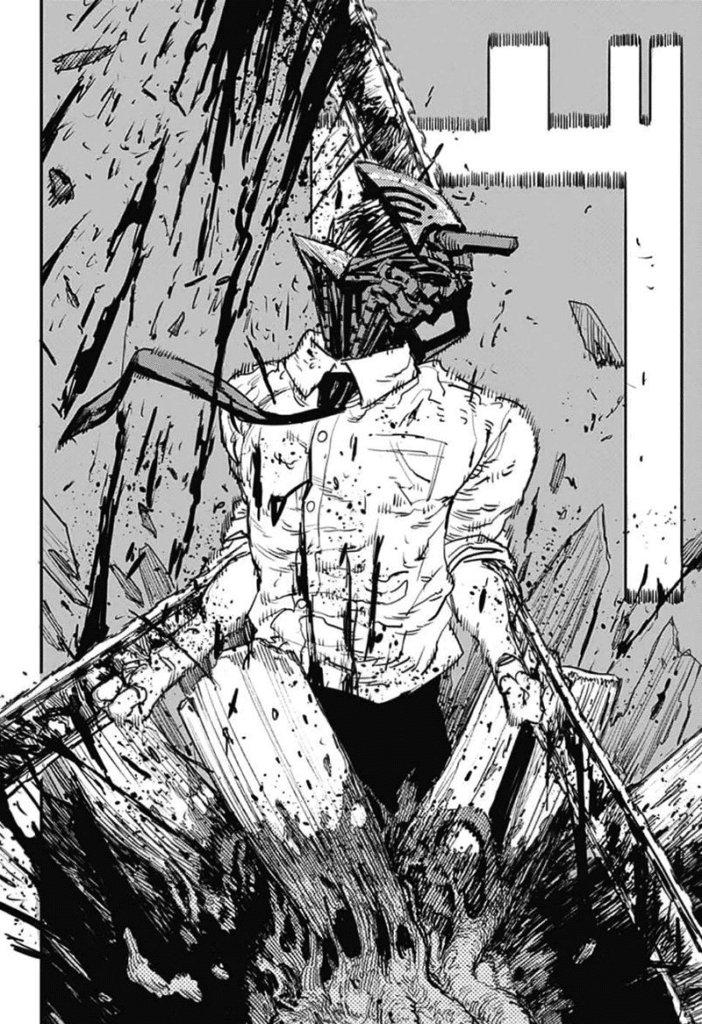
Tatsuki Fujimoto’s Chainsaw Man might be the most exhilarating and strange modern shonen series, and a strong contender for anyone building a list of the best manga to read today. What begins as a chaotic premise quickly becomes a cleverly layered story filled with over-the-top violence, dark humor, and escalating depth.
The manga introduces Denji, a broke teenager drowning in debt. After a brutal betrayal, he’s forced to merge with his pet devil Pochita, allowing him to transform into Chainsaw Man. From there, he’s recruited by the Public Safety Bureau to hunt devils, setting the stage for a wild mix of horror, action, and offbeat comedy. While the concept sounds absurd, Fujimoto uses it to explore trauma, identity, and the need for connection in a world that constantly dehumanizes its characters.
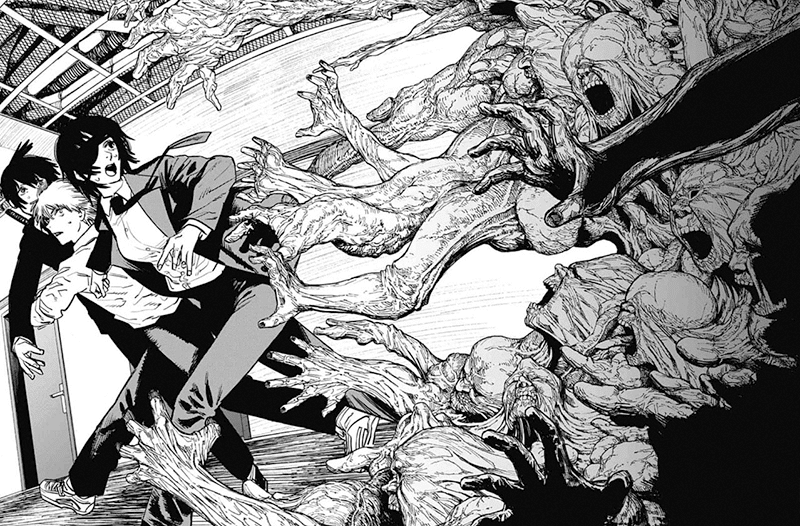
Denji is a refreshingly honest protagonist. His goals are simple and crude, but his search for affection and stability gives the story a surprising heart. The supporting cast is equally memorable, from Power’s chaotic energy to Aki’s quiet tragedy and Makima’s chilling presence. Every character feels distinct and unpredictable.
Fujimoto’s raw, scratchy artwork fits the tone perfectly. The fights are frantic, messy, and creative, with devil designs that range from grotesque to sublime. The manga constantly shifts moods, moving from absurd comedy to bleak nihilism to sudden bursts of emotion, creating a rhythm that feels unlike anything else in shonen.
Unpredictable, violent, and strangely heartfelt, Chainsaw Man stands out for its originality and fearless storytelling. If you want a high-energy shonen series that breaks tradition at every turn, this is one of the best manga you can pick up.
Genres: Horror, Supernatural, Action, Comedy
Status: Ongoing (Shonen)
Attack on Titan
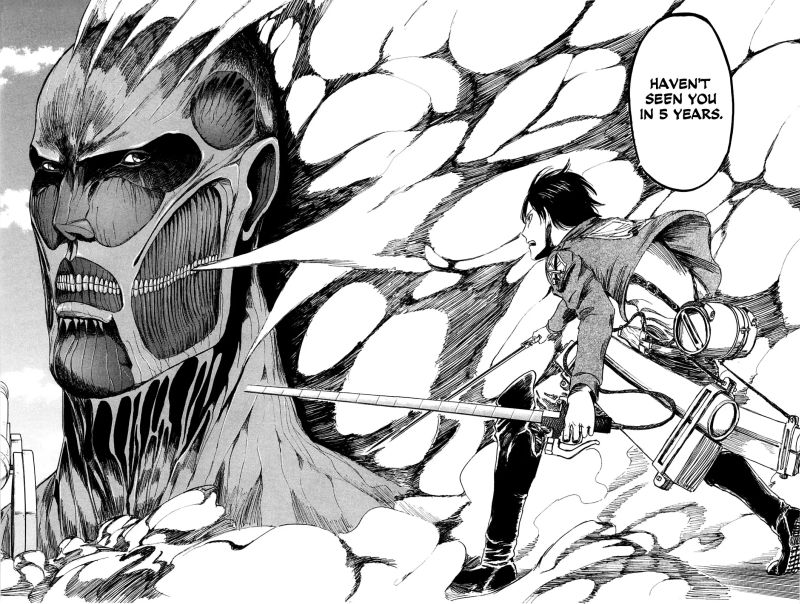
Attack on Titan by Hajime Isayama is one of the most influential dark fantasy shonen series of the past two decades and still earns a place among the best manga for fans who enjoy high-stakes survival and grand-scale mystery. What begins as a desperate fight against monstrous creatures evolves into a sprawling political thriller with some of the most surprising twists in modern shonen.
The premise is immediately gripping. Humanity survives within three massive walls that protect them from Titans, eerie humanoids that devour humans without reason. When the outer wall is breached, Eren Yeager loses everything and vows revenge. His journey with Mikasa and Armin takes him from terrified military recruit to member of the Survey Corps, a unit that ventures past the walls to uncover the truth behind the Titans and humanity’s forgotten past.
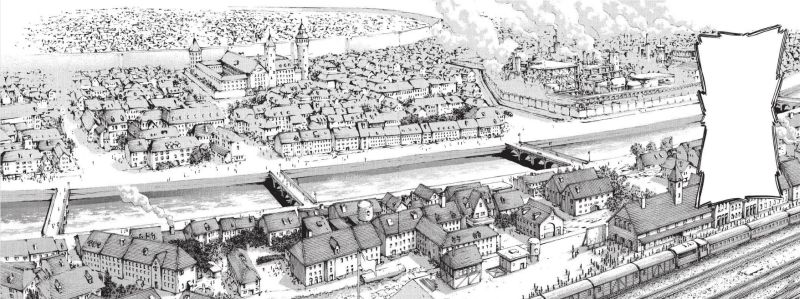
One of the strongest and most divisive elements of Attack on Titan is how dramatically the story shifts. Early chapters deliver claustrophobic horror and frantic action using the iconic maneuvering gear, but later arcs expand the world, revealing conspiracies, warring nations, and questions of freedom and oppression. The narrative twists keep the series unpredictable and emotionally charged.
Isayama’s evolution as an artist is striking. While the early volumes look rough, the art quickly becomes more confident, atmospheric, and cinematic. The design of the Titans is as memorable as it is unsettling, blending blank expressions with sudden, violent motion.
While the ending remains divisive to this day, the journey there is unforgettable. For anyone seeking a tense, lore-heavy story packed with action and moral complexity, Attack on Titan remains one of the best manga to dive into.
Genres: Dark Fantasy, Action, Mystery, Post-Apocalyptic
Status: Completed (Shonen)
Blue Lock
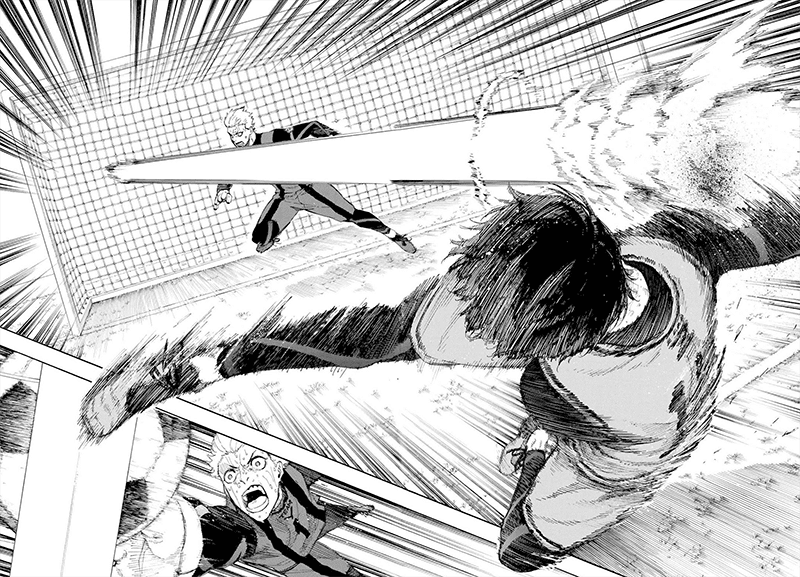
Blue Lock by Muneyuki Kaneshiro is one of the most explosive and addictive sports manga of recent years, and easily one of the best manga to read if you enjoy high-stakes, character-driven competition. I usually don’t read sports manga, and soccer has never been a personal interest of mine, yet Blue Lock has still become one of the few series I keep up with weekly. It proves you don’t need to love the sport to get hooked purely by hype.
The premise alone sets it apart. Japan wants to create a world-class striker, so the eccentric coach Jinpachi Ego builds Blue Lock, a ruthless training program where 300 talented young strikers compete. Only one will make the national team. Everyone else loses their future in Japanese football. This transforms soccer into a psychological survival game, where individuality, ego, and ambition matter more than teamwork.
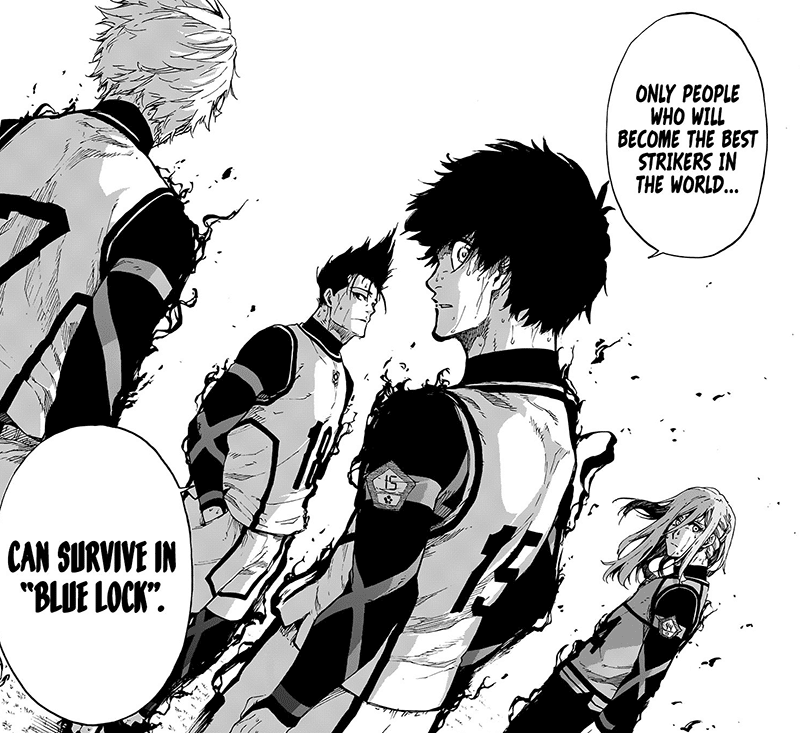
Yoichi Isagi begins as an average player, but his spatial awareness and adaptability give him an edge. The thrill comes from watching him evolve while facing a cast of unforgettable rivals like Bachira, Nagi, Chigiri, Barou, and later Kaiser, who serves as Isagi’s perfect mirror and antagonist.
The art is the series’ major highlight. Yusuke Nomura’s dynamic spreads turn every play into a dramatic showdown, visualizing each character’s weapons with monstrous auras, sharp expressions, and intense motions. Even a single pass can feel like a tactical maneuver in a battle manga.
From brutal elimination rounds to the escalating U-20 arc, Blue Lock keeps raising the stakes without losing its identity. It’s ridiculous and over-the-top, but absolutely gripping. Even if you don’t care about soccer, like me, it’s almost impossible not to get swept up in its energy.
Genres: Sports, Action
Status: Ongoing (Shonen)
Sakamoto Days

Sakamoto Days begins with a simple gag premise, yet it quickly reveals itself as one of the most stylish and sharply choreographed series in modern shonen. Yuto Suzuki’s modern-day masterpiece follows Taro Sakamoto, once the deadliest hitman alive, who retired and now runs a convenience store after falling in love. His peaceful life does not last. Assassins, rogue agents, and old enemies constantly resurface, forcing Sakamoto to defend himself while honoring his vow not to kill again.
What makes this series one of the best manga for pure action fans is its humor, inventiveness, and exceptional fight choreography. Suzuki’s art is fast, fluid, and crystal clear, turning every encounter into a visual spectacle.
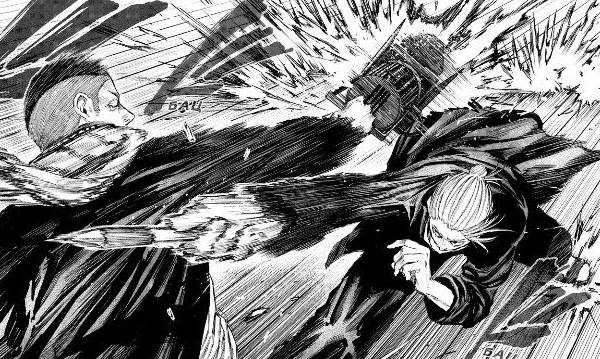
The comedy is top-notch, with Sakamoto’s deadpan reactions, retired-dad energy, and the absurd contrast between his gentle personality and terrifying skills. Even in later chapters, the humor still hits, and combined with stylish dialogue and reactions, it creates a unique tone that’s both funny and high-stakes.
As the story expands, Sakamoto Days reveals its true nature. We’re introduced to conspiracies, elite assassins and such standout characters like Nagumo, Shishiba, or Mr. Takamura. From here on out, the series changes from a lighthearted comedy into a full-blown battle shonen with some of the best fights not only in modern shonen but in the genre as a whole.
Sakamoto Days is currently my favorite ongoing shonen series. It’s fun, stylish, and consistently hype, perfect for readers who want explosive action paired with sharp humor and unforgettable characters.
Genres: Action, Comedy
Status: Ongoing (Shonen)
Alice in Borderland
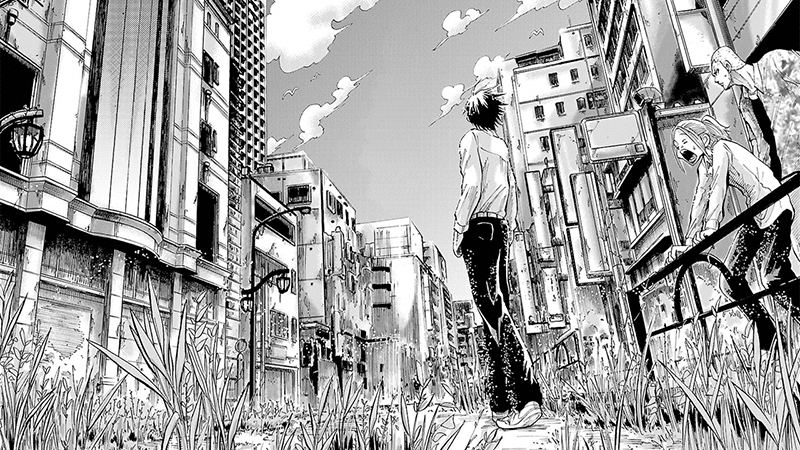
Haro Aso’s Alice in Borderland is one of the sharpest and most engaging death-game series of the past decades, and easily one of the best manga to check out if you enjoy high-stakes survival stories. It blends clever game design with psychological tension and teamwork into a fast, addictive read.
The story follows Ryohei Arisu, a listless teenager who suddenly finds himself transported to a deserted Tokyo known as the Borderland. To stay alive, he and the other trapped players must clear deadly games that follow a suit-based difficulty system. Spades test physical ability, clubs demand teamwork, diamonds challenge strategic thinking, and hearts push emotional and psychological limits. This structure keeps every arc fresh, with games that range from brutally straightforward to intricately clever.
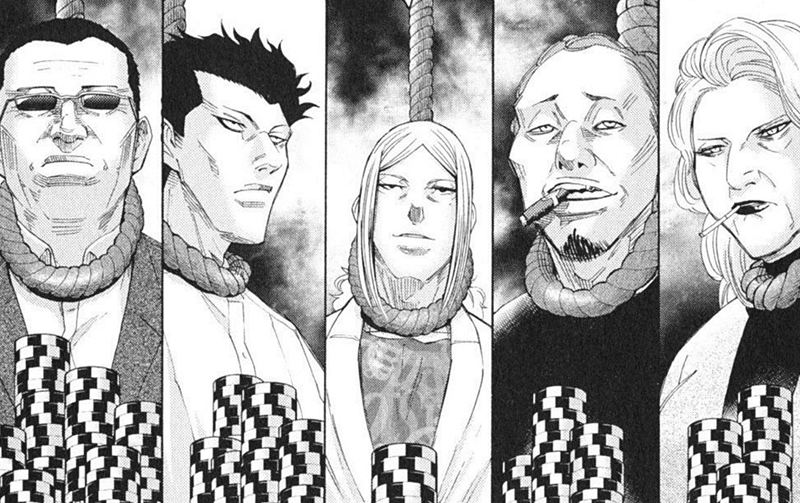
Haro Aso’s art heightens the tension. The abandoned cityscapes, elaborate game arenas, and bursts of violence are all rendered with crisp detail, and the paneling makes even complex scenarios easy to follow. Arisu is also a refreshing protagonist for the genre. He’s intelligent but not superhuman, emotional yet never melodramatic, which makes his growth feel authentic. Characters like Usagi and the enigmatic Chishiya further enrich the story with their own motivations and memorable moments.
Some later arcs shift focus to side characters, which can feel uneven, and the ending has divided readers. Still, the series remains consistently gripping. With its inventive challenges, tight pacing, and strong emotional core, Alice in Borderland is a must-read for fans of death game and survival thrillers.
Genres: Survival, Psychological Thriller,
Status: Completed (Shonen)
Fist of the North Star
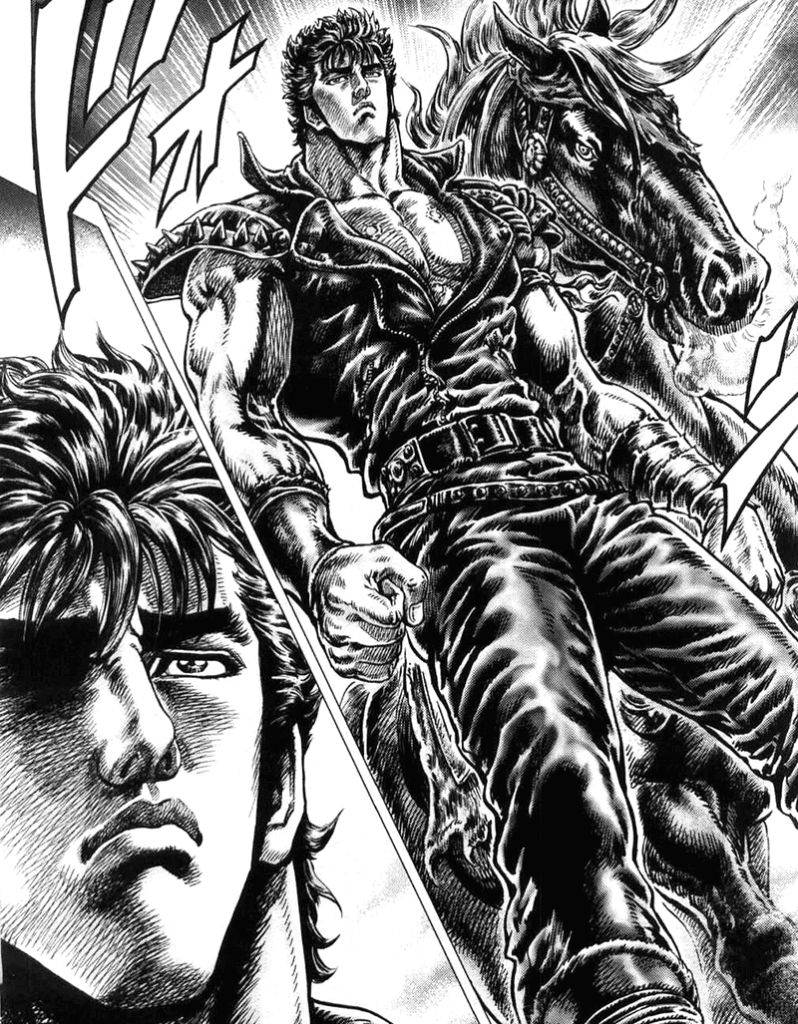
Fist of the North Star is a pillar of classic action storytelling and remains one of the best manga to come out of the 1980s. Buronson and Tetsuro Hara created a post-apocalyptic epic that blends martial arts spectacle, grit, and tragic heroism into a world where every fight feels operatic. Even decades later, there’s nothing quite like it.
The story follows Kenshiro, the stoic heir to the deadly martial art Hokuto Shinken. Wandering a post-apocalyptic wasteland ruled by gangs and tyrants, he protects the weak with pinpoint strikes that cause enemies to explode from within. The premise is simple, but the execution is unforgettable. Every confrontation carries weight, every villain feels larger than life, and every chapter reinforces an atmosphere of raw power and masculinity.
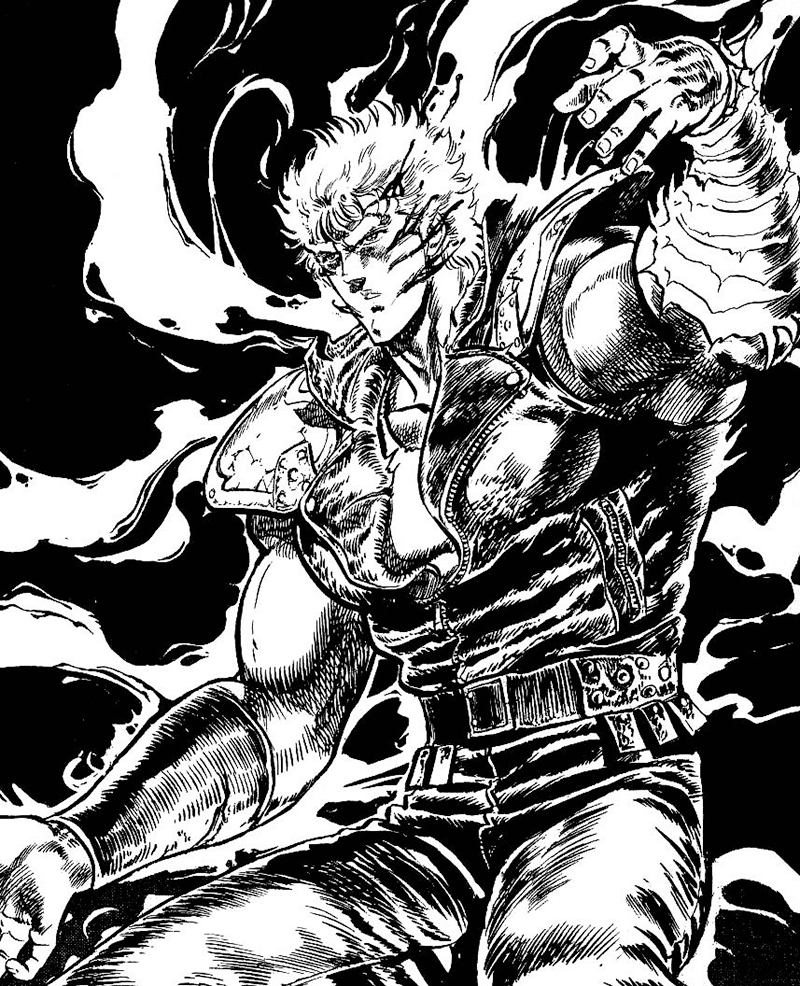
Hara’s artwork is a perfect match for the tone. Massive physiques, devastated landscapes, and bone-crushing battles fill the page with intensity. His evolving style gives the series a dramatic, almost mythic quality, turning Kenshiro into an archetype for the wandering savior. Side characters like Rei and Mamiya, as well as antagonists like Raoh, enrich the narrative with honor and emotional depth that goes far beyond its reputation for violence.
Fist of the North Star is not flawless and can feel episodic, but its influence is undeniable. For fans of shonen action, larger-than-life battles, and pure martial arts spectacle, it remains a must-read that showcases the roots of many modern favorites.
Genres: Action, Martial Arts, Post-Apocalyptic
Status: Completed (Shonen)
A Silent Voice
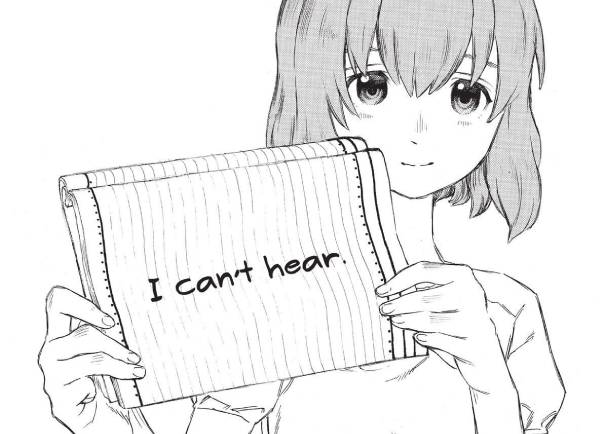
An outlier on this list, yet one of the most emotionally powerful shonen series of the past decade, A Silent Voice trades high-energy battles for a somber, intimate story about guilt, empathy, and the long road toward redemption. It’s also one of the best manga for readers who want a character-driven coming-of-age narrative with real emotional weight.
The story begins with Shouya Ishida, a wild elementary schooler who bullies Shouko Nishimiya, a deaf girl who joins his class. What begins as childish teasing quickly becomes real cruelty, culminating in Shouko transferring schools. When the class turns on Shouya and brands him the sole culprit, he becomes isolated and consumed by self-loathing.
In high school, Shouya attempts to make amends. His reunion with Shouko becomes the heart of the manga. Their interactions are fragile, awkward, painful, and quietly hopeful. Shouya is not magically redeemed, and Shouko is not obligated to forgive him, which gives the story a grounded emotional maturity rarely seen in shonen.
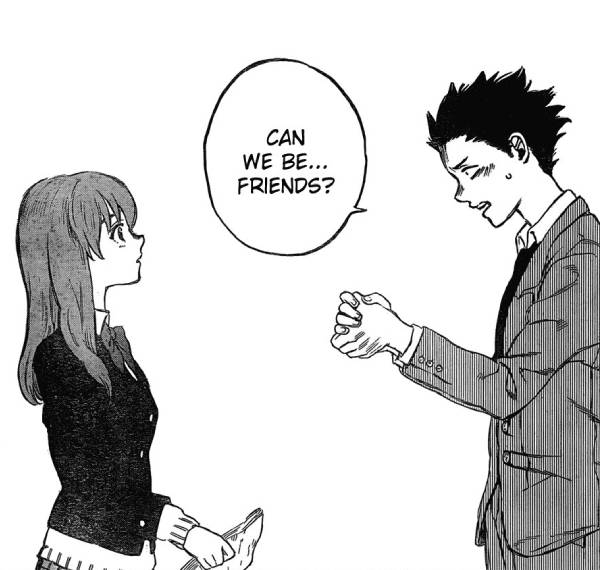
Oima’s detailed art enhances the story, helping simple expressions, small gestures, and moments of silence carry as much weight as dialogue. The clean linework and careful paneling make every emotional beat land with precision.
A Silent Voice succeeds not through spectacle but through honesty. It’s a deeply human manga about taking responsibility, learning to communicate, and facing the part of yourself you’d rather ignore. For readers seeking a thoughtful, emotional experience, it’s easily one of the best manga to pick.
Genres: Drama, Romance, Slice of Life, Psychological
Status: Completed (Shonen)
Horror Manga
Horror manga has grown into one of the most beloved genres among readers worldwide. Some horror titles are rightfully considered among the best manga of all time, thanks to their unforgettable atmosphere and disturbing creativity. Whether you enjoy supernatural chills, twisted psychological stories, or full-blown cosmic terror, every manga in this section is absolutely worth your time.
I decided to focus this section on titles not created by Junji Ito, but if you’re looking for more information about his works, I urge you to check out my list of the best Junji Ito stories.
If you want to dive even deeper, you can also explore my complete list of the best horror manga.
Gannibal
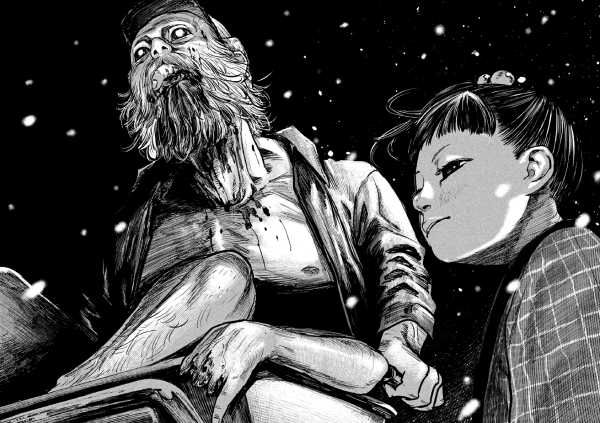
Among modern horror series, Gannibal stands out as one of the most gripping and underrated titles. It’s a rural paranoia thriller that mixes family drama, suspense, and cannibal terror into a tightly wound narrative. For readers seeking the best manga in the grounded horror category, this is an immediate standout.
Daigo Agawa is a police officer who’s transferred with his family to a remote mountain village. The locals appear friendly, but there’s something deeply wrong beneath the surface. The villagers avoid direct questions, his predecessor vanished without explanation, and he soon clashes with the powerful Goto family, which holds eerie influence over everyone. The discovery of a mutilated corpse leads Daigo to suspect that some of the rumors surrounding the village may be horrifyingly true.
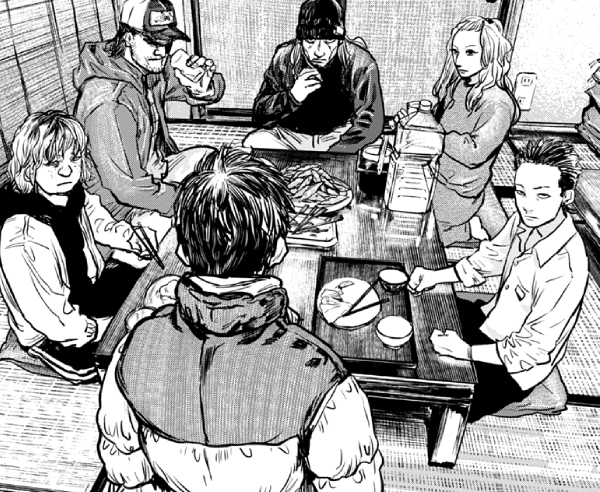
Gannibal succeeds largely because of its atmosphere. Every chapter feels suffocating, filled with tense conversations, half-truths, and the sense that danger is only a few steps away. Masaaki Ninomiya’s art amplifies this mood through expressive faces, grim rural landscapes, and sudden bursts of violence that are disturbing without feeling sensationalized.
Daigo himself is a strong lead, driven yet flawed, and his family adds emotional weight to the story’s escalating dread. The Goto family is equally compelling, with many of their members written with a mix of intimidation and mystery, keeping the reader constantly unsure about their motives.
Grounded, slow-burning, and genuinely unnerving, Gannibal is a must-read for anyone interested in realistic psychological horror. It’s one of the best manga to pick up if you enjoy tense, atmospheric thrillers rooted in human darkness rather than the supernatural.
Genres: Horror, Mystery, Psychological, Crime
Status: Completed (Seinen)
Hellsing

Hellsing remains one of the most unapologetically stylish horror action series ever published. Kouta Hirano’s cult classic blends vampires, gore, and heavy gunfire into a chaotic spectacle that feels closer to a graphic grindhouse film than traditional manga. If you enjoy intense supernatural battles and theatrical villains, this is easily one of the best manga to pick up in the horror-action space.
The story follows Alucard, an ancient vampire employed by the Hellsing Organization, a secret group tasked with eliminating supernatural threats across Britain. Alucard is a force of nature who delights in combat, toys with his enemies, and serves as both weapon and monster. Alongside him are Seras Victoria, a rookie vampire trying to hold on to her humanity, and Integra Hellsing, the stoic leader who holds the reins of the entire operation.
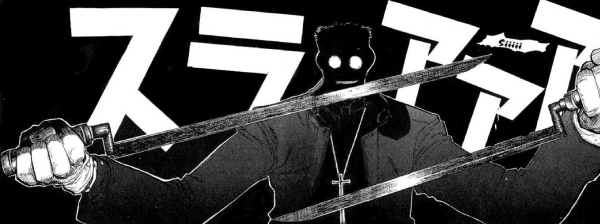
Hellsing thrives on spectacle. Each encounter escalates into explosive, high-energy brutality, whether the heroes are facing ghouls, fanatical crusaders, or the infamous Millennium organization and its army of engineered vampires. The cast is packed with memorable personalities, particularly Alexander Anderson and the Major, whose larger-than-life presence amplifies the manga’s manic tone.
Hirano’s artwork evolves quickly. What begins as rough becomes sharp, bold, and striking, driven by heavy blacks and aggressive layouts that make every battle feel cinematic.
Hellsing is not subtle, and it doesn’t want to be. It’s bloody, loud, and wildly entertaining, perfect for readers who want horror delivered with maximum style and attitude.
Genres: Horror, Action, Supernatural, Vampire
Status: Completed (Seinen)
6000
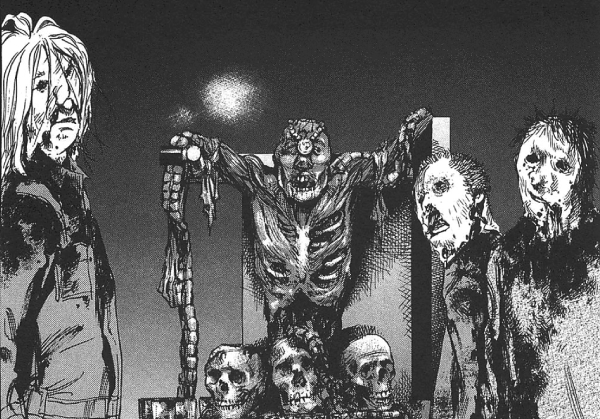
Nokuto Koike’s 6000 is one of the most suffocating and atmospheric deep-sea horror manga ever written, and a standout pick for anyone looking for the best manga that leans into psychological dread and cosmic unease. Set inside an undersea research station located 6,000 meters below the surface, the story follows a small crew sent to restart the facility and investigate what happened to the previous team. From the moment they arrive, the pressure of the ocean seems to warp both their surroundings and their sanity.
What makes 6000 so effective is its atmosphere. The artwork is dense with shadows, rough textures, and tight framing that amplifies the sense of confinement. As the crew explores, they are plagued by strange visions and soon realize that something is very wrong. When the horror strikes, it’s abrupt, grotesque, and deeply unsettling.
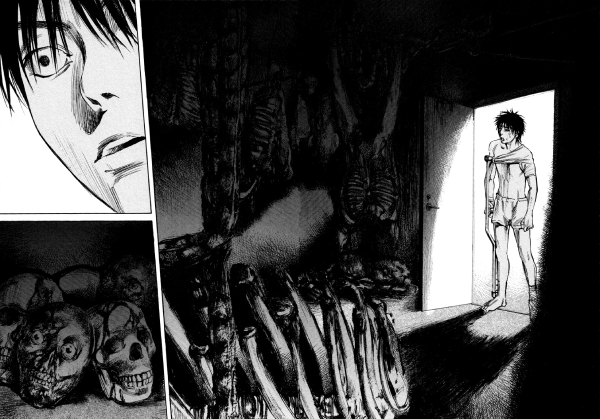
This is a manga that prioritizes mood over clarity. Scenes often unfold with minimal dialogue, relying on eerie visuals and disorienting panel transitions to pull the reader into the same paranoia the characters experience. The story can be cryptic and the cast isn’t deep, but these elements work in service of the creeping, dreamlike fear that defines the series.
If you enjoy cosmic horror, claustrophobic settings, or stories that blur the line between hallucination and reality, 6000 is an unforgettable experience. It’s grim, haunting, and easily one of the most underrated horror titles you can read.
Genres: Horror, Psychological, Survival, Cosmic Horror
Status: Completed (Seinen)
Fuan no Tane

Fuan no Tane is among the most unique and effective horror manga ever made. Instead of relying on a traditional narrative, it delivers rapid-fire scares through tiny, self-contained vignettes. Each chapter is only a few pages long and usually features nothing more than an everyday setting, an unsuspecting bystander, and an encounter with something deeply wrong. There’s no exposition, no character development, and almost no dialogue. The manga strips horror down to its barest essentials, which is exactly why it works so well. It understands that the unknown is often more frightening than any explanation.
The atmosphere is relentless. Masaaki Nakayama’s grounded art style makes the everyday environment feel familiar, then twists it with sudden intrusions of the uncanny. Faces warp into impossible shapes, limbs bend where they shouldn’t, and ghostly silhouettes emerge from hallways, windows, or doorframes. The timing of each reveal is immaculate, leading to scares that land with precision and clarity. Even the shortest chapters leave a lasting impact.
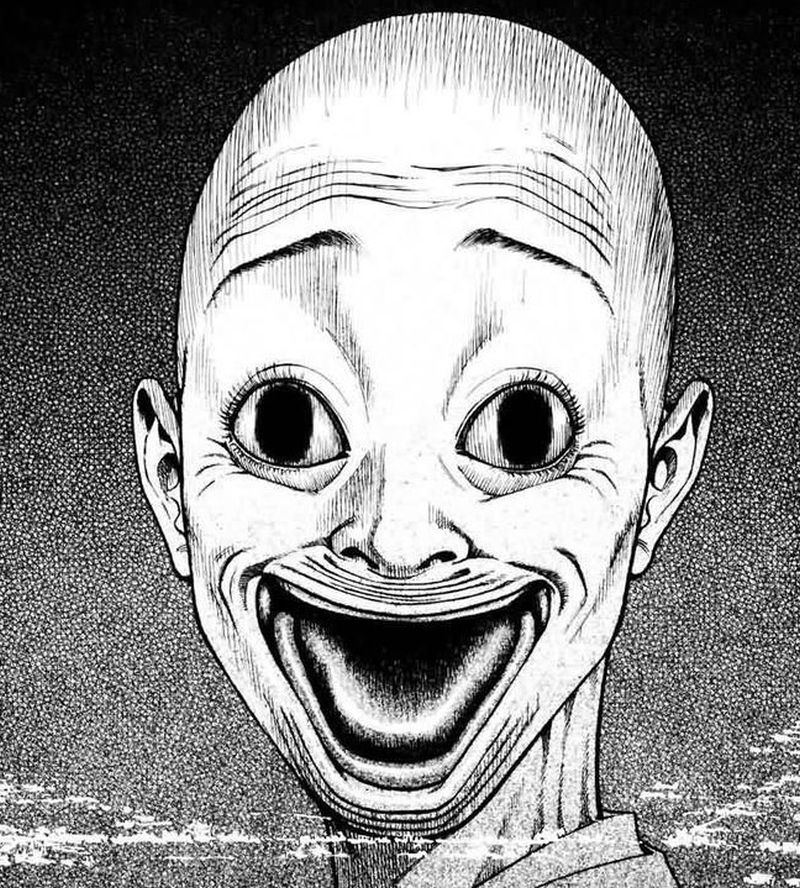
Fans who enjoy Fuan no Tane will find a natural continuation in PTSD Radio, Nakayama’s spiritual successor. It retains the short-form structure but expands the concept with interconnected stories tied to a single horrifying presence known as the God of Hair. The result is a more cohesive and escalating experience that builds on everything Fuan no Tane established.
For readers who want pure atmospheric horror distilled into quick, unforgettable shocks, Fuan no Tane remains one of the best manga in the genre.
Genres: Horror, Supernatural, Psychological
Status: Completed (Shonen)
Nikubami Honegishimi
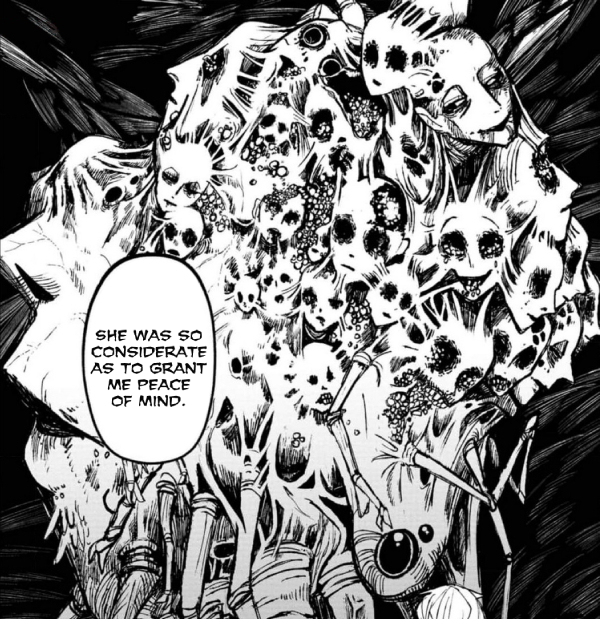
Nikubami Honegishimi is the most recent entry on this list, yet already stands out as one of the best manga for readers who love atmospheric and folkloric horror. Created by Paregoric, it blends urban legend, investigative mystery, and grotesque supernatural encounters through a dual timeline structure that keeps you constantly on edge.
The story opens in 1999, following the eccentric Inubosaki, who works as an editor for an occult magazine, and her friend Asama, a photographer, as they document strange phenomena across rural Japan. Each of those encounters functions like a short horror vignette, featuring everything from haunted objects to eldritch monsters. In the present day, set in 2023, Inubosaki’s nephew searches for answers about her mysterious death, reconnecting with Asama, now a seasoned psychic. The narrative alternates between these eras, gradually revealing a larger, sinister pattern beneath the standalone scares.
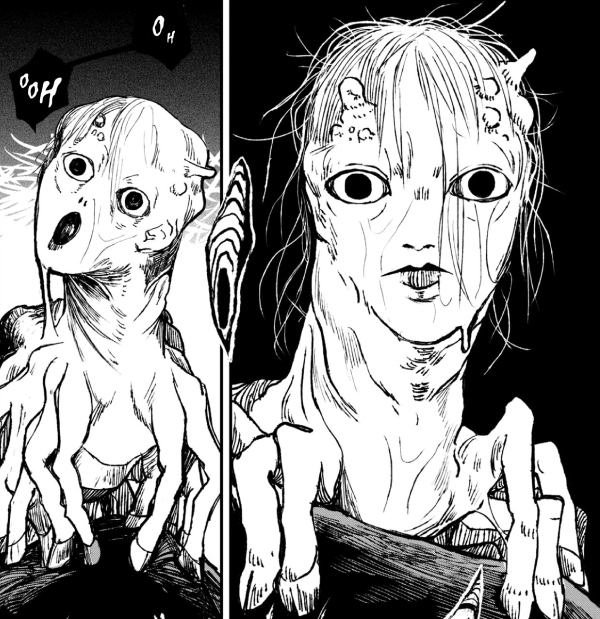
Nikubami Honegishimi’s art can feel unconventional at first, with loose linework and exaggerated expressions, especially from the hyper-animated Inubosaki. But when the horror arrives, the style transforms beautifully. The creature design is nightmarish, surreal, and intensely memorable, delivering some of the strongest visuals in modern horror manga. The series excels at quiet tension rather than shock value, letting each scene breathe before dread spikes.
Still early in its run, Nikubami Honegishimi is already shaping up to be a standout among modern horror titles. If you’re drawn to eerie mysteries, urban folklore, and unique visual direction, this is an absolute must-read.
Genres: Horror, Supernatural, Mystery
Status: Ongoing (Seinen)
Mieruko-chan
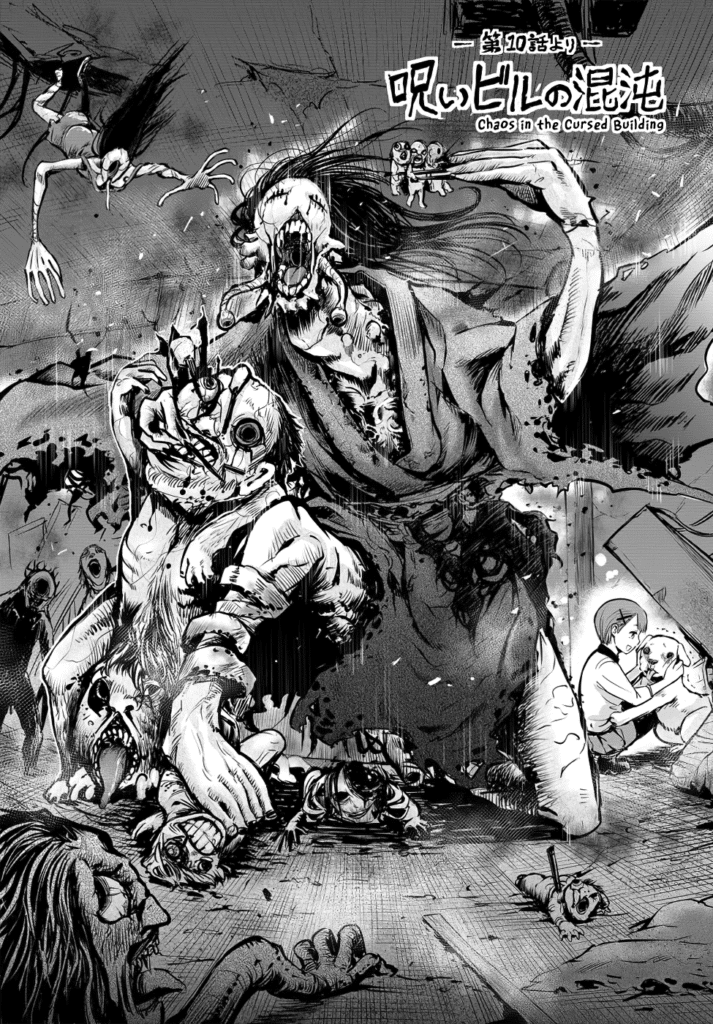
Mieruko-chan, created by Izumi Tomoki, is one of the most unusual horror manga in recent years, but its originality is exactly what makes it stand out as one of the best manga for fans of eerie, offbeat supernatural stories.
The series follows Miko, an ordinary high school girl able to see ghosts. These spirits are not the usual silhouettes found in most supernatural manga. They are grotesque, towering, and dripping creatures that invade every corner of her daily life. The twist is simple. Acknowledging them would put her in danger, so Miko simply pretends she cannot see them.
This setup creates a constant tension that defines the series. Every walk to school, every hangout with friends, and even every shower can become a battle of endurance. The manga thrives on this balance between suffocating fear and everyday mundanity, which also opens the door for moments of surprisingly well-timed comedy. The tonal shift never feels forced. Instead, it creates a rhythm that keeps the series engaging chapter after chapter.

The art is where Mieruko-chan truly shines. The contrast between the cute character design and hyper-detailed, nightmarish spirits is striking. The ghosts are some of the most visually memorable monsters in modern horror manga, featuring uncanny textures, warped anatomy, and an oppressive presence that lingers long after the page is turned.
As the story expands, new characters and bits of lore appear, but the core idea remains the same: a girl having to pretend everything is normal while surrounded by nightmare fuel. With its blend of unsettling atmosphere, humor, and phenomenal monster design, Mieruko-chan earns its place among the best modern horror manga.
Genres: Horror, Comedy, Supernatural, Mystery, Slice of Life
Status: Ongoing (Seinen)
The Summer Hikaru Died
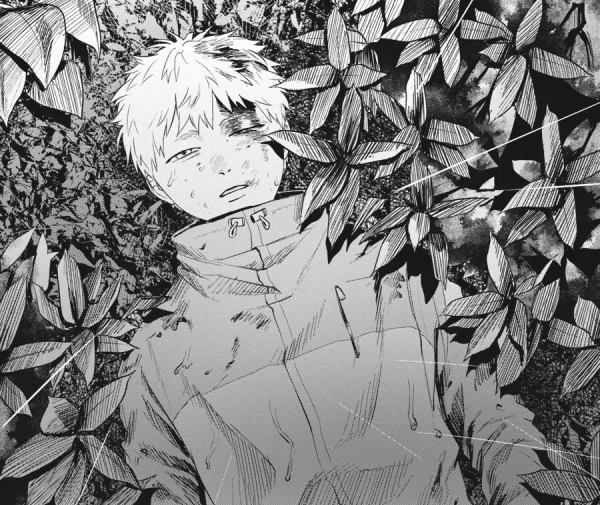
Momukoren’s The Summer Hikaru Died is one of the most haunting and emotionally resonant horror series of recent years, and easily one of the best manga to blend cosmic dread with intimate character drama. What begins as a quiet rural story quickly unfolds into something far stranger.
Yoshiki lives in a small mountain village where nothing ever changes, except for one unbearable truth: his best friend Hikaru died over the summer. The person walking around now only looks like him. This imitation speaks like Hikaru and carries the same memories, yet something about him is profoundly wrong. The manga does not hide this revelation. Instead, it leans into it, establishing a chilling atmosphere from the very first chapter.
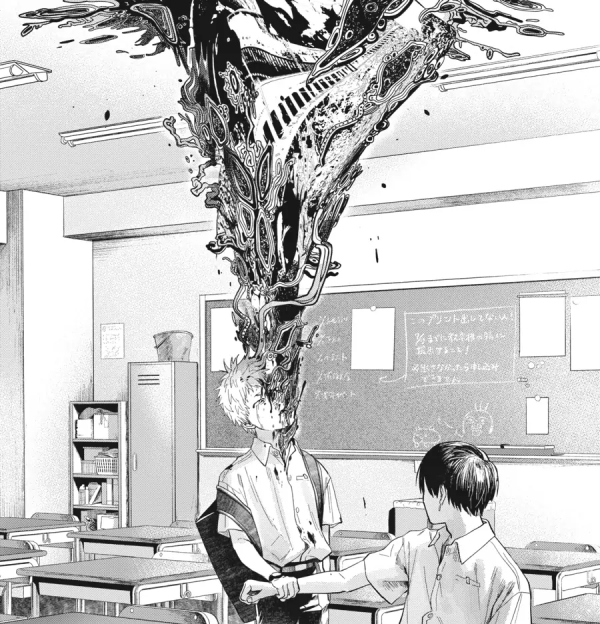
What sets the series apart is the balance between horror and emotion. The creature wearing Hikaru’s face occasionally reveals its true form, an otherworldly mass of shifting patterns and alien textures. These scenes are pure cosmic horror rendered in breathtaking detail. But the emotional core belongs to Yoshiki, who is torn between fear and longing. His grief, his inability to let go, and his quiet resolve to stay by the new Hikaru’s side give the manga a heartbreaking depth.
The BL-coded bond between the two boys is handled with subtlety, turning the story into an exploration of identity, desire, and the blurry line between love and obsession. The rural folklore surrounding Nounuki-sama adds another layer of tension, hinting that the truth behind Hikaru’s return is tied to something ancient and deeply unsettling.
Beautiful, eerie, and emotionally charged, The Summer Hikaru Died is a must-read for fans of atmospheric horror, cosmic mystery, and character-driven storytelling.
Genres: Horror, Mystery, Supernatural, BL
Status: Ongoing (Seinen)
Parasyte
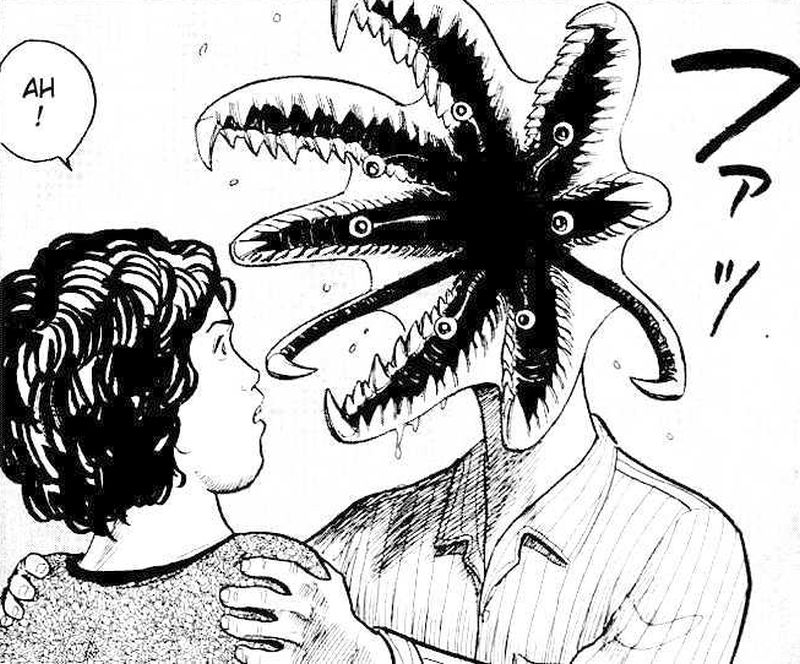
Even decades after it was originally published, Parasyte remains one of the most gripping and influential horror series of all time. It stands out as one of the best horror manga for fans of body horror and science-fiction terror. Hitoshi Iwaaki’s storytelling is simple on the surface yet layered with tension, philosophy, and real unease.
The premise is instantly memorable. Shinichi Izumi is an ordinary teenager until a parasite attempts to take over his body. The creature fails to reach his brain and instead merges with his right arm. The two are forced into an uneasy coexistence, with the parasite Migi acting as both protector and constant reminder that Shinichi’s body no longer belongs entirely to him.
What follows is a slow, unsettling escalation as more parasites appear. These beings have successfully taken over their human brains, disguised themselves within society, and kill without hesitation. The manga excels at creating fear through uncertainty. At any moment, a seemingly normal person might transform into a bladed monster, and Iwaaki’s stark, fleshy artwork makes every attack feel dangerous and visceral.
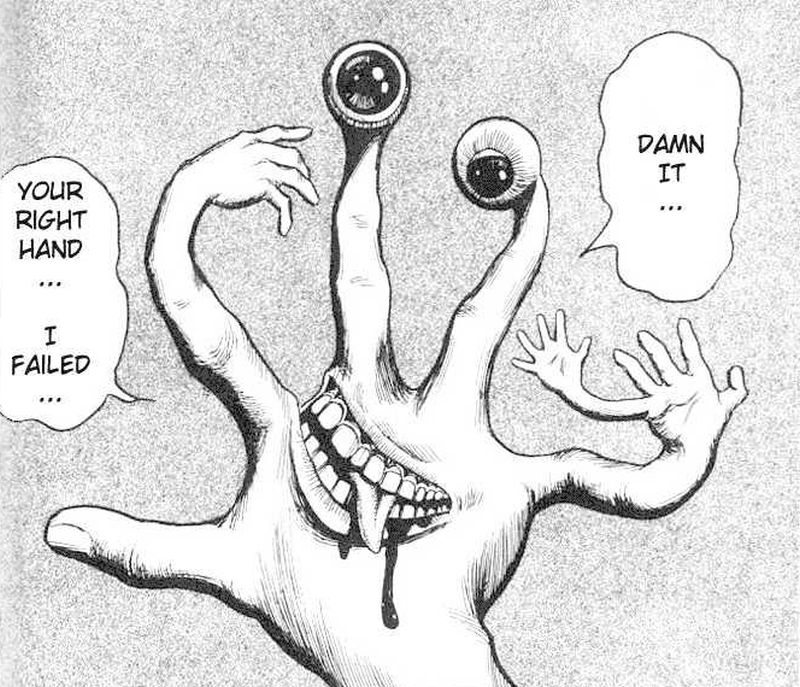
Parasyte is not only about survival. It also questions what defines humanity and how empathy, instinct, and morality shift under extreme pressure. Shinichi’s gradual change, both physical and emotional, gives the story real dramatic weight.
With its blend of horror, action, and thoughtful themes, Parasyte remains a tight, unforgettable classic that earns its place among the best manga in the genre.
Genres: Horror, Action, Alien
Status: Completed (Seinen)
I am a Hero
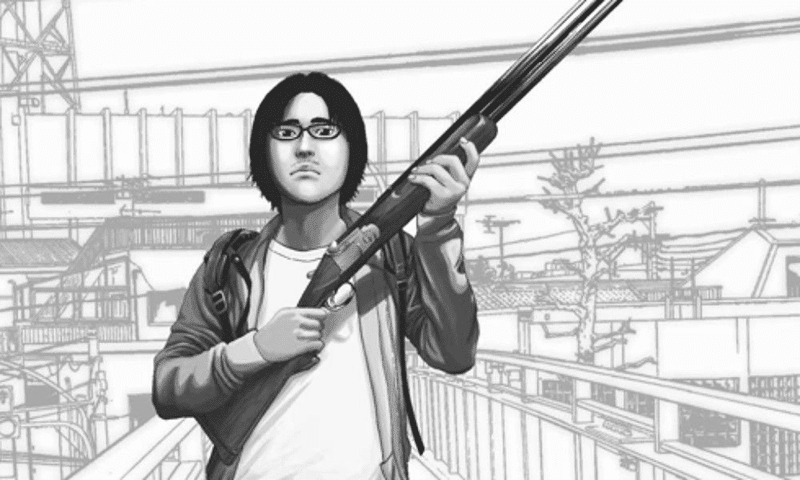
Kengo Hanazawa’s I Am a Hero is one of the most distinctive zombie manga ever published, offering a fresh and unsettling approach to the genre. Instead of following a confident survivor or a typical action lead, the story centers on Hideo Suzuki, a struggling manga assistant in his mid-thirties who deals with severe anxiety, hallucinations, and a fractured sense of reality. This flawed, unreliable perspective gives the opening chapters an eerie tension long before the outbreak even begins.
When the infection finally spreads, the series reveals its true strength. Hanazawa’s zombies aren’t mindless biters but twisted reflections of their final moments. Their contorted bodies, repeated last words, and grotesque mutations later in the series create some of the most disturbing creature designs in horror manga. As the world collapses, Hideo’s unstable mindset becomes both a weakness and a surprising source of clarity, grounding the story in raw, human fear rarely seen in the genre.

The manga does shift perspectives later, introducing new characters and expanding the scope, which some readers find less compelling. The ending is also divisive, feeling abrupt and unresolved. However, none of this diminishes the impact of its stronger arcs.
For readers seeking horror with psychological weight, striking artwork, and unforgettable monsters, I Am a Hero remains one of the best manga in the zombie genre. It’s bleak, imaginative, and genuinely haunting.
Genres: Horror, Thriller, Zombies, Survival, Psychological
Status: Completed (Seinen)
At the Mountains of Madness
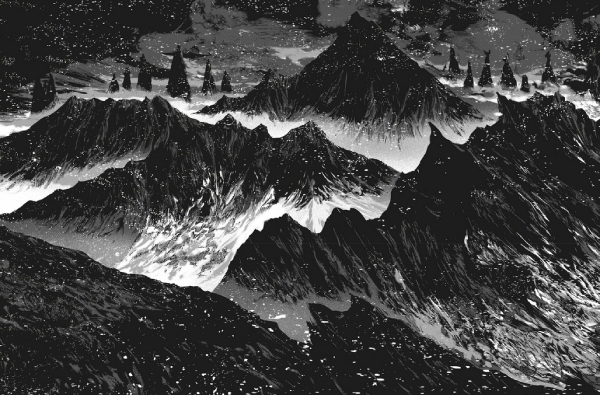
Gou Tanabe’s At the Mountains of Madness is one of the most faithful and visually striking Lovecraft adaptations in manga. It transforms H. P. Lovecraft’s iconic Antarctic novella into a slow-burn nightmare of cosmic dread and easily ranks among the best manga for fans of cosmic horror.
The story follows Dr. William Dyer and his scientific team on a research expedition to Antarctica. What begins as a routine geological survey becomes a descent into madness when the group uncovers ancient ruins buried within the ice. Fossils, strange markings, and impossible architecture hint at a forgotten civilization that predates humanity. As the team pushes deeper into this frozen labyrinth, the truth they uncover challenges not only scientific understanding but their own sanity.

Tanabe’s artwork is the manga’s defining strength. His hyper-detailed linework and stark black-and-white contrasts capture both the grandeur and hostility of the Antarctic landscape. Every environment feels colossal and empty, emphasizing the characters’ insignificance. When the monsters hidden in the depths finally appear, they are rendered with surreal beauty and overwhelming scale, creating a sense of awe that few horror manga can achieve.
Despite being a direct adaptation, Tanabe brings his own voice through masterful pacing and layouts that heighten tension without relying on jump scares. The result is a chilling, immersive reading experience that understands Lovecraft’s core theme: the terror of confronting something larger and far older than humanity.
If you enjoy slow-burn cosmic horror with exceptional artwork, At the Mountains of Madness is a must-read and one of the best manga adaptations Lovecraft fans can pick up.
Genres: Horror, Mystery, Sci-Fi, Supernatural, Cosmic Horror
Status: Completed (Seinen)
Fantasy Manga
Fantasy is one of the most beloved genres worldwide, so it’s no surprise that fantasy manga and dark fantasy manga rank among the most popular titles in the medium. In this section, you will find everything from classic shonen adventures to modern dark fantasy standouts that explore worlds filled with monsters, magic, and strange new cultures. Each manga here delivers a unique vision of the fantastic and stands out as one of the best manga of all time.
If you want an even deeper dive into the genre, be sure to check out my full list of the best fantasy manga and the best dark fantasy manga.
Claymore
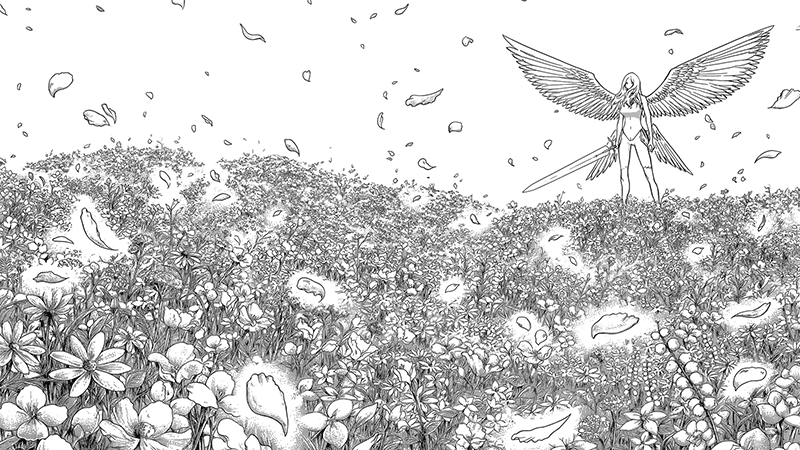
Claymore by Norihiro Yagi is one of the most remarkable dark fantasy manga of the 2000s. It delivers a bleak, monster-infested world, a tragic revenge narrative, and some of the most striking creature designs in the genre. If you enjoy atmospheric fantasy with strong horror elements, this is easily among the best manga you can pick up.
The setting is a medieval land terrorized by Yoma, shapeshifting demons that feast on humans. To fight them, a mysterious organization creates half-Yoma, half-human warriors called Claymores, silver-eyed women who constantly walk the line between duty and monstrous transformation. At the center of the story is Clare, a quiet and determined Claymore whose personal missions drive the early arc and anchor the manga’s emotional weight.
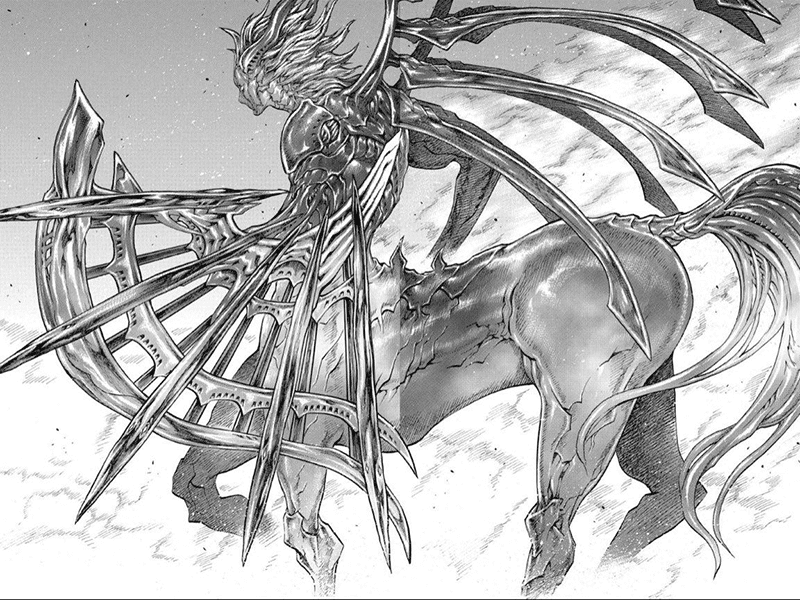
Claymore begins with episodic demon-hunting chapters, but the world expands quickly. As Clare meets other warriors, clashes with Awakened Beings, uncovers the organization’s secrets, and confronts her own limitations, the narrative shifts into a larger saga about identity, autonomy, and the cost of power.
Visually, the manga stands out, blending elegance and brutality. On one side are the Claymores, who have an almost ethereal presence; on the other, the Yoma, rendered in disturbingly organic forms. Battles are fast, intense, and filled with dramatic transformations that push both the characters and the stakes to their limits.
The final stretch has imperfections, but the journey there is gripping from start to finish. With its mix of dark fantasy, horror, and emotional storytelling, Claymore remains a must-read for fans seeking a stylish and haunting action series.
Genres: Dark Fantasy, Action, Supernatural
Status: Completed (Shonen)
The Witch and the Beast
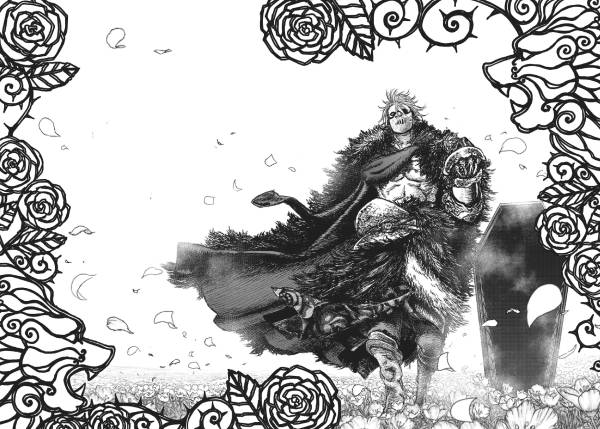
The Witch and the Beast by Kousuke Satake is one of the most stylish and atmospheric dark fantasy titles in recent years, and a personal pick for anyone searching for the best manga that blend gothic aesthetics with cinematic action. This is a world shaped by curses, witches, and ancient magic, brought to life through some of the most striking art in modern fantasy manga.
The story follows Guideau, a fierce and impulsive young woman cursed by a witch, and Ashaf, a calm and mysterious mage who travels with a coffin on his back. Together they work for the Order of Magical Resonance, investigating supernatural incidents in cities plagued by strange rituals and magical disasters. While the structure is mostly episodic, each arc introduces memorable characters and unsettling magical concepts. Phanora Kristoffel, a necromancer who appears early on, remains a standout example of the series’ worldbuilding depth and character design.
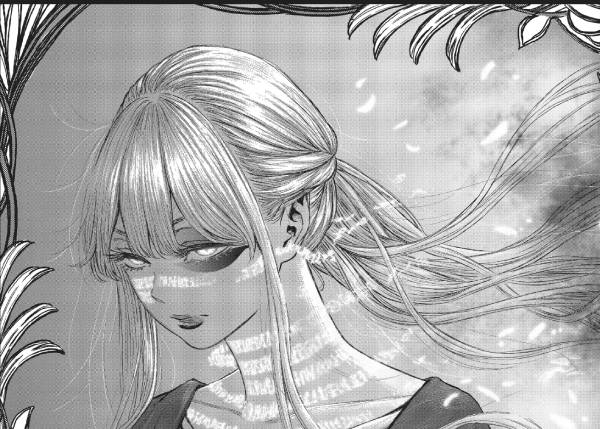
Satake’s artwork is among the best in manga. His jagged linework, dramatic shadows, and elaborate cityscapes create a dark fantasy world that feels alive. The creature and spell designs are visually stunning, and the action sequences flow with raw, chaotic movement. Few series manage to combine elegance and brutality this flawlessly.
The Witch and the Beast can be dense at times, especially during more lore-heavy arcs, but its atmosphere and visual craft are unmatched. Despite its current hiatus, it remains one of the most compelling dark fantasy manga out there, and a must-read for fans of gothic worlds and supernatural mysteries.
Genres: Dark Fantasy, Action, Supernatural
Status: On Hiatus (Seinen)
Made in Abyss
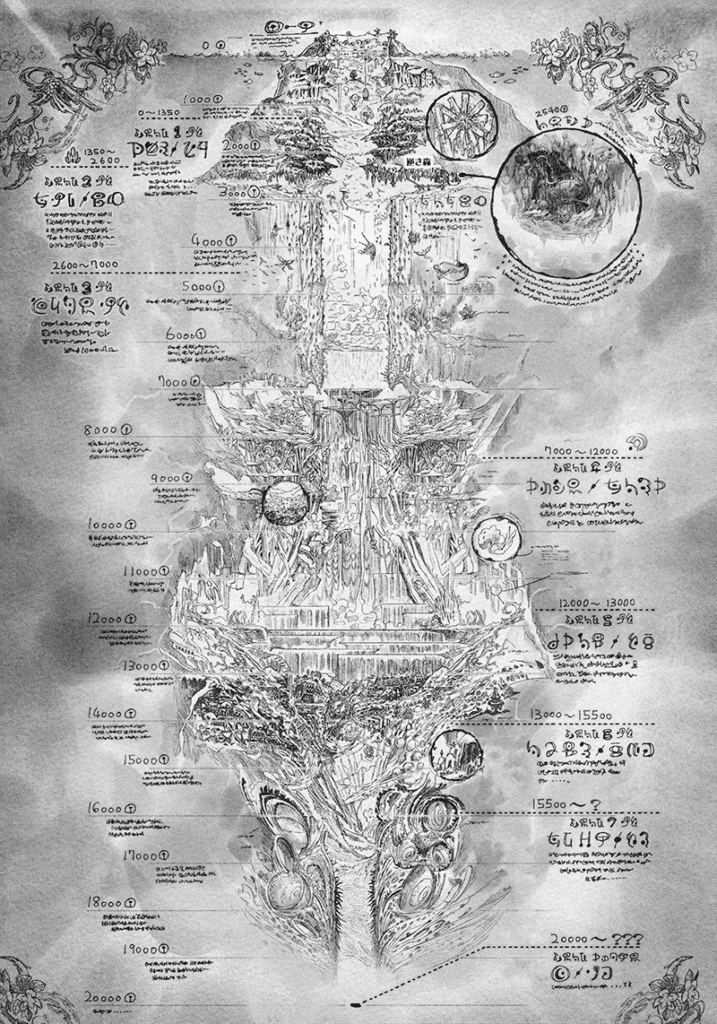
Made in Abyss is one of the best manga for readers who love dark fantasy built around atmosphere, mystery, and slow-rising dread. Akahito Tsukushi crafts a world that feels both wondrous and hostile, anchored by one of the most memorable settings in modern manga: the Abyss. This massive vertical chasm is filled with ancient relics, unusual wildlife, and layers of environmental hazards that grow more nightmarish the further you descend.
Riko, a young apprentice Cave Raider, dreams of following in her mother’s footsteps as an explorer. Her life changes when she meets Reg, a mechanical boy with extraordinary abilities and no memories of his origin. Convinced that Reg is tied to the Abyss and her mother’s disappearance, Riko begins her descent, unaware of how cruel and unforgiving the journey will become.
What makes Made in Abyss so exceptional is how it transforms its tone. The early chapters feel light, almost adventurous, helped by soft character design and whimsical humor. But as the pair move deeper, the story sheds that innocence and embraces body horror, psychological trauma, and high-stakes survival. Each layer introduces new risks, creatures, and the terrifying Curse of the Abyss, which punishes anyone who tries to climb back up.
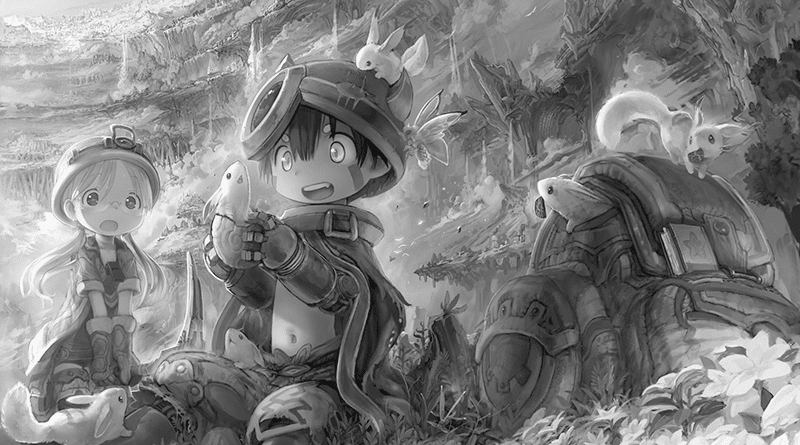
The artwork by Tsukushi is nothing short of stunning, full of elaborate backgrounds, alien landscapes, and beautifully bizarre monsters. It gives the world a sense of depth and danger, while the contrast between cute protagonists and grotesque imagery adds an unsettling edge.
Made in Abyss is a must-read for anyone who wants a dark fantasy manga that is visually breathtaking, emotionally devastating, and unlike anything else in the genre.
Genres: Dark Fantasy, Adventure, Sci-Fi
Status: Ongoing (Seinen)
Black Butler
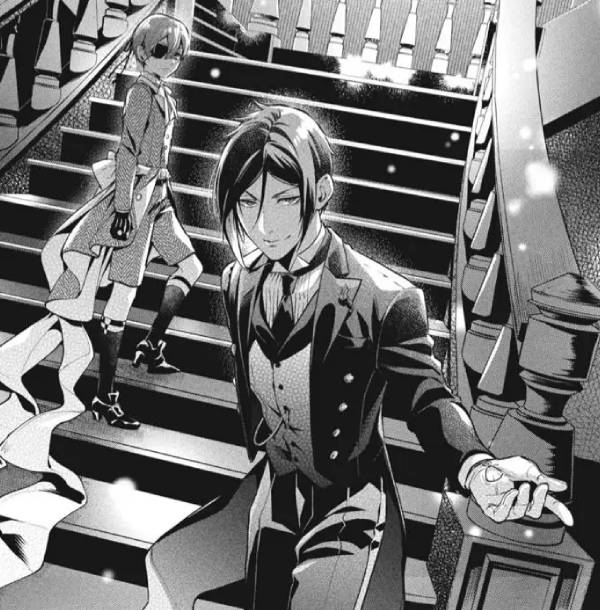
Black Butler begins as a quirky supernatural comedy, but beneath the polished Victorian charm lies one of the most atmospheric and sinister dark fantasy series in shonen manga. What looks like a lighthearted story about a perfect butler and his young master gradually shifts into a gothic thriller filled with corruption, trauma, and supernatural intrigue.
The manga centers on Ciel Phantomhive, a twelve-year-old boy who serves as the Queen’s Watchdog, tackling crime that plagues London’s underworld. Supporting him is Sebastian Michaelis, an impossibly skilled butler bound to Ciel by a demonic contract. Their investigations range from gruesome murder cases to conspiracies hidden beneath England’s refined society. As the story progresses, the comedic tone of the early chapters gives way to richer, darker storytelling.
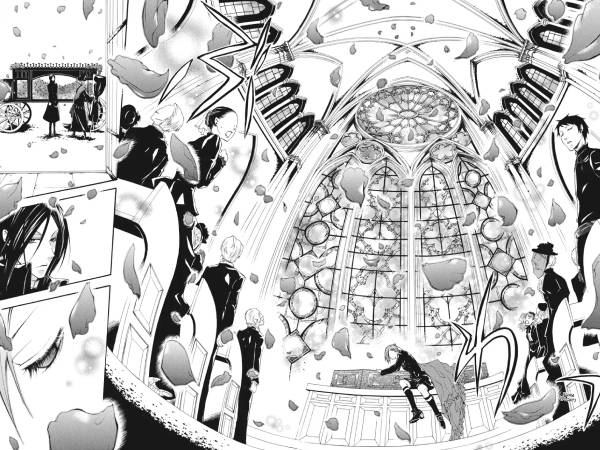
The Circus arc, in particular, marks the turning point, showcasing just how grim and emotionally charged the series can be. Ciel’s harsh pragmatism and Sebastian’s playful yet predatory nature create a dynamic bond that’s both compelling and unsettling. The cast around them evolves as well, with side characters gaining depth and moral ambiguity that enhances the story’s themes.
While Yan Toboso’s art can be uneven, it excels at gothic detail. Victorian cityscapes, lavish costumes, and expressive character art build a strong sense of mood, especially during the more macabre arcs.
Black Butler requires some patience, and while it never truly sheds its shonen roots, it’s well worth reading. For fans of stylish gothic mystery and supernatural drama, it stands as one of the best manga to explore in the dark fantasy genre.
Genres: Dark Fantasy, Mystery, Gothic, Supernatural
Status: Ongoing (Shonen)
Bastard!!
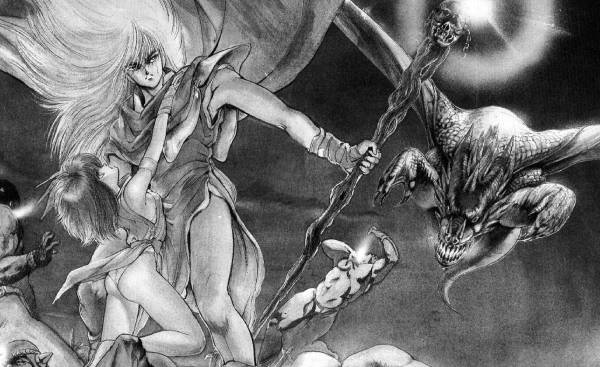
Bastard!! is one of the wildest and most unapologetically chaotic dark fantasy series ever published. Long before many modern titles defined the genre, Kazushi Hagiwara delivered a world built on heavy metal aesthetics, sorcery, and unrestrained spectacle. It’s messy, over-the-top, and often ridiculous, but also unforgettable, which is why many fans still consider it one of the best manga in classic dark fantasy.
The premise centers on Dark Schneider, an egotistical, womanizing, and absurdly powerful wizard resurrected to save humanity from an army of monsters and former allies. He’s not a noble hero, but a force of nature. His arrogance, swagger, and unstoppable magic give the series its intense energy and constant sense of unpredictability. One moment he’s annihilating demons with elaborate spells, the next he’s taunting everyone around him.
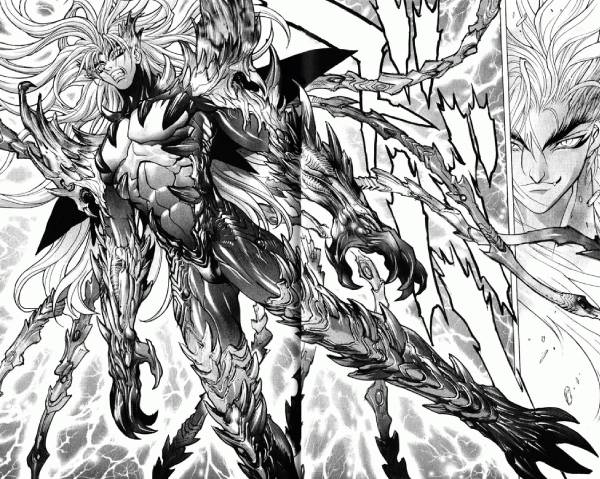
The tone begins as heavy metal infused dungeon fantasy, filled with demons, sorcerers, and larger-than-life battles. Halfway through, however, Bastard!! transforms entirely. The story shifts into divine warfare, featuring gods, angels, and apocalyptic stakes. The plot becomes wilder, the pacing erratic, but the ambition skyrockets.
Hagiwara’s art grows alongside the story, and what begins with 1980s shonen aesthetics turns into intricate, hyper-detailed spreads filled with gothic architecture, elaborate armor, and breathtaking celestial designs. It’s visually spectacular and unmistakably influenced by Western metal culture.
Bastard!! is not subtle. It’s indulgent, chaotic, and full of adult content, but for readers who enjoy stylish excess and high-powered fantasy battles, it remains an iconic, must-seek dark fantasy manga.
Genres: Action, Adventure, Dark Fantasy, Heavy Metal, Erotica
Status: On Hiatus / Unfinished (Seinen)
Delicious in Dungeon
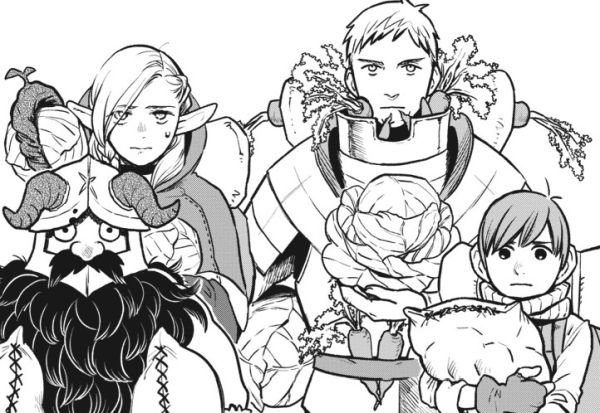
Delicious in Dungeon is one of the most creative fantasy comedy manga in recent years, and a strong contender for any list of the best manga thanks to its blend of cooking, worldbuilding, and dungeon-crawling adventure. What begins as a simple gag premise soon evolves into a surprisingly rich and emotionally grounded story.
The early chapters focus almost entirely on the party’s desperate decision to survive inside a dungeon by cooking and eating monsters. It’s intentionally absurd and often disgusting, which makes it especially fun for fans of tabletop RPGs. Watching the group debate how to prepare slimes, basilisks, or living armor gives the chapters a quirky charm, even if the characters initially feel like familiar RPG archetypes.
About a third of the way into the series, the tone shifts in a meaningful way. The main plot surrounding the rescue of Falin finally takes center stage, and the comedy becomes a unifying thread rather than the core focus. The food theme remains deeply woven into the narrative, but the story expands with new lore, emotional stakes, and a stronger sense of direction.
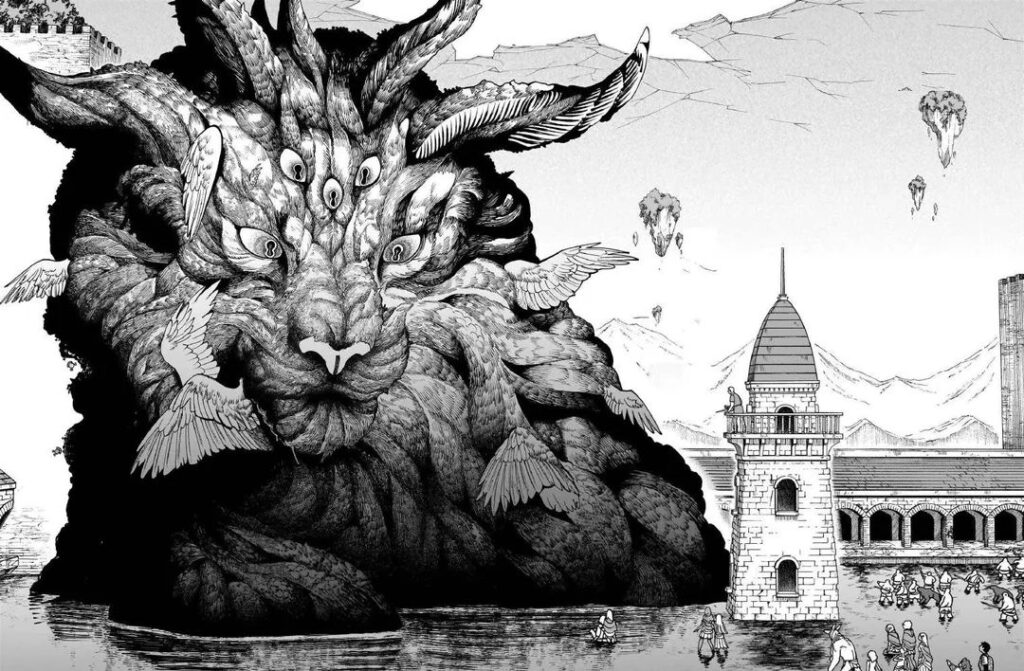
Ryoko Kui’s art is a major highlight. Her creature designs are imaginative and grounded in believable physiology, which makes the cooking aspect far more engaging. The characters also grow over time, and while they begin as clichés, their interactions and personal history gradually reveal surprising depth.
The final stretch of the manga pushes the story into dramatic territory, sometimes sidelining the culinary angle, but the writing stays strong and the payoff is satisfying. For readers who enjoy fantasy, worldbuilding, and unique twists on adventure tropes, Delicious in Dungeon is a memorable and genuinely inventive series.
Genres: Fantasy, Adventure, Comedy, Cooking
Status: Completed (Seinen)
Witch Hat Atelier
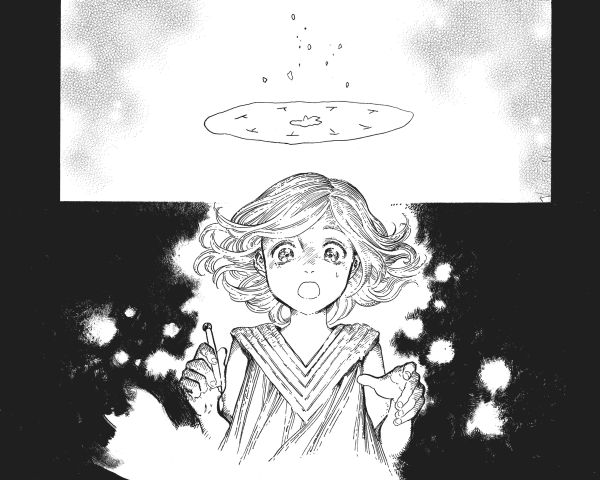
Witch Hat Atelier is one of the most enchanting fantasy manga of the last decade, a story that combines coming-of-age warmth with some of the most breathtaking artwork in modern seinen. If you’re searching for one of the best manga that demonstrates how magical worldbuilding should be done, this series is an easy recommendation.
At its heart is Coco, a curious girl whose life changes when she stumbles upon the truth of how magic works. Her mistake unleashes a dangerous spell, but it also reveals her potential, drawing the attention of the enigmatic witch Oifrey. From here, the story unfolds as a classic apprentice tale, following Coco as she learns spells, bonds with fellow students, and becomes entangled in a larger mystery surrounding the Brimmed Caps, a group experimenting with forbidden magic. The narrative remains focused on character growth, yet each chapter hints at deeper lore waiting below the surface.
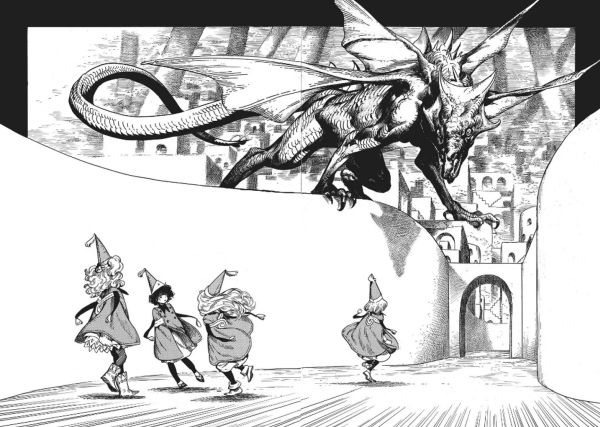
What makes Witch Hat Atelier truly shine is the fantastic art. Shirahama’s illustrations are intricately detailed and full of life, turning every page into a rich tapestry of medieval fantasy design. The spellcasting system is clever and visually intuitive, making magic feel both whimsical and structured in a way few series manage.
The characters are equally strong. Coco is endearing, Tetia brings energy, and Agott’s sharper personality slowly gives way to meaningful development. Their dynamic makes the magical academy setting feel alive and emotionally grounded.
Witch Hat Atelier blends beauty, mystery, and heartfelt storytelling into a cohesive and unforgettable fantasy experience.
Genres: Fantasy, Adventure, Coming-of-Age
Status: Ongoing (Seinen)
To Your Eternity
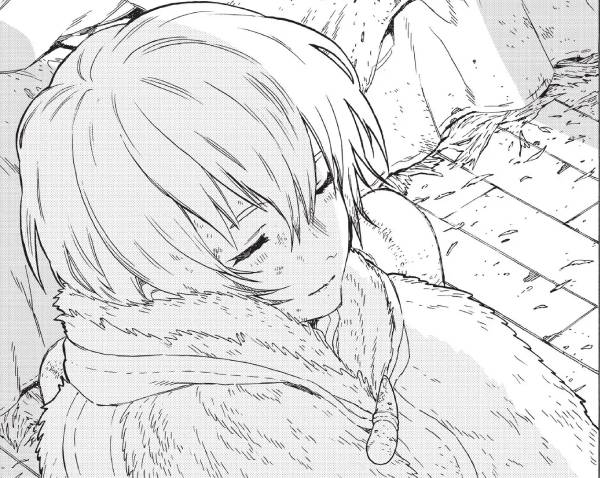
Yoshitoki Oima’s To Your Eternity is one of the best manga for readers who want emotional storytelling wrapped inside a supernatural journey. Although technically a shonen title, it feels far more contemplative, exploring life, loss, and the slow formation of identity through one of the most unusual protagonists in the genre.
The manga follows an immortal entity that begins as a featureless sphere before gradually evolving into new forms. After taking on the body of a boy, the being later named Fushi begins to travel the world, learning through the people he meets and the memories he inherits. Every single one of them introduces a new lesson, a new sense of purpose, and inevitably, a new heartbreak. Characters like Gugu, Pioran, and March carry the emotional weight of the manga, grounding its supernatural premise with very human warmth.
Oima’s artwork elevates every moment. The stark environments, expressive faces, and quiet emotional beats create a mood that is gentle, sad, and beautiful. The early arcs, in particular, deliver some of the most affecting storytelling in modern shonen.
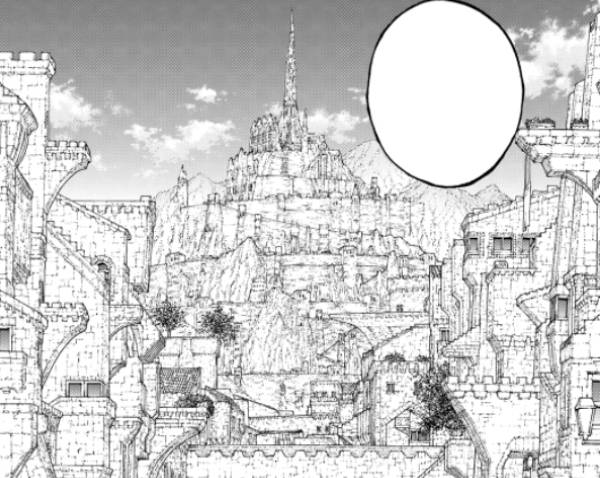
The series is not without issues. As the narrative expands, the structure feels repetitive, and later arcs draw mixed reactions due to tonal shifts and pacing problems. Still, the core of To Your Eternity remains powerful. It’s a story about connection, growth, and the fragile beauty of being alive.
For readers who enjoy thought-provoking adventures with genuine emotional impact, To Your Eternity is an unforgettable experience.
Genres: Supernatural, Drama, Tragedy
Status: Completed (Shonen)
Frieren: Beyond Journey’s End
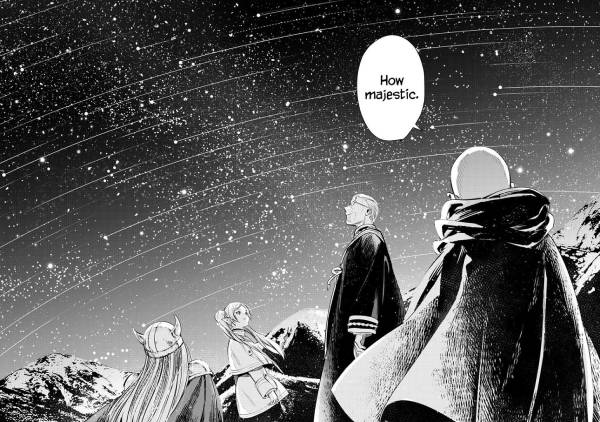
Frieren: Beyond Journey’s End offers one of the most thoughtful twists on fantasy storytelling in recent years. Instead of following a hero’s party on their grand quest against a Demon King, the manga begins after he’s been defeated. This quiet, reflective premise sets the tone for a deeply emotional journey that stands out even among the best manga in the genre.
Frieren, an elf mage who experiences time on a different scale than humans, returns from the triumphant adventure only to watch her companions age and die. Realizing too late how little she understood them, she sets out on a new journey alongside her young apprentice Fern. Much of the series’ power comes from these understated moments, where the pair retraces the steps of the old party and uncovers the memories Frieren overlooked.
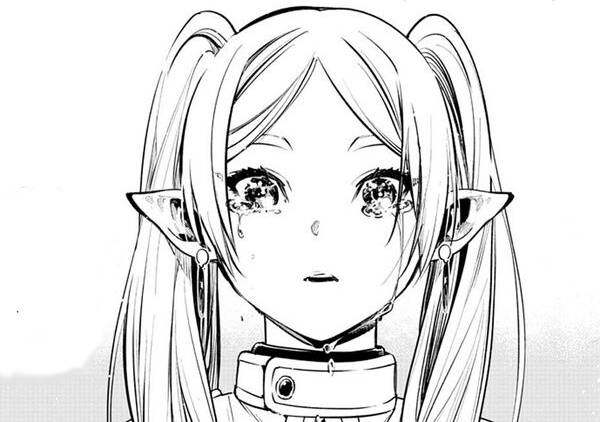
Tsukasa Abe’s artwork reinforces the manga’s gentle atmosphere. Soft linework, expressive character acting, and serene landscapes create a sense of nostalgia that fits perfectly with the story’s theme of memory and regret. Even when the world expands or magic battles occur, the emotional tone remains grounded and sincere.
Later arcs introduce more conventional shonen elements like exams and competitive duels, which some readers enjoy and others find a step away from the manga’s initial intimacy. Yet the heart of the story never disappears. Frieren’s slow emotional awakening, Fern’s growth, and the quiet echo of Himmel’s kindness give the manga lasting warmth.
For readers who want a fantasy series that values introspection as much as adventure, Frieren is a standout and easily earns its place among the best manga to pick up today.
Genres: Fantasy, Adventure, Slice of Life
Status: On Hiatus (Shonen)
Magi: The Labyrinth of Magic
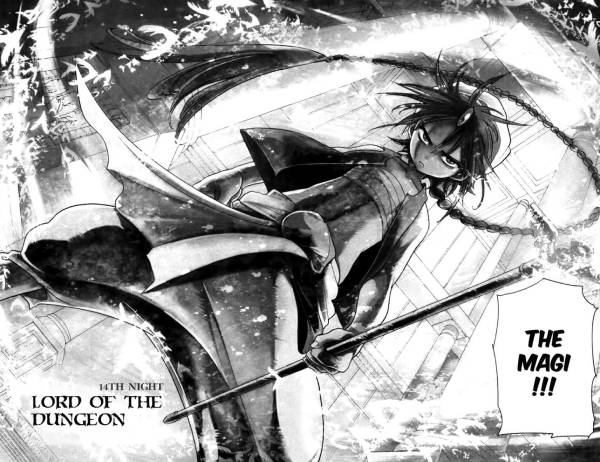
Shinobu Ohtaka’s Magi: The Labyrinth of Magic is one of the most vibrant series of the 2010s and a strong contender for readers looking for the best manga that blend classic shonen energy with large-scale fantasy worldbuilding. Inspired by the tales of One Thousand and One Nights, the manga takes you to a universe full of ancient dungeons, magical artifacts, and kingdoms on the brink of upheaval.
The story introduces the curious young Magi Aladdin, but soon expands to include Alibaba and Morgiana, forming one of the most charming main trios in modern adventure manga. Their early journeys capture everything fans love about shonen: inventive traps, frantic battles, and plenty of heart. These opening arcs are full of warmth and excitement, and the humor helps ground the cast before the narrative grows more ambitious.
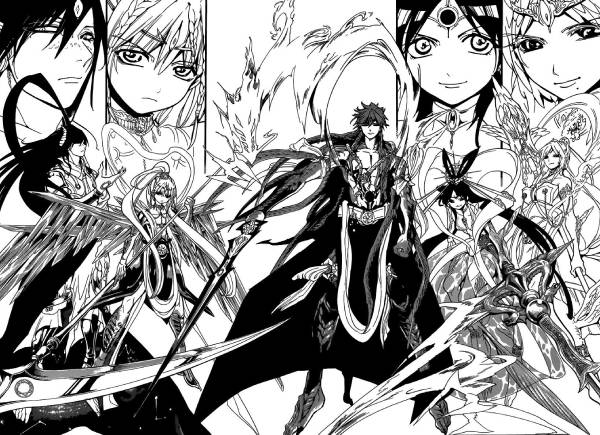
As the world expands, Magi shifts from lighthearted treasure hunting to political intrigue. The series delves into empires, revolutions, and the consequences of power, giving its fantasy setting a sense of depth. Characters evolve alongside these conflicts. Alibaba’s insecurities, Morgiana’s liberation, and Hakuryuu’s darker transformation give the series real emotional weight, while Sindbad remains one of the most compelling wildcards in shonen.
The later arcs lean more heavily into high-power battles and dense lore, which some readers find overwhelming, but the strength of the early and mid-series more than makes up for it. With dynamic art, imaginative locations, and an ever-growing sense of scale, Magi remains a standout fantasy adventure worth experiencing.
Genres: Adventure, Fantasy, Action
Status: Completed (Shonen)
Science-Fiction Manga
Science-fiction has always been one of the foundational genres that helped shape manga into the global medium it is today. In this section, you’ll find everything from legendary cyberpunk classics to modern interpretations that push the genre in new directions. These titles stand out for their futuristic worlds, mechanical nightmares, and stark visions of technology and society.
If you want to dive even deeper into the genre, check out my dedicated lists of the best science-fiction manga and the best cyberpunk manga.
Biomega

Tsutomu Nihei’s Biomega is a blistering fusion of cyberpunk, body horror, and apocalyptic science-fiction. It’s a high-speed chase through a dying world and delivers some of the most striking visuals in the genre. For fans of stylish action and bleak futurism, this is easily one of the best manga Nihei has created.
The manga follows synthetic human Zouichi Kanoe and his onboard AI partner Fuju Kano as they race across a ruined Earth in search of someone immune to the N5S virus, which twists its hosts into ghastly biomechanical drones. What begins as a revival mission quickly spirals into a chaotic clash between corporations, mutants, and mysterious factions with their own agendas. The narrative moves fast, prioritizing atmosphere, visuals, and momentum over long exposition.
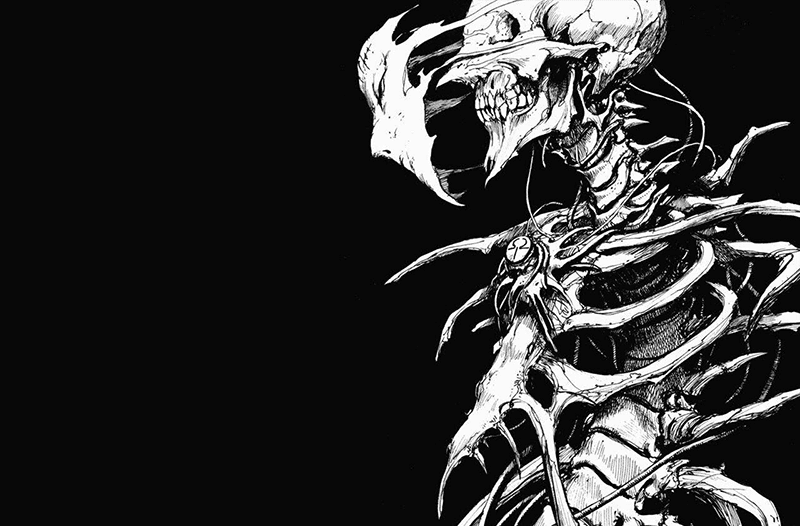
Biomega’s true strength lies in its presentation. Nihei’s signature megastructures tower across panels, environments dwarf characters, and the mix of cybernetics and decaying flesh creates an unforgettable aesthetic. Entire sequences unfold without dialogue, relying on sweeping backgrounds and sharp, cinematic action to convey tension and worldbuilding. The drones, the weapons, and even the motorcycles feel like characters in their own right.
The pacing is relentless, especially in the first half, before shifting later into a somber, more experimental cyber-fantasy tone. Some plot threads disappear as quickly as they appear, but the visual spectacle and creative ambition more than make up for the rough edges.
For readers who love Blame!, dystopian science-fiction, or manga driven by atmosphere and visuals, Biomega is a wild, stylish, and unforgettable ride.
Genres: Cyberpunk, Sci-Fi
Status: Completed (Seinen)
Land of the Lustrous
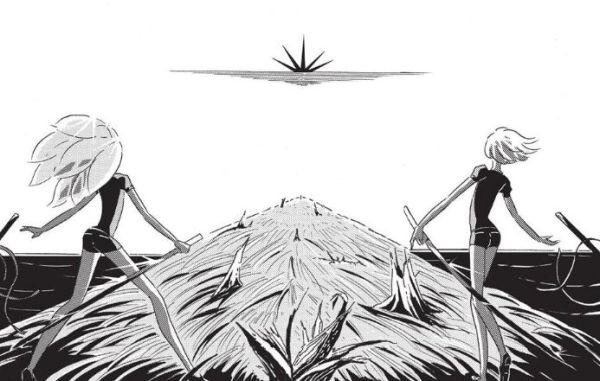
Land of the Lustrous is one of the most unique science-fiction manga of the last decade, a series that blends mythology, futurism, and existential tension into something unlike anything else in the medium. What immediately sets it apart is its visual identity. Haruko Ichikawa’s art is both minimalistic and striking, using negative space, symmetry, and sharp panel composition to create a world that feels fragile, ethereal, and alien. This style enhances the story’s uncanny atmosphere and helps it stand out among the best manga in the science-fiction genre.
The series follows Phosphophyllite, a brittle young gem who wishes to contribute to their society’s defense against the Lunarians, mysterious moon-dwellers who descend to harvest the Lustrous for their crystalline bodies. While the premise has fantasy elements, the manga’s core leans deeply into science-fiction. Ichikawa builds a world shaped by geological biology, strange physics, and millennia-long evolution after meteor impacts reshaped the planet. The Lunarians themselves feel almost cosmic, adding to the manga’s surreal tone.
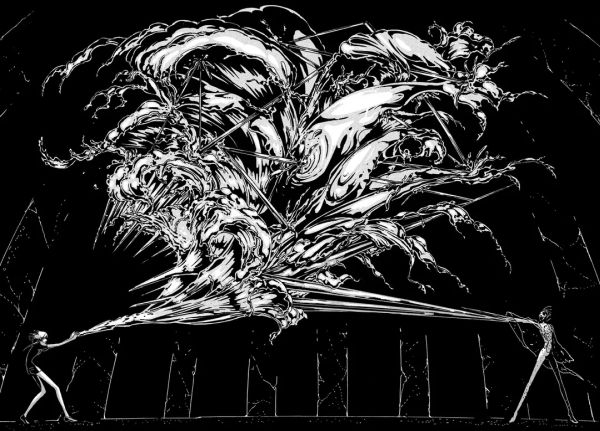
Phosphophyllite’s arc is at the heart of the story. Their transformation is one of the most dramatic and haunting character journeys in modern manga, shifting from comedic clumsiness to a psychologically complex exploration of identity, purpose, and loss.
Land of the Lustrous is beautifully atmospheric, thematically rich, and visually unforgettable. Its blend of science-fiction worldbuilding and emotional storytelling makes it an essential pick for readers seeking something bold, unusual, and truly one of the best manga in modern science-fiction.
Genres: Sci-Fi, Fantasy, Psychological, Drama
Status: Completed (Seinen)
Dead Dead Demon’s Dededede Destruction
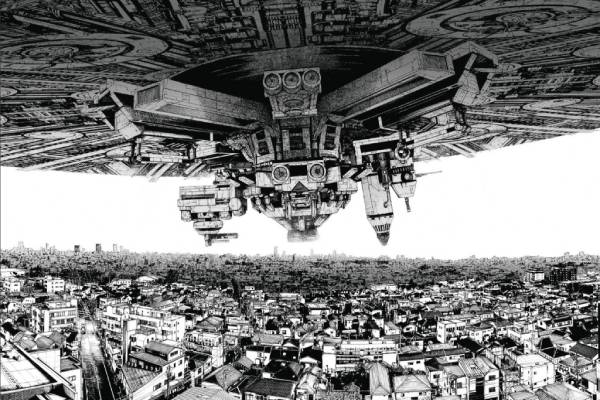
Inio Asano is known for his dark psychological storytelling, and while Dead Dead Demon’s Dededede Destruction marks his step into the realm of science-fiction, it carries the same complexity and emotional sharpness that made his earlier work famous. It begins as a disarmingly normal slice-of-life manga, following high school friends Kadode and Ouran as they drift through school, friendship, and the uncertainty of growing up. Yet above Tokyo floats an enormous alien mothership, a constant reminder that the world has already changed.
The brilliance of the manga lies in how Asano blends the mundane with the catastrophic. Government cover-ups, military conflicts, and alien technology unfold in the background, but most citizens simply continue with their daily routine. This grounded perspective makes the science-fiction elements feel disturbingly believable, showing how quickly society can normalize the extraordinary. As the story nears its midpoint, the tone shifts dramatically, and the manga leans deeper into high-concept science-fiction, exploring time, memory, and consequences.
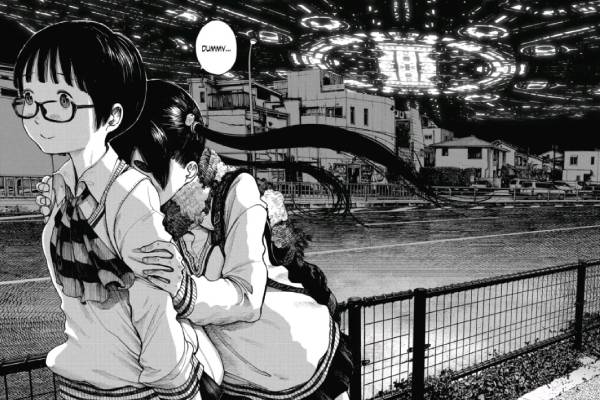
Asano’s art is once again outstanding. His hyper-detailed backgrounds contrast with exaggerated, almost cartoonish character expressions, creating a visual style that feels both comedic and unsettling. The alien ship, advanced technology, and large-scale destruction scenes are striking, grounding the manga firmly as one of the best manga for readers who enjoy character-driven, high-concept science-fiction.
The ending is intentionally ambiguous, leaving room for interpretation and discussion, but the emotional core and the conceptual journey there are unforgettable. Dead Dead Demon’s Dededede Destruction is a bold, genre-bending work that stands out as one of Asano’s most unique creations.
Genres: Sci-Fi, Slice-of-Life, Drama
Status: Completed (Seinen)
Ghost in the Shell
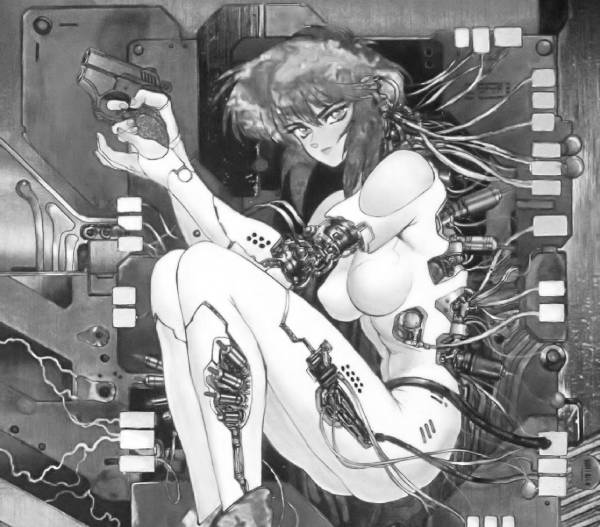
One of the most influential, groundbreaking cyberpunk titles ever created, Ghost in the Shell stands as a titan of the science-fiction genre. While its iconic anime adaptation helped introduce countless viewers to Japanese animation, Masamune Shirow’s original manga remains a foundational work that shaped how technology, identity, and artificial intelligence are portrayed in fiction. It’s dense, imaginative, and still one of the best manga to explore the boundaries between human and machine.
Set in 2029, the series follows Section 9, an elite counter-cyberterrorism unit operating in a world where cybernetic bodies, digitized minds, and fully networked infrastructure are everyday realities. Leading the team is Major Motoko Kusanagi, a full-body cyborg with exceptional combat abilities and an increasingly complex relationship with her own consciousness. Shirow treats cybernetics not as window dressing but as a fully realized ecosystem, with hacking, mental interference, and biomechanical upgrades shaping every aspect of society.
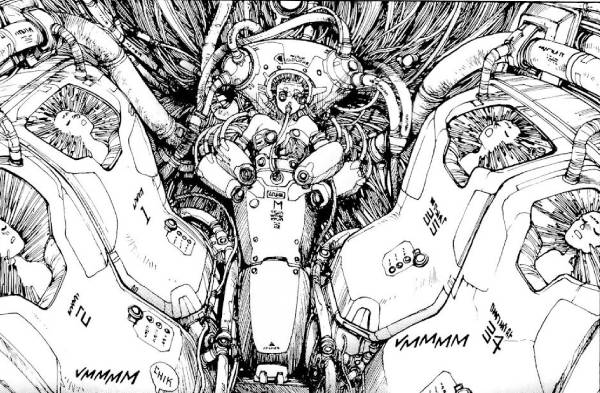
The manga is more episodic than the film, presenting a mix of small-scale missions and philosophical reflections. Shirow’s heavy technical details, schematics, and handwritten notes create an incredibly rich science-fiction backdrop, even if it can feel overwhelming. The action is fast, the worldbuilding meticulous, and the thematic core always returns to one question: what defines humanity when the body is no longer essential?
Despite its vintage art and dense style, Ghost in the Shell remains an essential science-fiction work. For readers who want a manga that blends cutting-edge tech concepts with action, noir atmosphere, and philosophical depth, this is one of the best manga you can pick up.
Genres: Cyberpunk, Sci-Fi, Noir
Status: Completed (Seinen)
Planetes
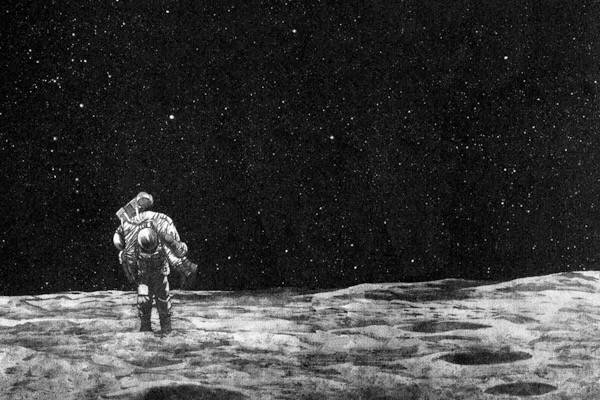
Planetes by Makoto Yukimura is one of the rare science-fiction manga that feels truly grounded in real-world philosophy. Rather than relying on spectacle or galaxy-spanning conflict, it focuses on the day-to-day lives of orbital debris collectors in the year 2075. This small-scale premise becomes increasingly rich, revealing how even ordinary work can carry immense emotional weight when it takes place in the unforgiving environment of space.
The series follows Hachimaki, a young astronaut with ambitions of owning a spacecraft, along with the rest of the Toy Box crew. Fee, Yuri, and Pops bring their own histories and vulnerabilities, building a cast that feels honest and mature. Their missions are rooted in realistic science, from the physics of maneuvering in vacuum to the bureaucratic challenges of space development. These details make Planetes one of the best manga for readers who love hard science-fiction.
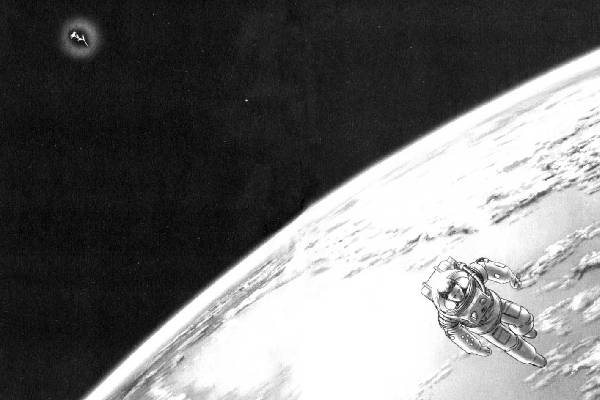
Yukimura’s art stands out for depicting both the mechanical precision of spacecraft and the overwhelming quiet of the cosmos. Wide panels of drifting debris or the curve of the Earth give the story a sense of scale, while close character-focused scenes remind you how small humans are in comparison.
Planetes offers a satisfying, reflective story that ties together its themes of ambition, loss, and the search for purpose. Thoughtful and beautifully crafted, it’s a must-read for fans of realistic science-fiction storytelling.
Genres: Sci-Fi, Drama, Psychological
Status: Completed (Seinen)
Eden: It’s an Endless World
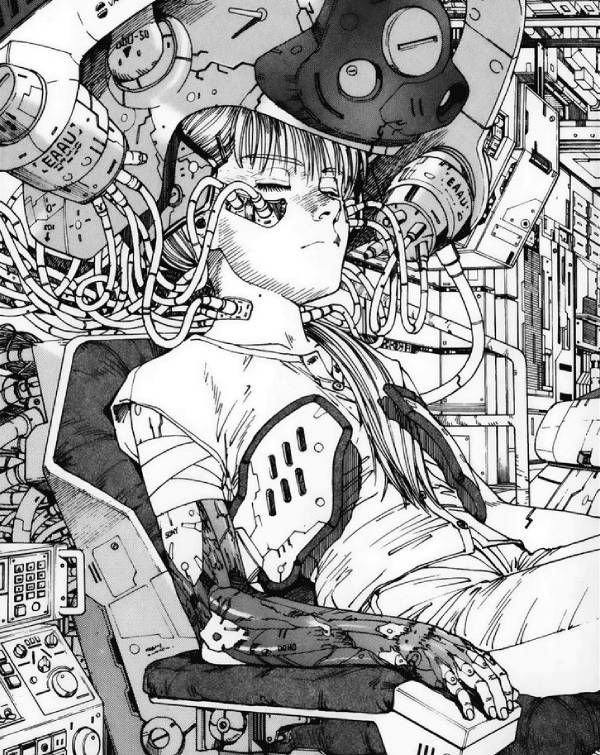
Eden: It’s an Endless World by Hiroki Endo is one of the most ambitious science-fiction manga ever written. What begins as a post-pandemic survival tale quickly evolves into a vast story about geopolitics, technology, and the individual caught between collapsing systems. Its blend of hard science-fiction concepts, grounded worldbuilding, and deeply human drama makes it an essential pick for anyone exploring the best manga the genre offers.
The story follows the aftermath of a devastating global virus that reshaped society. As governments fall, the powerful Propater organization rises, manipulating nations and controlling advanced technology. Endo uses this fractured world to tell a sprawling narrative that moves between continents and characters, shifting focus from mercenaries and scientists to drug lords, hackers, and refugees. These perspectives build a world that feels frighteningly real, full of political tension, societal decay, and complex technological change.
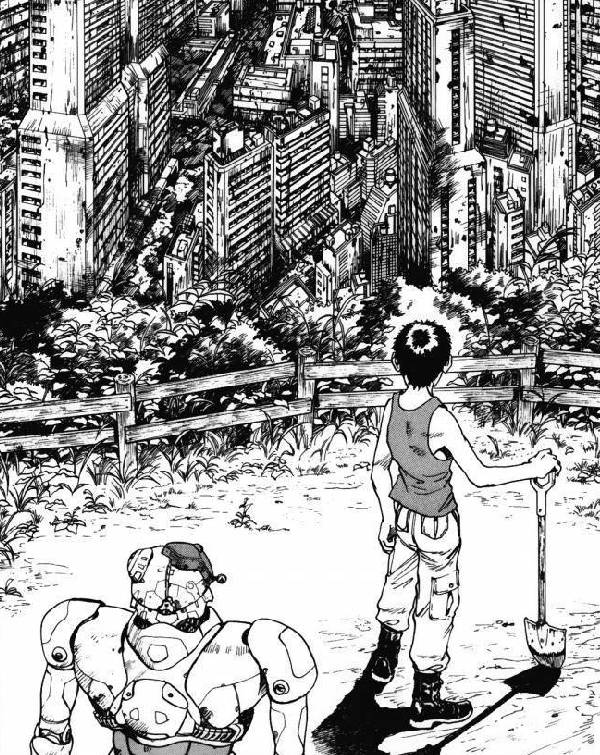
Eden excels in emotional storytelling. Characters are flawed, vulnerable, and shaped by trauma, yet remain compelling throughout. Violence and intimacy are portrayed with raw honesty, supporting the themes rather than sensationalizing them. Endo’s artwork reinforces the tone with precise anatomy, expressive faces, and stark, grounded environments.
While Eden contains clear cyberpunk DNA, its appeal goes far beyond that subgenre. It’s a thoughtful, mature science-fiction epic about survival, ideology, and the search for meaning in a world rebuilt from catastrophe. If you enjoy intelligent, character-driven science-fiction, Eden is a must-read.
Genres: Sci-Fi, Cyberpunk, Psychological, Drama
Status: Completed (Seinen)
Pluto

Pluto by Naoki Urasawa is one of the most compelling science-fiction mystery manga of the last two decades. Inspired by Osamu Tezuka’s Astro Boy, Urasawa reimagines the story as a tense, atmospheric thriller about identity, artificial intelligence, and the fragile boundary between humans and machines. Even if you’ve never read Astro Boy, Pluto stands entirely on its own as one of the best manga in the science-fiction genre.
The story follows Gesicht, an advanced robot detective working for Europol, who is assigned to investigate the shocking destruction of one of the world’s strongest robots. The attack patterns suggest the culprit cannot be human, pulling Gesicht into a global conspiracy involving robotics laws, old wars, and a mysterious entity known only as Pluto. As the investigation widens, the series explores themes of prejudice, trauma, and what it means for robots to possess emotions, memory, and even feel guilt.
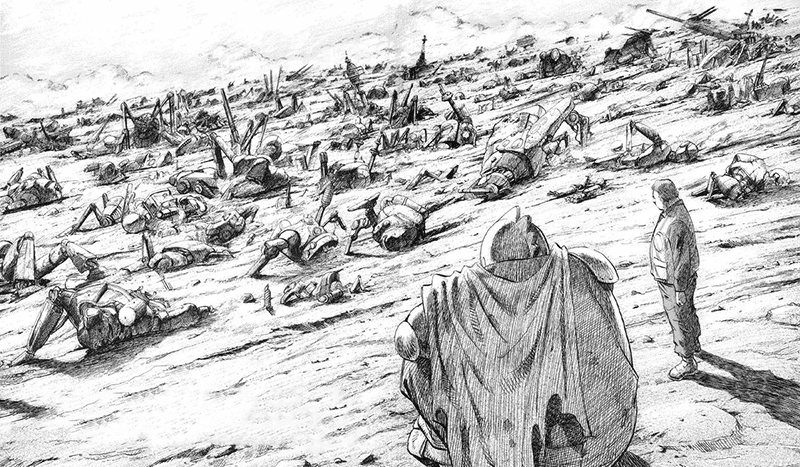
Pluto’s futuristic world is richly realized. Cities blend sleek architecture with grounded detail, while cutting-edge robotics technology forms the backbone of the narrative. Urasawa’s ability to mix noir storytelling with high-concept science-fiction gives the series a distinctive tone that sets it apart from other robot-themed manga.
The mystery peaks brilliantly in the middle volumes, though the ending is slightly less intense. Even so, the emotional depth, careful pacing, and thematic sophistication make Pluto a must-read. For anyone interested in character-driven science-fiction with thoughtful worldbuilding, this remains one of the standout seinen titles on the market.
Genres: Sci-Fi, Mystery, Drama
Status: Completed (Seinen)
Knights of Sidonia
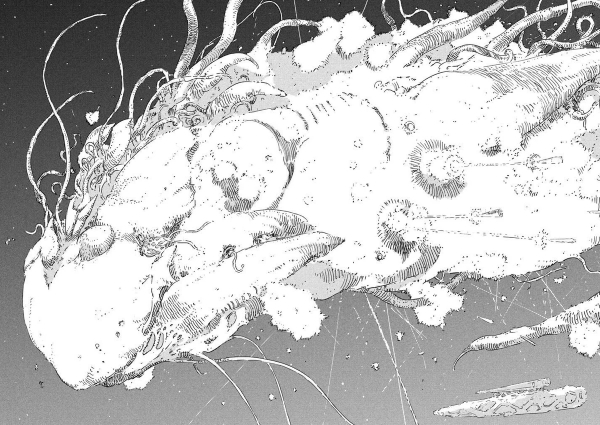
Knights of Sidonia is one of the most distinctive science-fiction manga of the 2010s, and a strong contender for any list of the best manga in the genre. Tsutomu Nihei takes his signature architectural imagination and applies it to a grand space opera setting, creating a story that balances military drama, high-concept biology, and tense mecha combat.
Set nearly a thousand years after Earth’s destruction, humanity survives aboard colossal seed ships drifting through space. The Sidonia itself is a marvel of worldbuilding. It’s a fully realized megastructure, complete with artificial gravity systems, rigid class divisions, and dense corridors that give the ship a gritty feeling. Against this backdrop, humanity wages an ongoing war against the Gauna, shapeshifting alien organisms protected by layers of living placenta. They cannot be reasoned with, only fought.
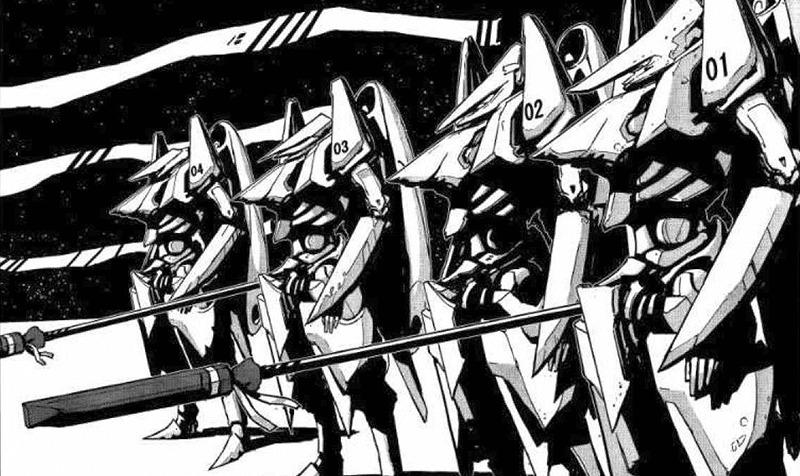
The manga shines in its depiction of military science-fiction. The Gardes, Sidonia’s combat units, combine hard mechanical angles with Nihei’s trademark biomechanical elegance. Space battles are brutal and disorienting, emphasizing velocity, vacuum, and the terrifying fragility of human bodies in zero-G combat. Nagate Tanikaze, the protagonist, anchors the story with quiet determination and a believable growth arc as he adapts to life on Sidonia.
What makes Knights of Sidonia stand out is its merging of Nihei’s atmospheric style with accessible, shonen-inspired storytelling. The action is thrilling, the technology imaginative, and the scale immense. For fans of mecha, space warfare, or high-concept science-fiction, this is a must-read.
Genres: Sci-Fi, Mecha, Action
Status: Completed (Seinen)
Dandadan
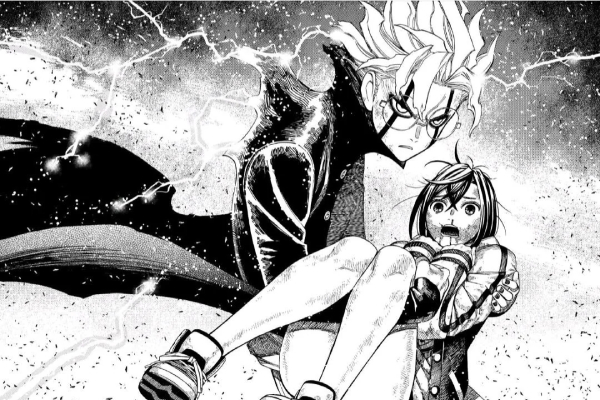
One of the wildest and most entertaining series in modern shonen, Dandadan is a hyperactive blend of science-fiction, horror, folklore, and comedy that somehow holds together through sheer creative momentum. Yukinobu Tatsu, a former assistant of Tatsuki Fujimoto, brings an off-the-rails imagination to every chapter, making this a standout pick for anyone looking for the best manga that refuses to fit a single genre.
The story follows Momo Ayase and Okarun, two teenagers who challenge each other to prove whether aliens or ghosts are real. Their bet immediately spirals into chaos when both the supernatural and extraterrestrial reveal themselves at once, pulling the duo into battles with yokai, cosmic invaders, and everything in between.
While Dandadan thrives on genre fusion, its science-fiction elements deserve special praise. The alien designs are some of the most inventive in recent manga, ranging from unnerving humanoids to biomechanical monstrosities armed with bizarre, physics-defying technology. Their appearance brings explosive action, slick choreography, and large-scale destruction that contrast beautifully with the more traditional yokai encounters.

What elevates the series beyond pure spectacle is its emotional core. Tatsu balances the insanity with grounded character moments, giving Momo, Okarun, and the growing cast real heart and vulnerability beneath the humor and chaos.
In terms of art, Dandadan is a powerhouse. The linework is sharp and expressive; action scenes are kinetic yet readable; and the double spreads deliver some of the most striking science-fiction imagery in current shonen.
If you want a series that blends aliens, spirits, romance, and high-energy action into something uniquely its own, Dandadan is one of the best manga to dive into.
Genres: Horror, Supernatural, Comedy, Action, Sci-Fi
Status: Ongoing (Shonen)
Fire Punch
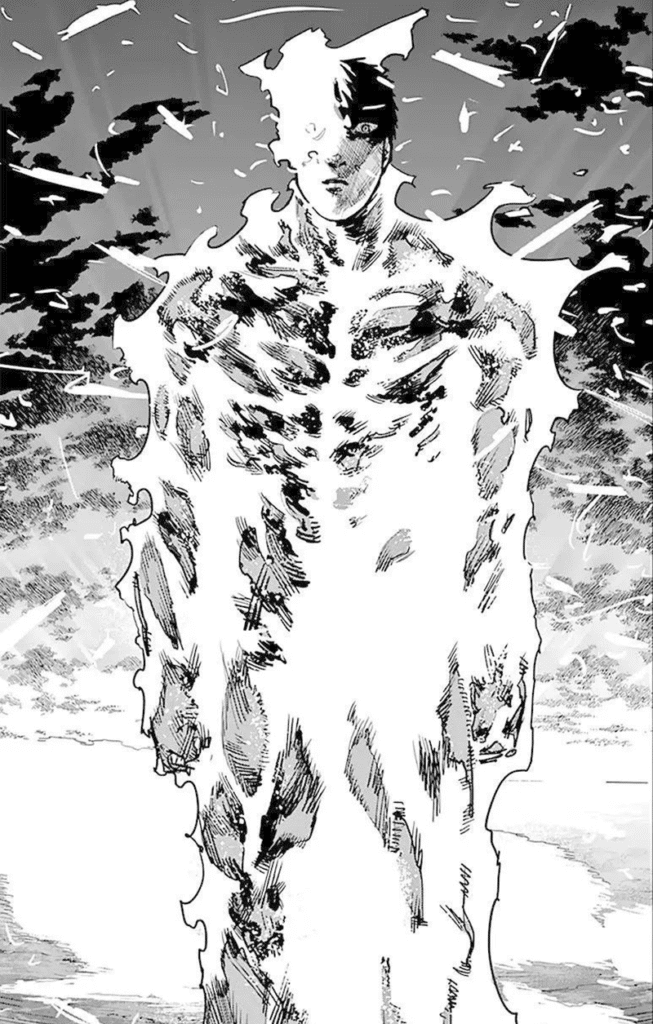
Fire Punch is one of the bleakest and most boundary-pushing shonen series of the last decade. Before Chainsaw Man made Tatsuki Fujimoto a household name, he created this icy science-fiction nightmare of revenge, nihilism, and meta-storytelling. It’s a brutal, bizarre experience that feels unlike anything else in the medium, a must-read for anyone who enjoys the best manga experimenting with form and tone.
The story takes place in a frozen world, where survival has driven humanity into cruelty. Agni, a young man with regenerative abilities, lives with his sister Luna until a soldier named Doma incinerates their village with flames that never extinguish. Luna dies, but Agni continues to burn and regenerate. His endless agony becomes fuel for a single-purpose: revenge.
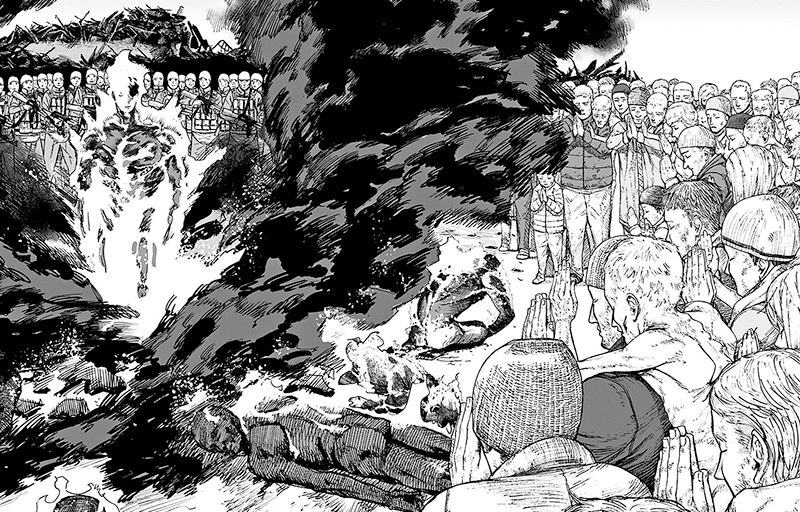
Fujimoto builds the horror slowly, layering cannibalism, warfare, and desperation into a post-apocalyptic setting where morality has collapsed. The world feels sick and tired, and Agni’s journey reflects that. Yet the manga shifts sharply once Togata appears, a chaotic film fan obsessed with turning Agni into the protagonist of the greatest movie ever made. Their presence transforms Fire Punch into a strange blend of satire, action, science-fiction, and commentary on storytelling itself.
The art matches the tone perfectly. Sparse landscapes, distorted bodies, and explosive motion create a harsh visual rhythm that carries the story forward even in its quietest moments.
Fire Punch is violent, confrontational, and sometimes absurd, but also fiercely original. Readers who appreciate dark, experimental science-fiction will find an unforgettable experience here.
Genres: Horror, Gore, Post-Apocalyptic
Status: Completed (Shonen)
Psychological, Thriller, and Mystery Manga
Psychological, thriller, and mystery manga have become a major pillar of the medium due to their focus on complex characters, intense suspense, and clever plotting. These stories explore the darker corners of the human mind and the shadowy spaces where tension builds with every page. The manga in this section are perfect for readers who enjoy twisted narratives, dark crime tales, or mysteries that reward close attention.
If you’re looking for even more recommendations, check out my main list of the best psychological manga, the best thriller manga, or the best mystery manga.
Homunculus
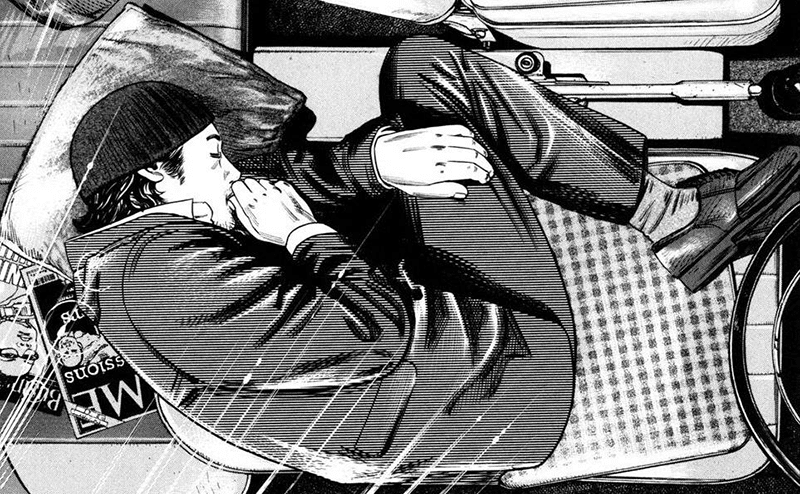
Homunculus by Hideo Yamamoto is one of the most ambitious psychological manga ever created, a disturbing character study that dives straight into the subconscious. While Yamamoto is known for extreme titles like Ichi the Killer, Homunculus stands out for its slow, unnerving atmosphere rather than shock value. It’s easily among the best manga for readers who want psychological depth over conventional thrills.
Between a luxury hotel and a homeless encampment, a man named Susumu Nakoshi lives in his car. His life changes when medical student Manabe Ito persuades him to undergo trepanation, a procedure said to unlock hidden mental perception. Afterward, Nakoshi sees warped, symbolic versions of the people around him. These homunculi are not monsters but manifestations of their inner wounds and buried trauma, turning every encounter into a window into another person’s psyche.

What makes Homunculus exceptional is its commitment to psychological realism. Rather than treating these visions as supernatural, Yamamoto uses them to explore repression, identity, and the fractures within Nakoshi himself. The deeper he peers into others, the more unstable his own sense of self becomes. The atmosphere grows increasingly tense as reality and hallucination blend together.
Yamamoto’s artwork is once again fantastic. His realistic expressions contrast with the grotesque, often unsettling designs of the homunculi, creating a visual language that is both symbolic and deeply emotional.
Haunting, introspective, and bold, Homunculus is a must-read for anyone seeking a psychological thriller that pushes the boundaries of the genre.
Genres: Psychological, Horror, Philosophical, Drama
Status: Completed (Seinen)
Kasane

Kasane is a gripping psychological manga, blending showbiz drama and supernatural horror into a raw exploration of identity, beauty, and ambition. Created by Daruma Matsuura, it follows Kasane Fuchi, a girl with extraordinary acting talent trapped in a disfigured body that isolates her from everyone around her. Bullied and ignored, she grows up believing talent alone is never enough when the world refuses to see past her appearance.
Everything changes when she discovers her late mother’s secret: a mystical lipstick that allows Kasane to steal another person’s face with a kiss. At first, this ability feels like salvation. Kasane steps into borrowed beauty, taking opportunities she was denied her entire life. What begins as escape soon spirals into obsession as she becomes dependent on wearing other identities. Each borrowed face pushes her further from her own sense of self.
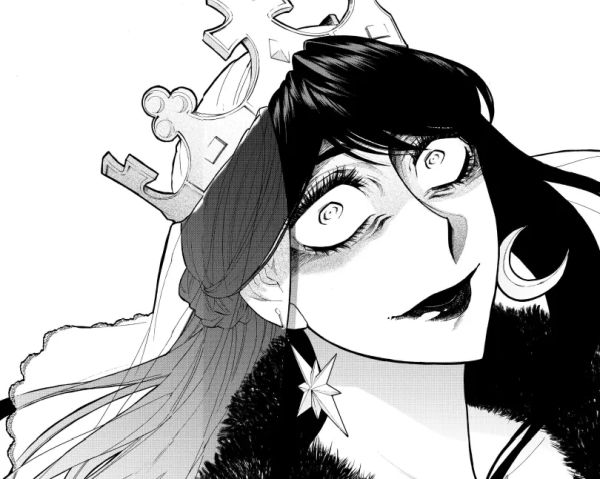
Kasane stands out as one of the best manga for readers who enjoy character-driven psychological drama. Its intensity comes not from action, but from the emotional collapse of its characters. The story digs deep into themes of vanity, longing, and the destructive nature of envy, all while offering a haunting look at the entertainment industry and the pressure it places on women.
Matsuura’s artwork elevates the story with elegant yet unsettling character expressions that reveal more than dialogue ever could. Kasane’s fractured identity unfolds in a theatrical, almost cinematic atmosphere that lingers long after the final chapters.
Genres: Psychological, Drama, Supernatural
Status: Completed (Seinen)
Bokutachi ga Yarimashita
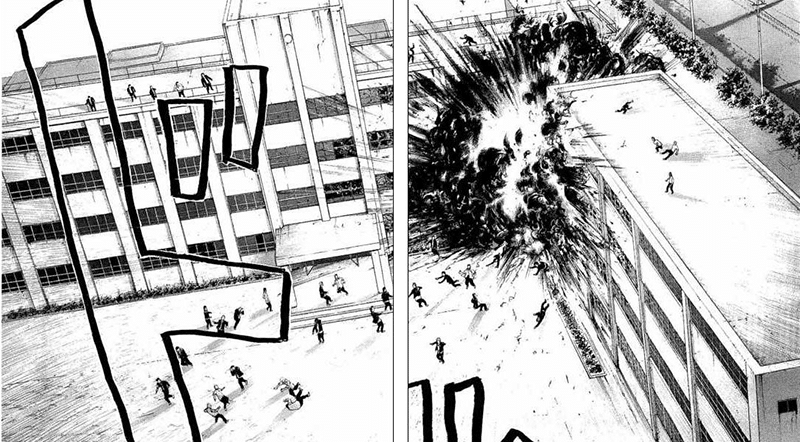
Before Blue Lock, Kaneshiro Muneyuki wrote one of the darkest, most uncompromising psychological dramas in seinen manga. At first, Bokutachi ga Yarimashita appears to be a simple story of ordinary youth before collapsing into a harrowing exploration of guilt, denial, and the limits of human weakness. It’s not a comforting read, but easily one of the best manga to capture the slow corrosion of conscience.
The premise centers on four bored high schoolers drifting through their daily lives until a petty act of revenge spirals into a tragedy they never intended. What follows is not a thriller about escaping the law, but a character study about the crushing weight of responsibility. Each boy unravels in a different way as the consequences escalate, and the story focuses less on what happened and more on how they cannot live with it.
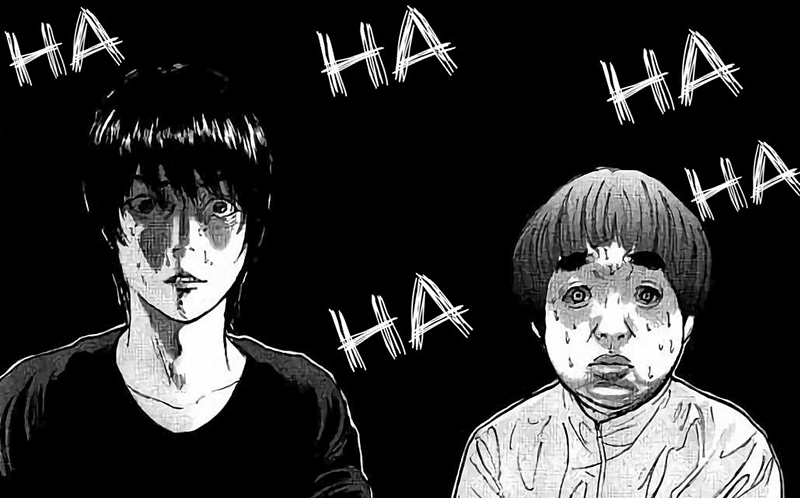
Kaneshiro’s writing is sharp, precise, and emotional. The tension builds through quiet moments, awkward silences, and the uneasy way characters avoid confronting the truth. The art reinforces this atmosphere with expressive faces and subtle body language that reveals far more than dialogue. Watching these teenagers crumble under pressure is brutal, believable, and impossible to look away from.
Bokutachi ga Yarimashita stands out because it never searches for redemption. It presents guilt as something that stains and lingers, a psychological burden that reshapes every choice the characters make. For readers who want a bleak, gripping, and intensely human psychological manga, this is an unforgettable experience.
Genres: Psychological, Crime, Drama
Status: Completed (Seinen)
My Dearest Self With Malice Aforethought
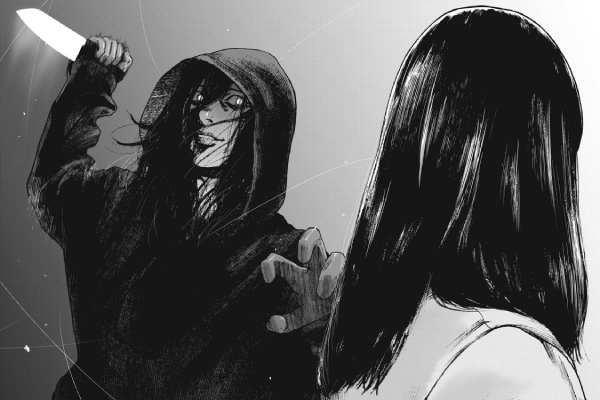
Hajime Inoryuu and Shota Ito’s My Dearest Self With Malice Aforethought is one of the most gripping psychological thrillers in modern manga, a tightly crafted mystery that hooks you from the first chapter and never lets go. It blends identity horror, crime drama, and tense psychological suspense into an incredibly addictive package. If you enjoy stories that constantly shift, this is easily among the best manga to pick up.
Eiji Urashima is an ordinary college student whose life unravels the moment he wakes up next to a woman claiming to be his girlfriend. Eiji has no memory of her, or of the last few days of his life. When evidence suggests that someone identical to him may have committed a violent crime during his blackout, the manga shifts into a sharp, escalating mystery where every answer leads to new doubts.
What makes this series so effective is how it bridges twist-heavy plotting with genuine psychological tension. The first half is a rapid-fire barrage of reveals, each re-contextualizing the story without feeling cheap. Even when the narrative edges into unbelievable territory, the thrills remain gripping. The second half turns more reflective, giving space to explore the story’s deeper themes and slowly unravel its central mystery.
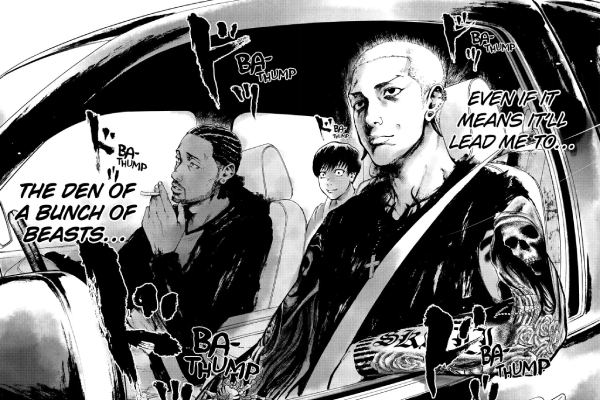
Ito’s art strengthens the tension. Clean, realistic faces highlight subtle expressions, and the cinematic paneling adds weight to every confrontation. Shadows, close-ups, and quiet panels amplify the unease as Eiji questions what version of himself he can trust.
Fast-paced, unsettling, and surprisingly human, My Dearest Self With Malice Aforethought earns its place as one of the best manga for fans of psychological thriller storytelling.
Genres: Psychological, Thriller, Mystery, Drama
Status: Completed (Seinen)
Inside Mari
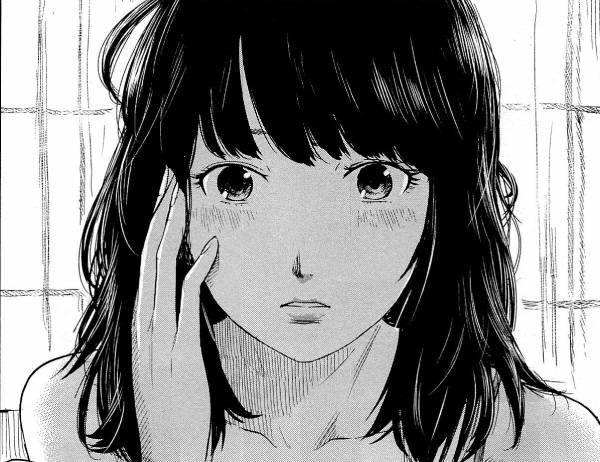
Inside Mari is one of Shūzō Oshimi’s most unsettling and emotionally intricate works, a psychological drama that begins with a simple body-swap premise before spiraling into something far deeper. What begins as a mystery quickly becomes a raw examination of identity, repression, and the painful disconnect between who we are and who we pretend to be. It’s easily one of the best manga to explore the inner mind with such honesty.
We’re introduced to Isao Komori, a withdrawn college dropout who wakes up one morning in the body of Mari Yoshizaki, a girl he has quietly admired from afar. Instead of playing this setup for comedy or fantasy, Oshimi pushes the narrative inward. Every chapter adds tension as Isao tries to understand Mari’s life, her relationships, and her hidden emotional wounds. The mystery of why this happened becomes almost secondary as we learn what these experiences reveal about both characters.

Oshimi’s expressive art enhances the psychological weight of the story. Subtle gestures, strained smiles, and silent panels carry immense emotional impact, making the unraveling of Mari’s psyche feel intimate and uncomfortable in the best way.
Inside Mari stands out for its controlled pacing, thematic depth, and the haunting truth behind its final revelation. It’s a gripping psychological manga that lingers long after the final page.
Genres: Psychological, Mystery
Status: Completed (Seinen)
Ichi the Killer

Hideo Yamamoto’s Ichi the Killer is infamous for its brutality, but reducing it to shock value alone misses what makes it one of the best manga in the psychological crime genre. Beneath its graphic surface lies a disturbingly intimate examination of trauma, manipulation, and the extremes of human desire. It’s a thriller that forces readers to confront discomfort rather than look away.
The story centers on two damaged men whose paths collide in a violent, unforgettable way. Kakihara is a sadomasochistic yakuza enforcer who seeks meaning through pain, while Ichi is a fragile young man conditioned into becoming a killer. Their cat-and-mouse dynamic forms the heart of the narrative, revealing how cruelty can be both inflicted and internalized.
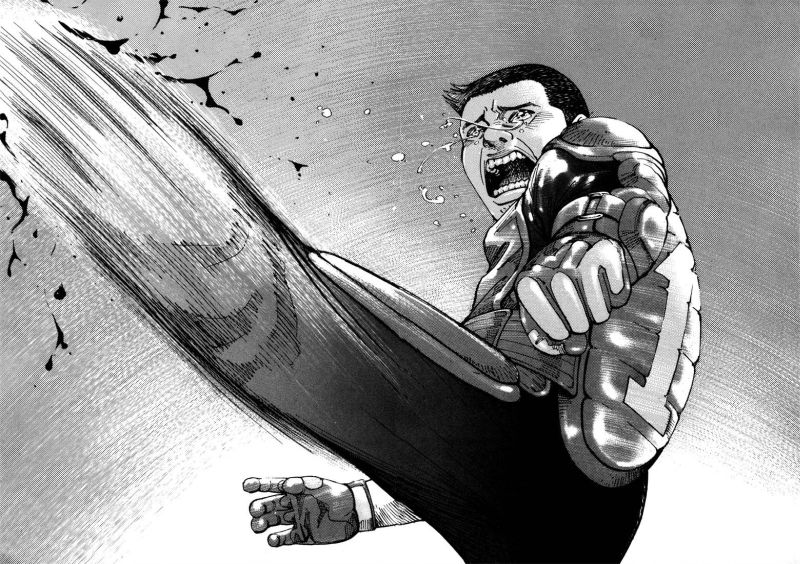
What sets the manga apart is its psychological depth. Yamamoto exposes the vulnerabilities behind each character’s behavior, showing how trauma shapes identity and how easily people are controlled by fear, desire, and loneliness. The criminal underworld they inhabit feels oppressive and raw, a place where emotional weakness is weaponized.
The artwork enhances the intensity. Yamamoto’s realistic linework captures manic expressions, tense stares, and moments of agony with chilling clarity. The violence is graphic, but its purpose is to unsettle rather than excite, pushing the reader deeper into the character’s unraveling minds.
Ichi the Killer is not an easy manga to read, but that difficulty is exactly what makes it so memorable. It’s a grim, powerful psychological thriller that lingers long after its final page.
Genres: Crime, Psychological, Gore
Status: Completed (Seinen)
Helter Skelter
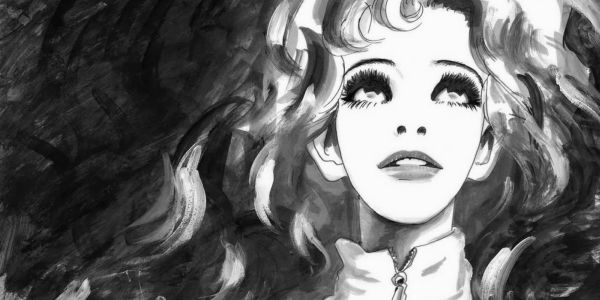
Helter Skelter is one of the most unsettling and psychologically rich manga ever published, a brutal dissection of fame, identity, and the price of perfection. Kyoko Okazaki crafts a razor-sharp character study through Haruko “Liliko” Hirukoma, Japan’s top model whose beauty is entirely manufactured through experimental surgery. On the surface she’s adored, envied, and beloved. Beneath it, her body is deteriorating, and her sense of self is collapsing under the weight of her own fame.
What makes Helter Skelter stand out as one of the best manga in the psychological genre is its unflinching commitment to character. Liliko is magnetic and monstrous at the same time, a woman shaped by an industry that treats her as a disposable product. Her paranoia, cruelty, and desperation feel painfully real, turning her downward spiral into a gripping and uncomfortable experience. The manga never leans into shock tactics. Instead, the horror comes from watching a person unravel as everything that once defined her slips away.
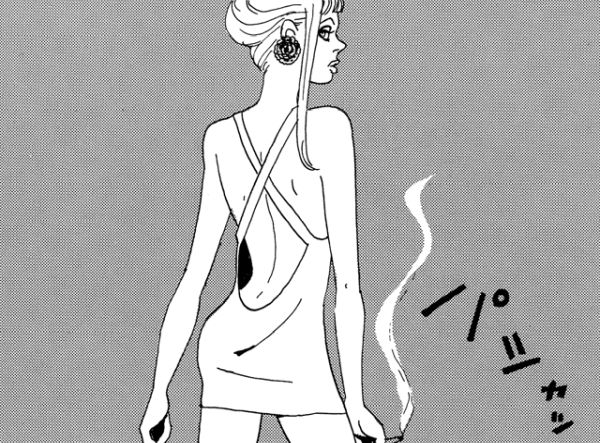
This descent is amplified by Okazaki’s art style, which uses sketchy, imperfect linework that gives every page a frantic energy, mirroring Liliko’s fractured state of mind. Scenes feel messy, raw, and jagged, reinforcing the theme that beauty itself is a manufactured lie.
Bold, stylish, and deeply honest, Helter Skelter remains a landmark psychological drama. It’s a must-read for anyone interested in manga that explore identity through a darker, more human lens.
Genres: Psychological, Drama, Avant-Garde
Status: Completed (Josei)
MPD Psycho
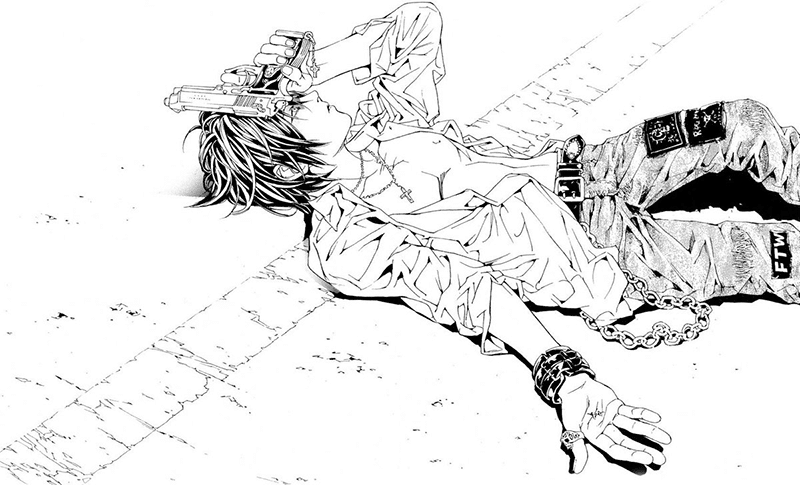
MPD Psycho is one of the most ambitious psychological crime manga ever published, a series that uses mystery and horror to dissect the human mind with surgical precision. Created by Eiji Otsuka and Shou Tajima, it begins as a detective story but quickly evolves into a labyrinth of identity and conspiracy. It’s intense, disturbing, and impossible to put down, earning its reputation as one of the best manga in the psychological thriller genre.
The protagonist, Kazuhiko Amamiya, lives with multiple personality disorder, and his fractured identity becomes the core of the narrative. Each personality reveals a different perspective on the gruesome cases he investigates, and the tension between them mirrors the story’s theme of control and corruption. What seems like a series of isolated killings expands into a chilling plot involving cults, brainwashing, and a shadowy organization that seems to be pulling the strings behind every murder.
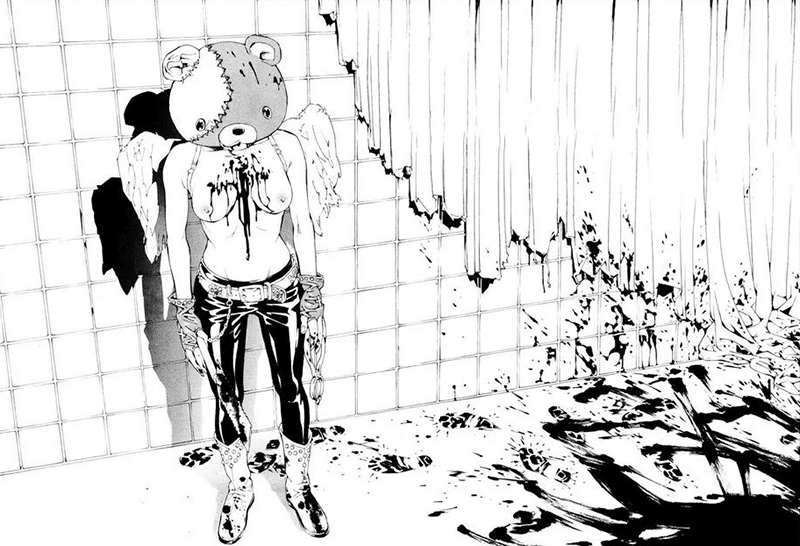
Shou Tajima renders every crime scene in stark detail, giving the violence a cold and clinical feel rather than cheap shock value. The characters are disturbingly realistic, grounding the surreal elements of the story in gritty realism.
Dense, intelligent, and unapologetically dark, MPD Psycho is a psychological thriller that rewards readers who enjoy complex mysteries and unsettling explorations of self. It’s a standout choice for readers seeking a mature, uncompromising crime manga.
Genres: Psychological, Horror, Mystery, Crime, Thriller
Status: Completed (Seinen)
Aku no Hana
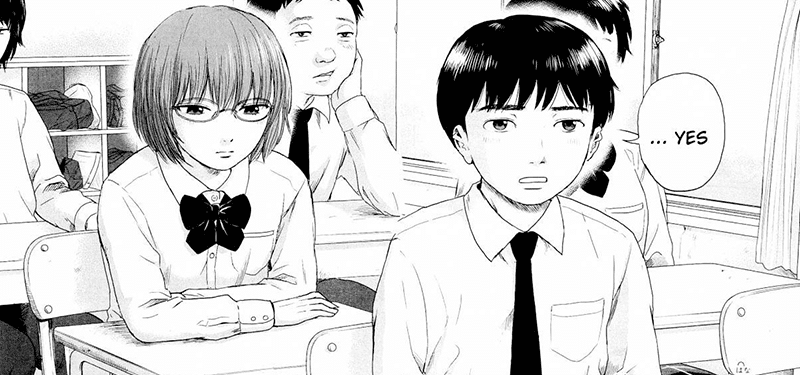
Aku no Hana is one of Shūzō Oshimi’s most unsettling achievements, a psychological manga that transforms an ordinary school setting into a claustrophobic portrait of obsession and emotional breakdown. What begins as a small, shameful mistake spirals into a tense character drama that feels raw, unpredictable, and painfully authentic.
The story follows Takao Kasuga, a quiet boy who escapes into literature, idolizing Baudelaire’s Les Fleurs du Mal. After he steals his crush’s gym clothes, he gets confronted by Sawa Nakamura, a classmate who witnessed the deed, and forces him into a twisted pact. Their relationship becomes a pressure cooker of guilt, rebellion, and self-discovery, pushing Kasuga deep into territory he never imagined.
Oshimi excels at capturing the psychological turmoil of adolescence. Kasuga’s fear, confusion, and loneliness bleed through every scene, while Nakamura’s volatile presence injects constant tension. Their dynamic is uncomfortable but riveting, revealing how easily a fragile identity can fracture under shame and desire.
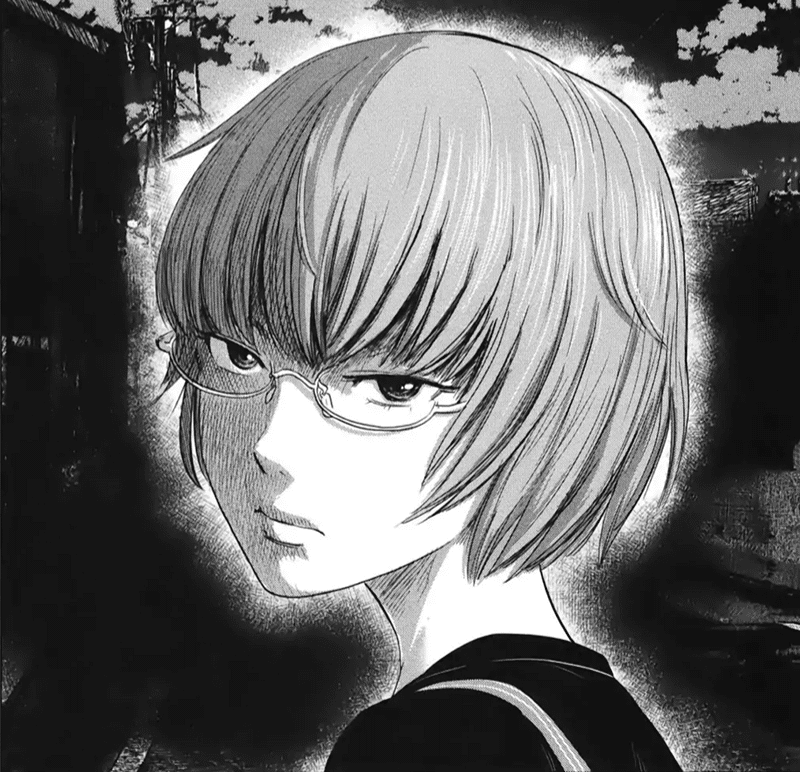
The art amplifies the mood through expressive faces, heavy silence, and a small-town backdrop that feels isolating and suffocating. As the manga progresses, surreal imagery seeps into the panels, blurring the line between emotional perception and reality.
Aku no Hana stands as one of the best manga for readers seeking a psychological story rooted in human weakness, youthful confusion, and moral collapse. It’s disturbing, intimate, and unforgettable.
Genres: Psychological, Drama, Coming-of-Age
Status: Completed (Shonen)
A Suffocatingly Lonely Death
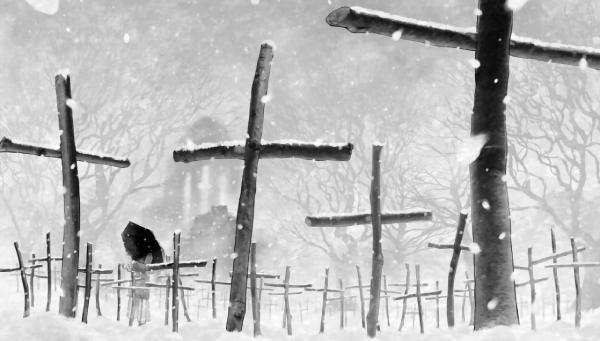
A Suffocatingly Lonely Death is one of the most promising psychological thrillers currently running, and a contender for the best manga in today’s crime and mystery landscape. Created by the duo behind My Dearest Self With Malice Aforethought, it delivers the same sharp tension and emotional unease, but with a colder, more deliberate tone.
The story begins with a horrifying case involving the mass murder of children, pulling Jin Saeki into an investigation marked by psychological scars and conflicting testimonies. Quickly, a man named Juuzou Haikawa is revealed as the prime suspect. When his connection to the enigmatic Kanon Hazumi, and their shared past, is unearthed, a complicated narrative about childhood trauma and twisted identity begins.
Rather than relying on shock, the manga excels through atmosphere. Each chapter builds a suffocating sense of dread, carried by detailed character expressions and precise visual storytelling. The art captures the emotional instability with striking clarity, whether through tense body language or the heavy stillness before a confession.
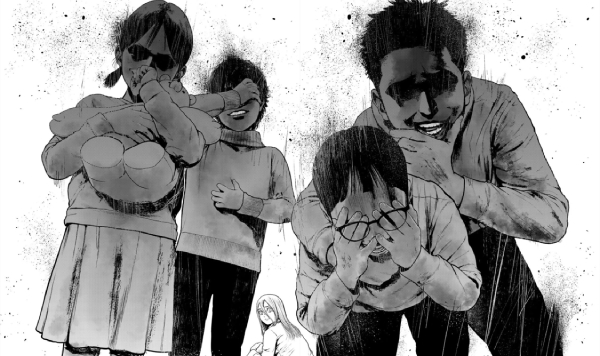
What makes the series stand out is its commitment to psychological realism. The focus stays on how trauma shapes behavior, how guilt can warp a person, and how investigators are sometimes challenged not with obvious villains but rather the depths of the human mind. The mystery unfolds carefully, adding more and more details to a story that’s still far from finished.
A Suffocatingly Lonely Death is an exceptional choice for fans of grounded psychological fiction, delivering a dark, intelligent thriller that only grows more gripping with each chapter.
Genres: Psychological, Mystery, Thriller
Status: Ongoing (Seinen)
Emotional and Depressing Manga
Sometimes you want a story that hits a little harder or simply makes you feel something real. This section highlights a handful of emotional manga that explore the more difficult sides of life, love, loss, and personal growth. These titles resonate deeply and linger long after you finish them.
If you want more recommendations, you can explore my lists of the best depressing manga and the best drama manga.
Solanin
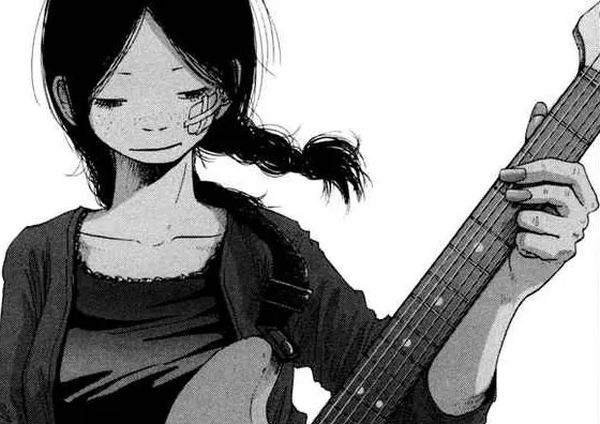
Solanin is one of Inio Asano’s most intimate and emotionally grounded works, a short but deeply affecting slice-of-life story about drifting through adulthood and learning how to carry quiet heartbreak. It’s often recommended among the best manga for readers who want a realistic, tender exploration of ennui, grief, and the fragile hopes that keep people moving forward.
The story follows Meiko and Taneda, a young couple stuck in the limbo of post-college life. They share small dreams, low-paying jobs, and the nagging fear that their lives are slipping into monotony. When Meiko impulsively quits her job, the pair try to reconnect with their love of music and the ambition they once had. What begins as a gentle slice-of-life narrative gradually becomes a meditation on loss and the way ordinary people cope with tragedy.
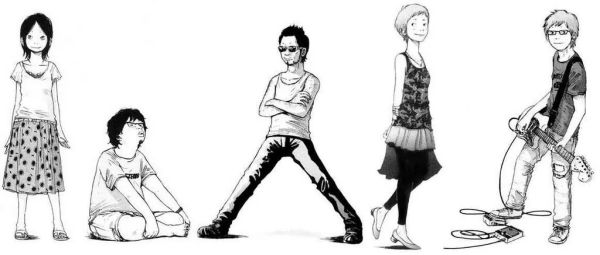
What makes Solanin so effective is how quiet it is. The characters are not extraordinary, yet their everyday frustrations and fleeting joys feel painfully authentic. Asano captures this mood with beautiful artwork: clean cityscapes, expressive faces, and panels that linger on silence, routine, and the small details of daily life. The atmosphere reflects the emotional core of the story, where music, friendship, and grief are woven into a portrait of young adulthood.
Despite its sadness, Solanin remains hopeful. Life does not transform for its characters, but it keeps going, and so do they. It’s a short emotional manga that understands how dreams shape us, even when they fade.
Genres: Drama, Slice of Life
Status: Completed (Seinen)
Nana

For many readers, myself included, Nana is unforgettable partly because of its fantastic anime adaptation, which I watched almost two decades ago. While the anime captures the heart of the story beautifully, it only covers the early portion of what becomes one of the most emotionally devastating and emotionally honest manga ever written. Ai Yazawa’s Nana is a raw, painful, and deeply human exploration of love, loneliness, and the fragile bonds we form while trying to survive adulthood.
The series follows two young women who share the same name but lead completely different lives. Nana Osaki is a driven punk vocalist chasing her dream, while Nana Komatsu, or Hachi, is a hopeless romantic drifting from one relationship to the next. When fate brings them together as roommates in Tokyo, their relationship becomes the emotional core of the story.
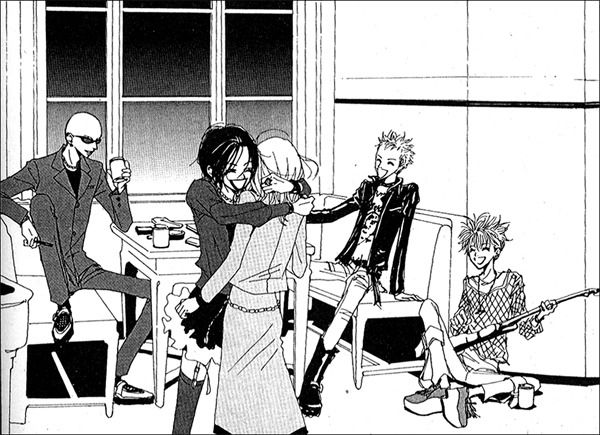
What makes Nana one of the best manga in emotional storytelling is how grounded it feels. Yazawa treats her characters with painful honesty. Their mistakes hurt, their dreams falter, and their relationships crumble under real-world pressure. The manga tracks heartbreak, codependency, betrayal, and grief with a level of maturity that few series come close to.
The art is elegant and stylish, enhancing both the glamor of the music scenes and the quiet devastation that follows the characters wherever they go. Even with its long hiatus, Nana remains a powerful, emotionally draining experience and a must-read for anyone who appreciates character-driven drama.
Genres: Drama, Romance, Psychological
Status: On Hiatus (Josei)
Himizu
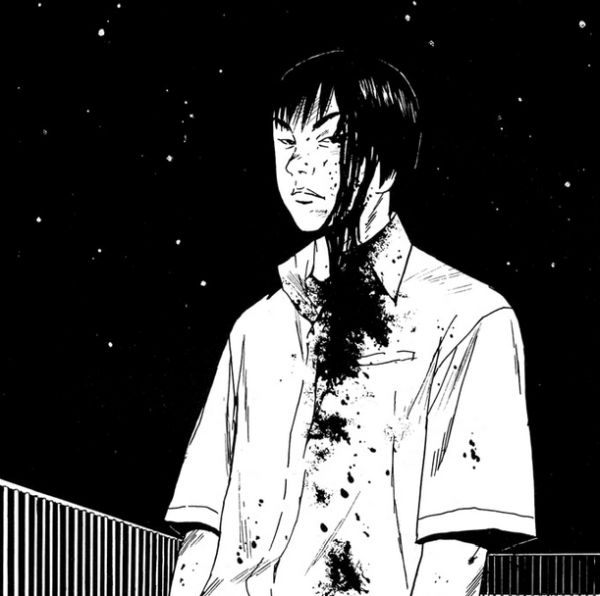
Himizu is, without exaggeration, one of the bleakest and most emotionally punishing psychological manga ever written. If there’s one manga on this entire list that feels truly depressing, it’s Himizu. Minoru Furuya crafts a raw and unforgiving portrait of a boy crushed by circumstances, and the result is an ugly, unsettling, and unforgettable reading experience that stands among the best manga for readers seeking a dark, character-driven tragedy.
The story centers on a middle school boy named Sumida. He has no grand ambitions and only wants to live a quiet, ordinary life, avoiding disaster. Abused by his alcoholic father after his mother abandoned him, Sumida is left alone in a world that seems determined to break him. What begins as slice-of-life soon spirals into a suffocating study of depression, self-loathing, and modern alienation.
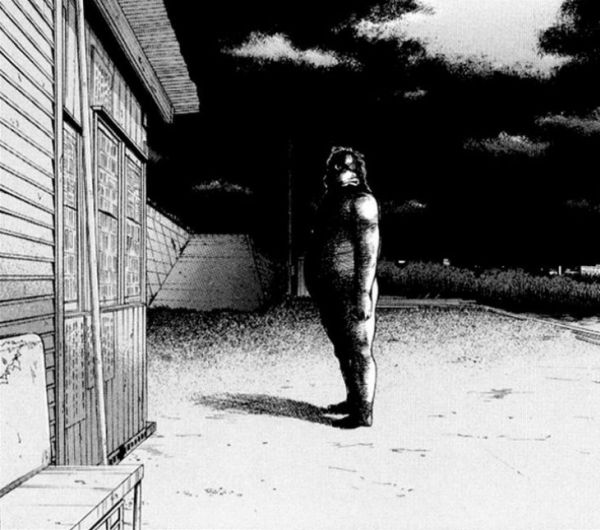
The manga’s general discomfort is amplified by Furuya’s art. His distorted faces, grimy backgrounds, and exaggerated emotional expressions make Himizu one of the ugliest manga on this list in the most intentional way. The visual style reflects the characters’ damaged psyche, capturing despair with brutal honesty rather than beauty.
Himizu offers no easy answers, no redemption, and no comforting resolution. It’s a bleak psychological drama that forces readers to confront the darkest corners of human suffering. Difficult, and painfully real, it remains one of the most powerful works of its kind.
Genres: Psychological, Drama, Tragedy, Slice of Life
Status: Completed (Seinen)
Blue Period

Blue Period is one of the most emotionally resonant art-themed ongoing manga today, and an easy contender for anyone’s list of the best manga about personal growth. Rather than framing art as a magical talent, Tsubasa Yamaguchi presents it as a difficult, frustrating, and ultimately transformative craft. The result is a sincere and often painful look at what it means to chase a dream with everything you have.
The story follows Yatora Yaguchi, a high school student who seems successful on the surface but feels empty inside. His life shifts the moment he encounters a painting that stirs something in him, and from then on he dives headfirst into the world of fine art. Blue Period excels at depicting the process of learning: studies, mistakes, failures, breakthroughs, and the quiet moment where Yatora realizes how little he truly understands. His mindset, especially the iconic line about not being a genius and needing to work until no one can tell the difference, captures the heart of the series. This was something that hit especially close to home, since I share a similar perspective regarding my own writing.

Yamaguchi also surrounds Yatora with a memorable cast whose struggles reflect different problems artists face. Their anxieties, ambitions, and self-doubt feel raw and believable. The art leans into expressive character work and detailed discussions about technique, making the pages feel dense but rewarding.
At its core, Blue Period is about effort, identity, and the courage to commit to something uncertain. It’s a heartfelt, inspiring, and beautifully human story about art-making and the people shaped by it.
Genres: Drama, Psychological, Slice of Life
Status: Ongoing (Seinen)
Boys on the Run
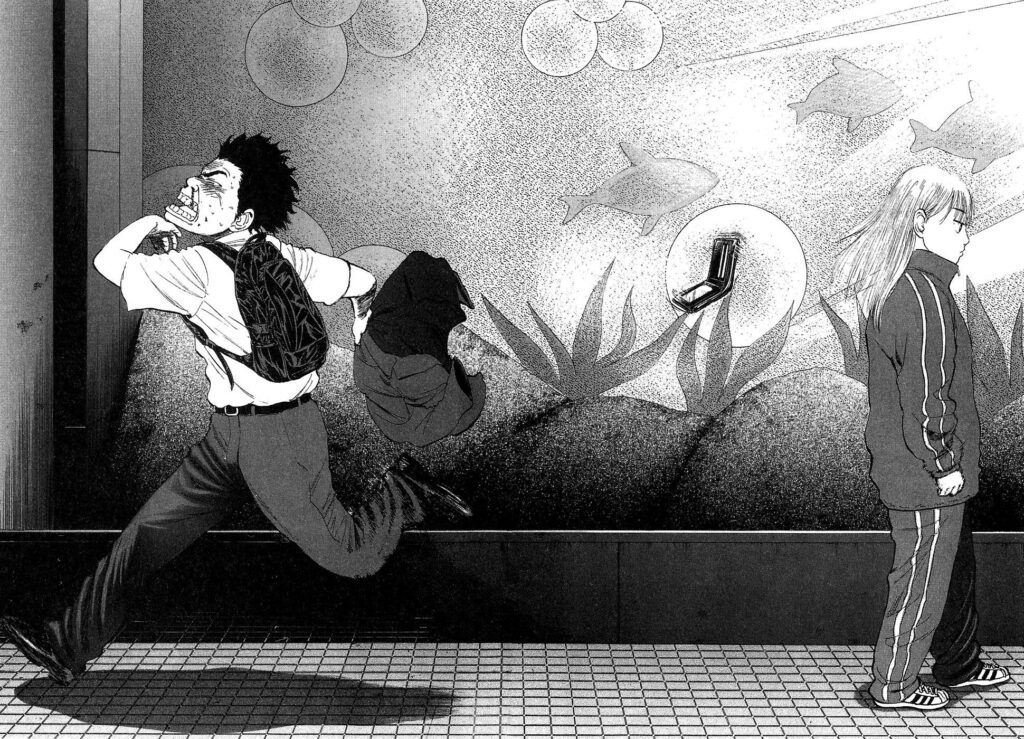
Before Kengo Hanazawa became known worldwide for I Am a Hero, he created Boys on the Run, one of the most brutally honest and quietly frustrating character studies in manga. On the surface, it’s a loser story about a 26-year-old man stuck in a dead-end job, living with his parents, and failing at love, work, and basic self-respect. Underneath it becomes a painfully real portrait of a person who will probably never make it in any conventional sense.
Tanishi might be one of the most infuriating protagonists in any of the best manga on this list. He is weak, insecure, indecisive, and somehow ruins every opportunity that appears in front of him. He’s not evil or malicious. He simply keeps failing because of who he is, and watching him sabotage himself over and over can almost be unbearable. Yet that is exactly what makes Boys on the Run so compelling. The frustration is grounded in recognition. Most people are not heroes or geniuses. They are ordinary, scared, and often stuck, just like Tanishi.

Hanazawa’s rough, expressive art fits the tone perfectly. Faces twist with embarrassment, shame, and fleeting joy. The boxing, the romance, and the humiliation all feel raw and real rather than stylized. It’s a depressing manga, often ugly in both visuals and emotions, but also incredibly sincere. If you can endure the secondhand embarrassment, Boys on the Run offers a harsh, unforgettable look at failure, longing, and the stubborn will to keep going.
Genres: Psychological, Drama, Slice of Life
Status: Completed (Seinen)
Underrated Gems
There are incredible manga that rarely get the attention they deserve, even though they can stand alongside the medium’s most celebrated works. This section highlights some of these underrated gems that should not be overlooked. Each of these titles brings something special but has often been overshadowed by more popular or mainstream releases.
If you want more hidden gems, you can check out my list of the best underrated manga.
Franken Fran

Franken Fran is one of the most underrated gems in manga, a bizarre and unforgettable fusion of horror, comedy, and speculative science that deserves far more recognition. While many readers look to more famous titles for their dose of horror and dark comedies, Katsuhisa Kigitsu’s creation stands shoulder to shoulder with the best manga in the genre thanks to its originality, bold imagination, and twisted sense of playfulness.
The series follows Fran Madaraki, an artificial girl stitched together by a legendary surgeon. With her creator missing, Fran takes over his job and offers surgeries to clients seeking cures, beauty, or impossible enhancements. Every chapter is a self-contained descent into medical chaos. Fran’s genius is unmatched, but her ethics are loose at best, leading to transformations that range from absurdly funny to deeply disturbing.
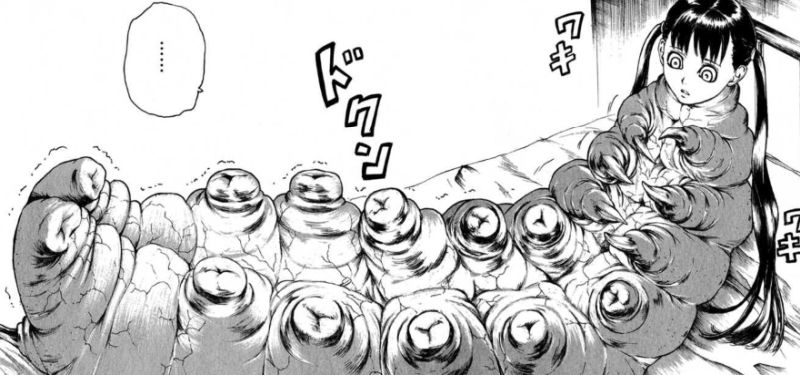
What makes Franken Fran such a standout is the strange harmony between cheerful optimism and grotesque body horror. Fran performs surgeries with the enthusiasm of a child doing arts and crafts, even when the results are horrifying. This contrast gives the manga a surreal charm few series achieve. Kigitsu’s crisp, clinical art style amplifies every incision and mutation while still keeping the tone surprisingly light and fast-paced.
Despite its brilliance, Franken Fran often flies under the radar, overshadowed by more mainstream horror titles. Yet for readers craving a weird, creative, and darkly humorous experience, it’s easily one of the best manga to discover.
Genres: Weird, Horror, Science/Medical, Sci-Fi, Comedy
Status: Completed (Shonen)
Kamisama no Iutoori and Kamisama no Iutoori Ni

Kamisama no Iutoori is easily one of the most underrated gems in the survival-game genre. Written by Muneyuki Kaneshiro and illustrated by Akeji Fujimura, this series delivers some of the most creative and chaotic death games in manga, yet it remains strangely overlooked despite being one of the best manga of its kind. Both the original series and its sequel, Kamisama no Iutoori Ni, combine brutality, tension, and surreal imagination with a level of unpredictability that other survival titles rarely match.
Shun Takahata is an ordinary student whose life is shattered when his class is forced to play a lethal Daruma game. What follows is a relentless escalation of deadly challenges and horrifying spectacle. The sequel expands the premise with a new cast and even more elaborate scenarios before tying everything together.
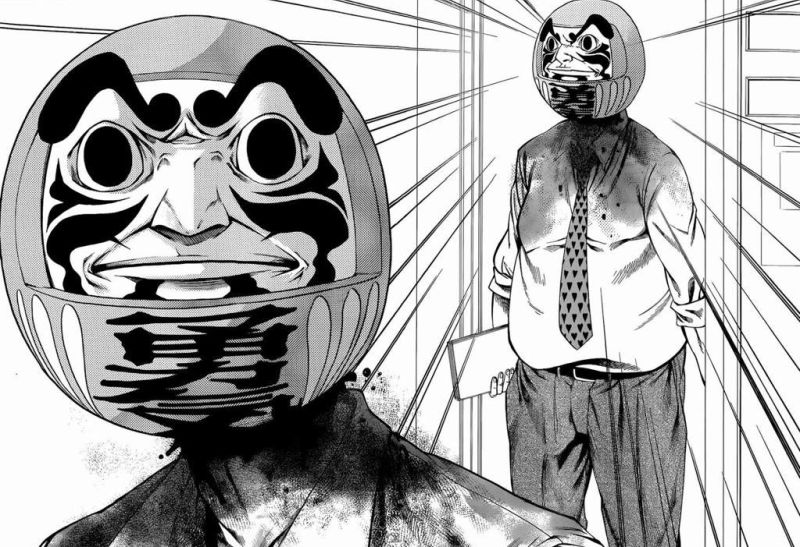
What truly elevates the manga is its cast of unhinged, memorable characters. Amaya shines due to his chaotic, unhinged brilliance, while Ushimitsu turns from a crazed wildcard into one of the series’ most compelling characters. The art also evolves dramatically between parts, with Part 2 showcasing sharp, dynamic action sequences and stylish paneling that heighten the madness.
While some of the sequel’s games drag on a bit too long, and the ending remains divisive, Kamisama no Iutoori stands out as a bold, imaginative, and fiercely entertaining survival thriller. For readers seeking underrated gems that are as thrilling as they are absurd, this is a must-read.
Genres: Survival, Psychological Thriller, Action
Status: Completed (Shonen)
Smuggler

Smuggler is one of the most underrated gems that proves a manga doesn’t need dozens of volumes to leave a lasting impact. Before Manabe Shōhei became known for Yamikin Ushijima-kun, he delivered this tight, stylish crime thriller that blends gritty realism with the sharp, chaotic energy of a Tarantino film. At a single volume, it’s easily one of the best manga for readers who wants a fast, brutal, and unforgettable story.
Yosuke Kinuta is a failed actor drowning in debt forced to work for a corpse-disposal crew. What starts as a desperate attempt to survive quickly evolves into a violent spiral involving the yakuza, eccentric criminals, and two terrifying Chinese assassins who dominate every scene they appear in. Yosuke is an ordinary man trapped in extraordinary danger, and his perspective grounds the story even as things get increasingly unhinged.

What makes Smuggler a standout is its tone. The manga is grimy, tense, and filled with dark humor, but never loses its sense of momentum. Manabe’s art leans into realistic proportions and slightly grotesque facial expressions, giving the characters a distinct presence that fits the brutal underworld setting perfectly.
Despite its short, single-volume run, the action is kinetic, the pacing relentless, and the final hits hard. Smuggler is proof that a short seinen can still deliver enormous impact. If you enjoy raw crime stories and overlooked cult classics, this is one of the most underrated manga you shouldn’t miss.
Genres: Crime, Thriller
Status: Completed (Seinen)
Utsubora

Utsubora is one of those rare underrated gems that quietly surpass many of the best manga in psychological fiction. Despite its brilliance, it remains surprisingly overlooked. Asumiko Nakamura crafts a haunting, slow-burn mystery about identity, creativity, and the fragile line between inspiration and obsession.
Shun Mizorogi is a once-lauded novelist who now struggles with his fading talent. His life collapses when a young woman named Aki Fujimoto commits suicide, and her identical twin sister appears soon after. At the same time, Mizorogi’s new manuscript becomes suspected of resulting from plagiarism. These events intertwine with unsettling precision, turning his life into a maze of guilt, desire, and decaying artistic purpose.
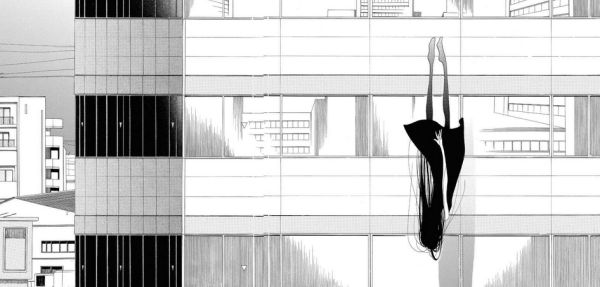
What makes Utsubora exceptional is how quietly it delivers its psychological weight. Rather than indulging in dramatic twists, it relies on atmosphere, restrained dialogue, and emotional ambiguity. Nakamura’s delicate linework enhances the mood. Characters are drawn with soft, elegant expressions that hide more than they reveal, giving every scene a subtle tension. Even its erotic elements feel melancholic, emphasizing longing rather than shock.
As a psychological drama, Utsubora stands out for its maturity. It’s introspective, patient, and deeply reflective about the pressure of creation and the fear of mediocrity. For readers who enjoy character-driven mysteries with artistic themes, this underrated manga is a must-read. It’s beautifully crafted, emotionally layered, and lingers in the mind long after the final page.
Genres: Psychological, Drama, Mystery
Status: Completed (Josei)
Wakusei Closet

Wakusei Closet is one of the most overlooked gems in modern cosmic horror manga. It starts with the softness of a dream, but soon twists into something eerie and unforgettable. At first glance, it feels almost gentle, but then the nightmare begins.
The story centers on Ami, an ordinary student who slips into another world whenever she falls asleep. This dream world is strange but not immediately threatening, especially once she meets Flare, a mysterious girl who seems to be trapped there as well. Their growing friendship gives the early chapters an almost tender tone. But Wakusei Closet reveals its true nature quickly. Creatures built from nightmare logic stalk the shifting landscape. People who die in the real world reappear in distorted, monstrous forms, and the boundary between dream and reality begins to break.

What makes this one of the best manga hidden beneath the mainstream radar is the balance between terror and innocence. The round, soft art style lures the reader into a false sense of comfort before unleashing some of the most bizarre and haunting imagery in recent manga. Body transformations, parasitic beings, and cosmic entities appear without warning, all rendered with a quiet surrealism that leaves a lasting impression.
The final twist is astonishing and reframes everything that came before it, showing just how good at writing its creator Tsubana truly is.
If you enjoy weird, emotionally charged horror and want an underrated manga that stands apart from genre conventions, Wakusei Closet is absolutely worth your time.
Genres: Weird, Fantasy, Psychological, Horror, Shojo-ai
Status: Completed (Seinen)
Green Blood
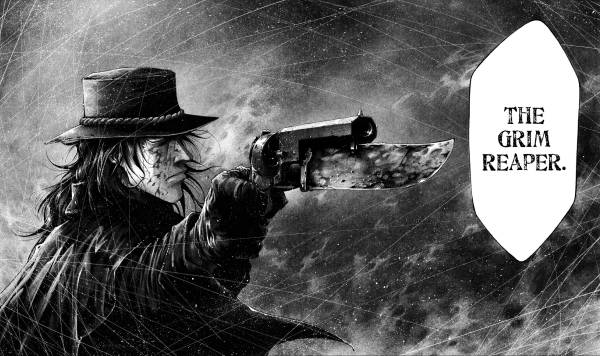
Masasumi Kakizaki’s Green Blood is one of the most underrated gems that almost no one talks about, yet it delivers a level of style, grit, and tension that easily competes with the best manga in the seinen crime genre. We are transported to 19th-century New York’s infamous Five Points, a lawless slum ruled by gangs, poverty, and corruption. It’s a setting rarely explored in manga, and Kakizaki uses it to craft a bleak, cinematic crime saga that feels fresh even years after its release.
The story follows the Burns brothers, two young men who couldn’t be more different. Luke longs for a peaceful life far from the slums, while Brad hides a violent secret as the Grim Reaper, an assassin working for the Grave Digger gang. Soon, the two are plunged into an escalating story of gang warfare, betrayal, and the harsh reality that survival sometimes demands bloodshed. And yet, the brothers’ bond never wavers, forming the manga’s emotional core, and making it far deeper than its revenge-driven surface suggests.
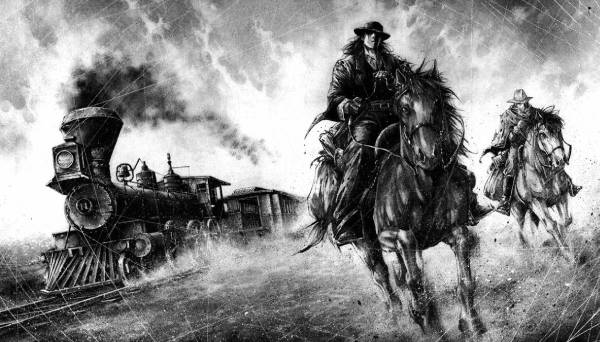
What truly makes this one of the best manga you’ve probably never heard of is its artwork. Kakizaki’s heavy shading, detailed cityscapes, and explosive action sequences create a world that feels harsh, dirty, and alive. Gunfights crackle with energy, and the period setting is brought to life with impressive accuracy.
Though short and sometimes reliant on familiar tropes, Green Blood remains an unforgettable, stylish thriller that deserves far more recognition. Fans of dark historical dramas and gritty action should not skip this hidden gem.
Genres: Historical, Action, Crime, Drama
Status: Completed (Seinen)
Me and the Devil Blues
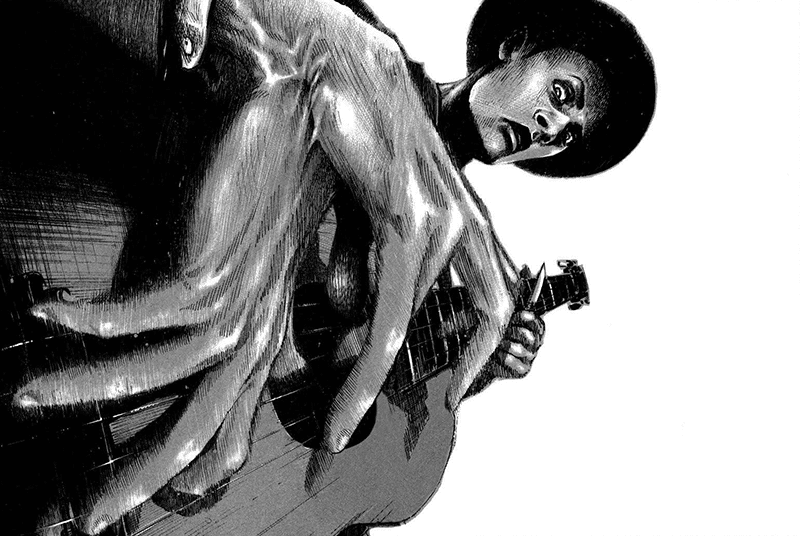
Most readers know Akira Hiramoto for Prison School, but long before that breakout hit, he created one of the most underrated gems in seinen manga: Me and the Devil Blues. It’s a dark, hypnotic reimagining of blues musician Robert Johnson’s life, blending historical drama with supernatural dread in a way no other series has matched. For readers looking for the best manga that slipped under the radar, this one deserves immediate attention.
The story centers on Robert “RJ” Johnson, a struggling blues musician in the 1930s American South. Desperate for talent, he makes a deal at the crossroads and suddenly gains impossible musical ability. What should be a blessing quickly becomes a curse. RJ is drawn into a violent, paranoid nightmare that mixes racism, crime, and eerie myth in a relentless spiral of tension.
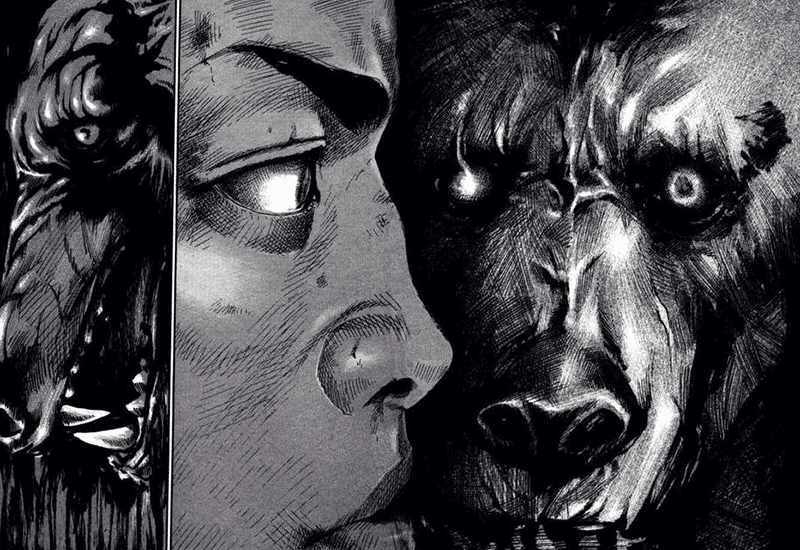
What makes this manga so unforgettable is its suffocating atmosphere. Hiramoto captures the Jim Crow South in striking detail. Crowded juke joints, dusty roads, and hostile towns feel alive on the page. His dense linework and cinematic pacing turn even quiet moments into scenes charged with dread.
The characters deepen this intensity. RJ is passive yet emotionally gripping, a man swept along by forces he cannot control. Clyde Barrow is a fascinating yet chaotic companion, while Stanley McDonald injects quiet menace into every scene he appears in.
Though early chapters can be disorienting, once the story locks in, it becomes one of the most suspenseful works in seinen storytelling. Me and the Devil Blues is a haunting, beautifully crafted manga that deserves far more recognition.
Genres: Historical, Psychological, Horror, Mystery
Status: On Hiatus (Seinen)
Dai Dark

Dai Dark is one of the most underrated manga currently running, which is surprising given that it comes from Q Hayashida, the creator of the wildly influential Dorohedoro. While her earlier series became a cult phenomenon, Dai Dark often slips past mainstream attention despite offering the same blend of chaotic energy, grimy art, and bizarre humor that made her one of the best manga creators working today.
The manga centers on Zaha Sanko, a mysterious young man whose bones can grant any wish. This makes him the galaxy’s most valuable target, but instead of leaning into bleak survival horror, Dai Dark embraces cosmic absurdity. Sanko travels through space with an unforgettable crew, casually cracking jokes while fighting off assassins, bone thieves, and eldritch cults. The tone shifts effortlessly between horror and slapstick, creating a unique anarchic atmosphere.

Hayashida’s art is as dense and textured as ever. Every page feels alive with surreal locations, rotting starships, and grotesque monsters rendered in gritty detail. It’s a universe that feels disgusting and beautiful at the same time. The character design is equally strong, especially with Avakian and Shimada Death, who bring both menace and comedic charm to the cast.
What makes Dai Dark such an overlooked gem is its perfect blend of chaos, comedy, and cosmic horror. It’s a space opera filtered through Hayashida’s uniquely twisted imagination, full of energy and originality. For readers seeking one of the best manga that blends science-fiction, gore, and absurd humor, Dai Dark is an essential pick.
Genres: Horror, Sci-Fi, Comedy, Action, Adventure
Status: Ongoing (Shonen)
Godchild
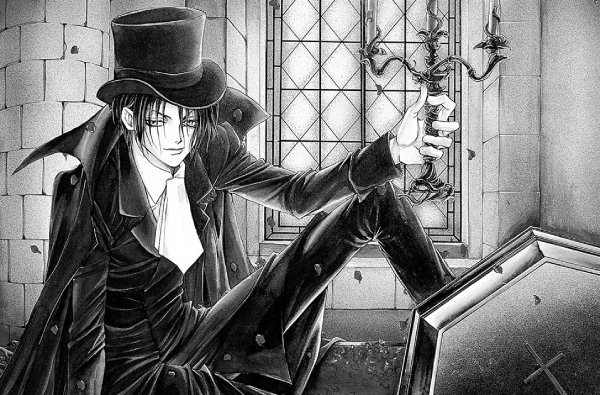
Godchild is one of the most overlooked gems in gothic manga. Although it is technically a shojo series, its atmosphere, violence, and psychological depth place it much closer to the best manga for fans of dark mystery and elegant horror. Set in a stylized version of 19th-century London, the story follows Cain Hargreaves, a young nobleman whose tragic past pulls him into a labyrinth of murder, conspiracies, and family secrets.
What makes Godchild so compelling is the contrast between its ornate, beautiful artwork and the disturbing content lurking beneath its surface. Kaori Yuki fills the series with Victorian-era crimes, cults, taboo relationships, and carefully constructed psychological cruelty. Each case Cain investigates blends macabre imagination with sharp emotional tension, giving the manga a chilling theatrical quality that sets it apart from typical gothic fiction.
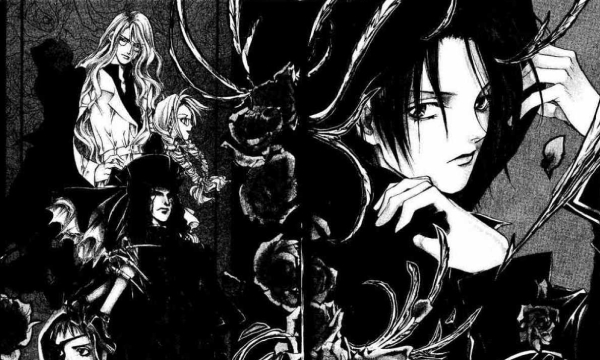
The cast is equally memorable. Cain is a charismatic but fragile protagonist, and his bond with his loyal servant Riff adds emotional weight that builds throughout the series. Subtle elements of BL enhance the tragic undertones rather than functioning as fanservice, reinforcing the sense of doomed intimacy that defines the story’s core relationships.
Godchild is also the continuation of The Cain Saga, though it stands as a stronger and more refined work. Its polished storytelling, haunting atmosphere, and beautifully detailed art make it an underrated treasure for readers who want a gothic mystery with emotional depth and unsettling elegance.
Genres: Horror, Historical, Mystery, BL
Status: Completed (Shojo)
Holyland

Holyland is one of the most underrated gems that quietly proves why so many of the best manga never become mainstream hits. Kouji Mori’s grounded, emotionally raw martial arts drama delivers a level of realism and character depth that’s rarely seen in the genre.
Yuu Kamishiro is a withdrawn high school student who’s been pushed to the margins of society. After years of bullying, Yuu teaches himself a single boxing technique and begins wandering the streets at night in search of a place to belong. His unexpected talent earns him a reputation as the thug hunter, drawing him deeper into the world of street fighters, who, like him, are searching for meaning.
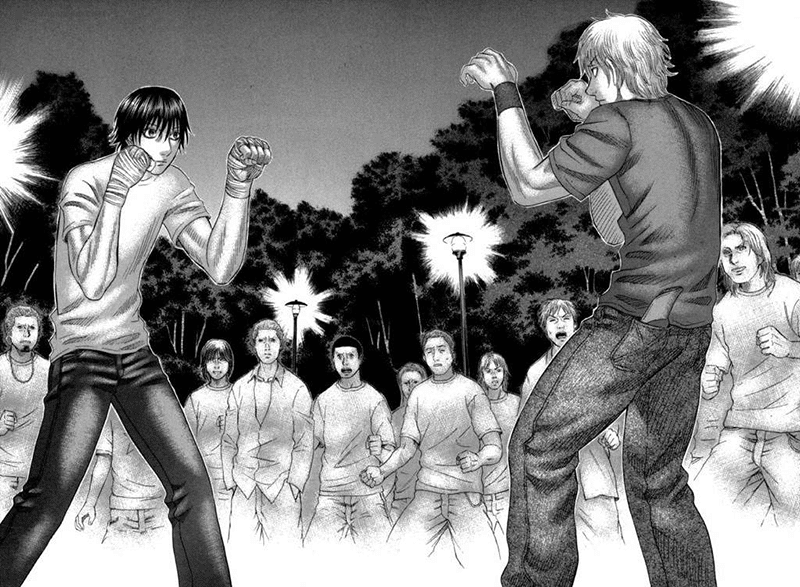
What makes Holyland exceptional is how authentic it feels. Fights are depicted using real martial arts principles, with every stance, punch, and counter explained in a way that enhances tension. Yuu’s growth is not just physical but deeply emotional. His loneliness, desperation, and slow climb toward confidence give the manga surprising weight. Supporting characters like Masaki and Shougo add layers to the story, each representing a different way of how outsiders cope with a world that rejects them.
The art may be dated, but the fight choreography is sharp, dynamic, and meticulously constructed. Despite occasional pacing issues or overly technical exposition, Holyland remains a gripping and heartfelt coming-of-age drama.
Genres: Martial Arts, Coming-of-Age
Status: Completed (Seinen)
Experimental and Weird Manga
Manga has always been a medium that embraces artistic risk and creative freedom. This section is dedicated to works that push boundaries through surreal storytelling, unconventional structure, or bold stylistic choices. These titles may not appeal to everyone, but they showcase some of the most innovative ideas the medium has ever produced.
If you want to read even more genre-bending works, check out my list of the best weird manga.
Soil
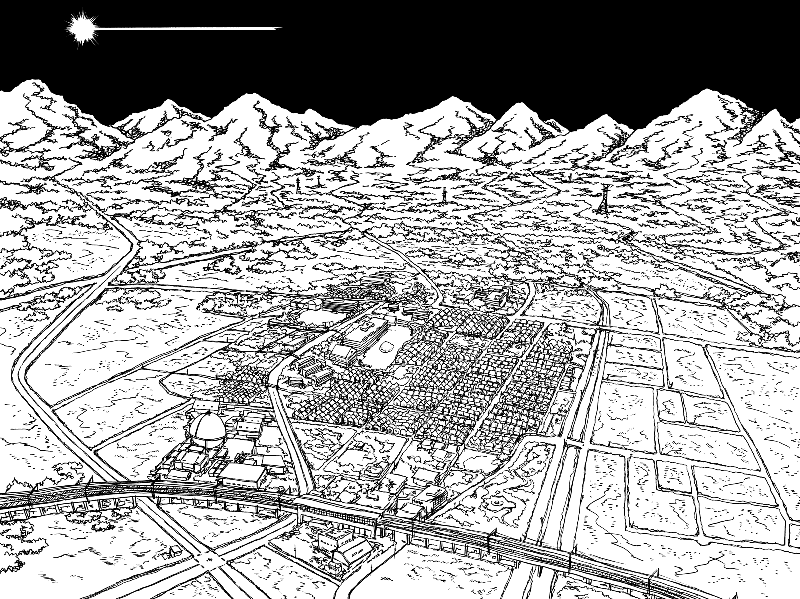
If there’s one manga that could serve as the poster child for this category, it would be Soil, Atsushi Kaneko’s surreal and reality-breaking masterpiece. What begins as a missing-person investigation quickly mutates into one of the strangest, most disorienting narratives in manga. It’s the kind of work that defies explanation, yet remains impossible to put down.
The story opens in Soil New Town, an unnervingly perfect suburban community where a model family mysteriously vanishes. The abrasive, short-tempered Yokoi and the more grounded Onoda are sent to investigate. Soon enough, the case dissolves into a chaotic blend of bizarre clues, shifting environments, and increasingly unhinged townspeople. Every chapter drifts further from logic until the town itself feels like it’s unraveling under cosmic pressure.
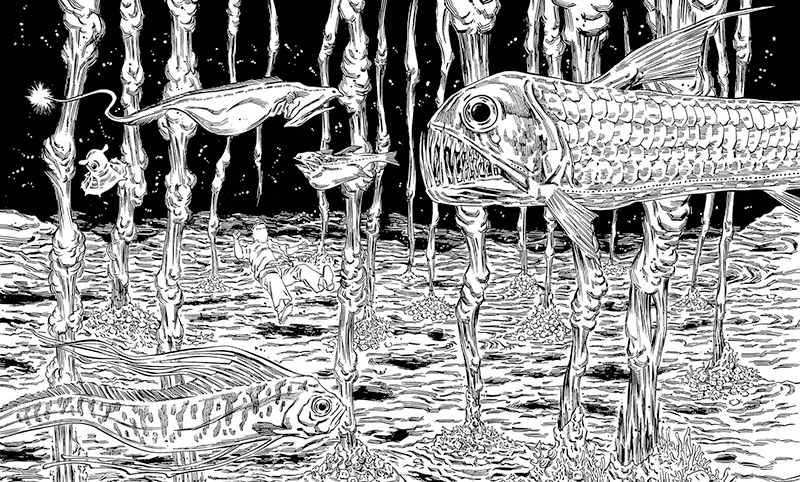
Kaneko’s visual style amplifies the strangeness. The clean, minimalistic art initially evokes Western comic art, only to twist into warped architecture, distorted anatomy, and hypnotic, dreamlike imagery as the mystery deepens. Soil constantly blurs horror and absurdism, delivering ridiculous dialogue one moment and forcing readers to question reality the next.
What makes Soil one of the best manga for fans of experimental storytelling is how confidently it embraces the nonsensical. It offers no clear answers and no tidy resolution, only the thrill of watching normality unravel piece by piece. For readers who love surreal crime fiction, cosmic absurdism, or manga that challenge narrative conventions, Soil is an unforgettable and wildly underrated gem.
Genres: Horror, Crime, Mystery, Psychological, Surreal
Status: Completed (Seinen)
Ultra Heaven
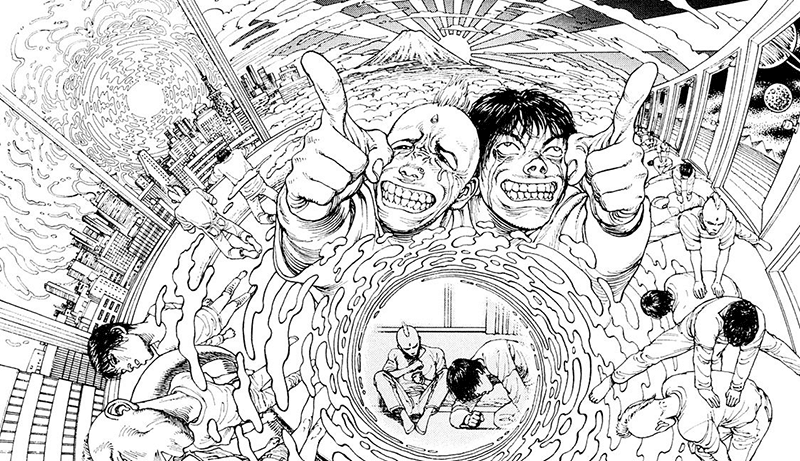
While Ultra Heaven’s story is unconventional and completely unrestrained, it’s the manga’s visual ambition that earns it a place among the best manga in the weird and experimental category. Few works push the boundaries of the medium as boldly as Keiichi Koike’s psychedelic masterwork, a hallucinatory descent into altered consciousness and existential collapse.
We’re introduced to Kabu, a burnout junkie living in a bleak, dystopian future in which emotions can be synthesized like drugs. To numb his dissatisfaction with life, he relies on artificial sensations. His world shifts irreversibly when he samples a new drug called Ultra Heaven. From that moment on, the narrative abandons any conventional structure and plunges headfirst into one of the most surreal and mind-bending trips ever depicted in manga.
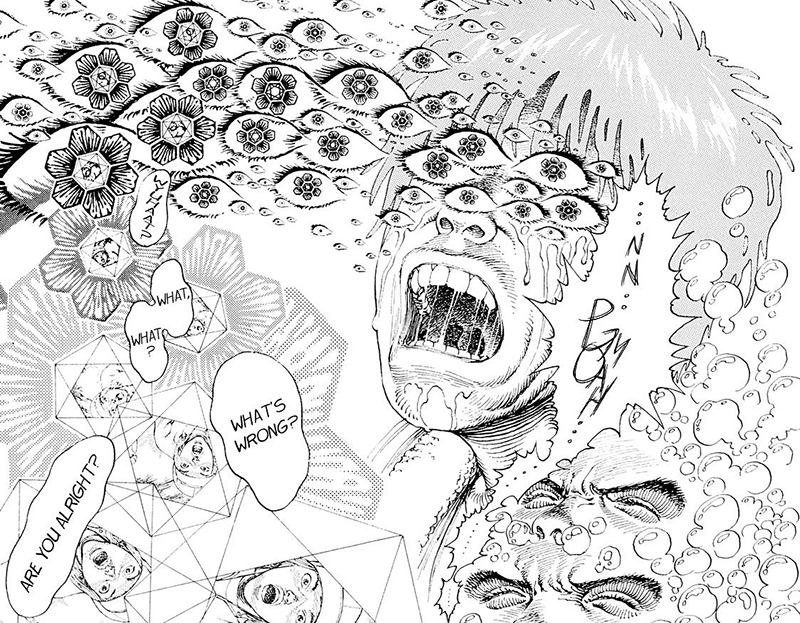
Koike’s artwork is the true start of the series. Panels melt into one another. Cityscapes fracture into abstract patterns. Human bodies distort into abstract kaleidoscopes. The visual flow mirrors the instability of Kabu’s perception, creating a reading experience that feels immersive, overwhelming, and intentionally disorienting, as if we’re suffering through a trip gone bad with him. Ultra Heaven’s visuals are so experimental and fluid that they practically redefine what sequential art can convey.
What elevates the manga beyond a simple drug-trip narrative is its philosophical core. As hallucinations and reality blur, the story questions consciousness, ego, and the possibility of genuine enlightenment. Its final act shifts toward introspection and meditation, suggesting that transcendence may exist beyond chemical escape.
Strange, hypnotic, and visually unmatched, Ultra Heaven stands as one of the best manga for readers seeking experimental storytelling at its peak.
Genres: Psychological, Sci-Fi, Experimental
Status: Completed (Seinen)
Joshikouhei
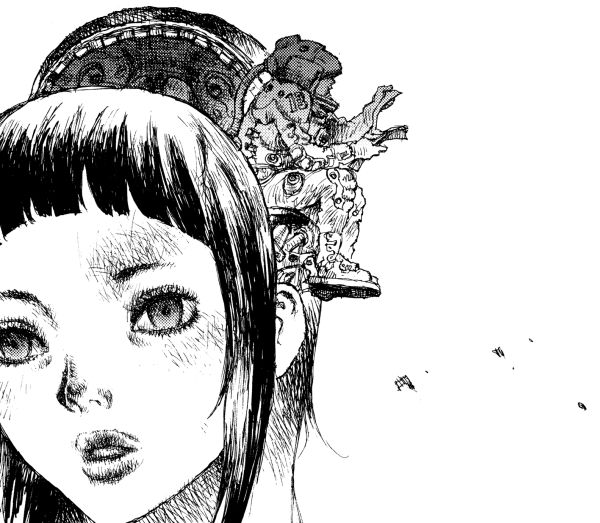
Anyone familiar with Jiro Matsumoto knows he has no fear of pushing boundaries, but Joshikouhei might be his most bizarre creation yet. This underrated gem takes the mecha genre and mutates it into something intensely surreal, disturbing, and philosophically unnerving. It’s easily among the best manga for readers looking for surreal narratives that defy convention.
The premise captures Matsumoto’s trademark strangeness perfectly. In an interdimensional war, soldiers pilot Assault Girls, humanoid battle machines fashioned after teenage schoolgirls. They are terrifying weapons capable of slaughtering entire armies, but every moment a pilot spends inside one erodes their sense of self. Their thoughts begin to mimic those of the machine until identity, gender, and humanity blur into one grotesque fusion.
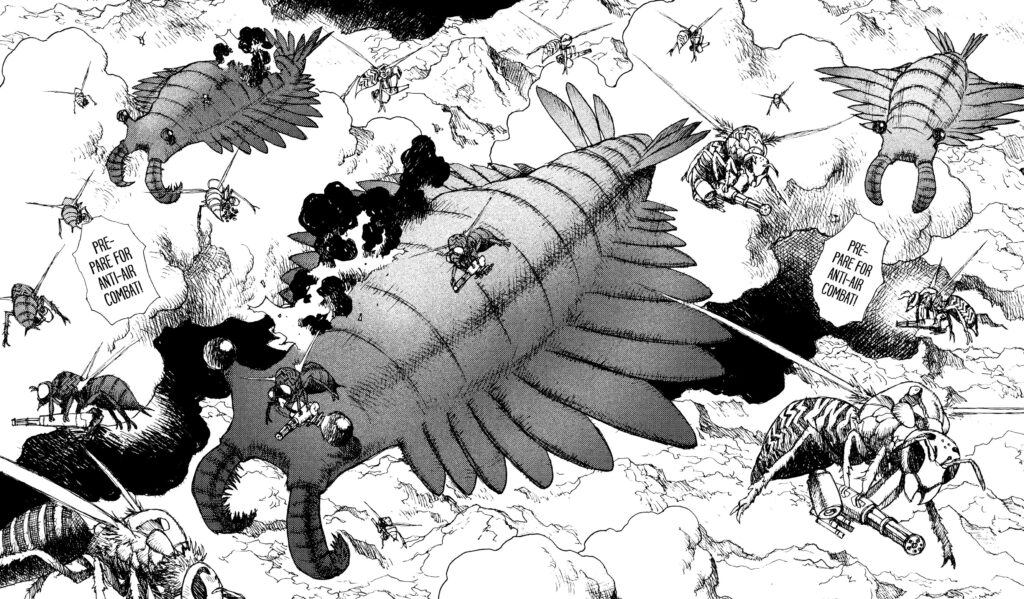
The Hyena Platoon under Lieutenant Takigawa is tasked with hunting down pilots who have lost themselves completely. The story starts as a bleak war story about the cost of battle, but soon spirals into psychedelic horror. As the story progresses, Joshikouhei grows increasingly weirder, with its final act pushing its science-fiction premise into a surreal, philosophical meditation on the nature of self.
Matsumoto’s scratchy, frantic art style amplifies the chaos. Battles erupt into splintered, violent panels, while quieter scenes carry a haunting stillness. The manga is explicit in places, but seldom for shock value. Instead, it uses erotic horror as a metaphor for the disintegration of identity.
Unapologetically strange and thematically fearless, Joshikouhei stands as one of the most unique and unsettling weird manga ever created. For readers seeking an underrated gem far outside the norm, this is an unforgettable experience.
Genres: Psychological, Sci-Fi, Mecha, Surreal, Erotic Horror
Status: Completed (Seinen)
Fraction
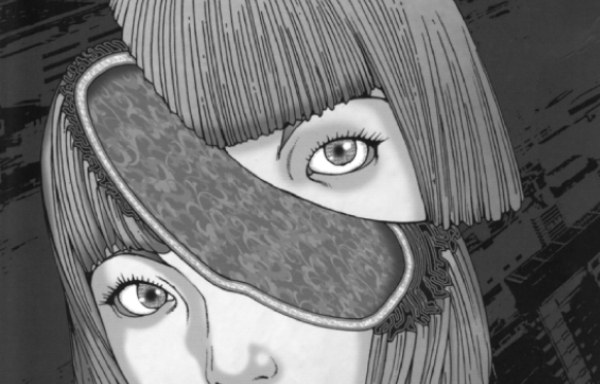
Shintaro Kago is known as one of manga’s most transgressive and extreme creators, and Fraction is no exception. Yet even within his catalog of horror, shock, and surreal absurdism, this underrated gem stands out as a uniquely ambitious and experimental work. For readers seeking one of the best manga that pushes the medium into meta-territory, Fraction is an unforgettable experience.
The story begins deceptively straightforward. A brutal serial killer known as the Slicing Devil stalks the city, leaving victims cleaved clean in half. This first chapter reads like a grim seinen thriller with tense pacing and unsettling murder scenes. Suddenly, in the second chapter, the narrative shifts, and Kago inserts himself as a character, directly commenting on genre conventions, and dismantling the story from the inside out. What was once a murder mystery becomes a meta-narrative that questions authorial intent, structure, and the illusion of storytelling itself.
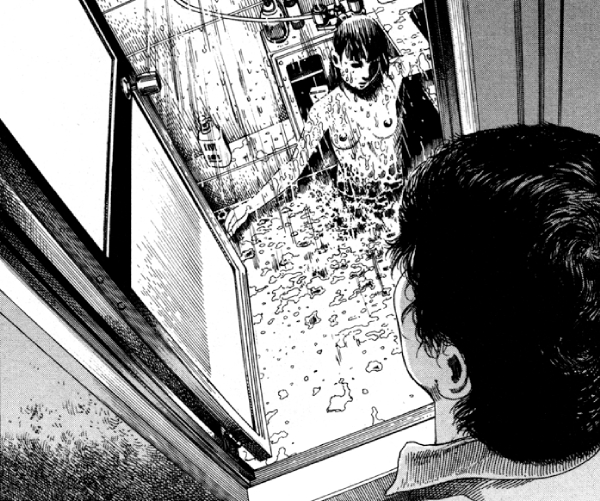
That shift makes Fraction so distinct. It’s bizarre and self-aware in a way only Kago could execute, culminating in one of the cleverest reveals in manga history, cementing Fraction’s place as a showcase of experimental horror.
The volume also includes several bonus stories, many of which push the graphical content to extremes. Voracious Itches, in particular, is infamous for a good reason and remains among the most disturbing short pieces in Kago’s career. Reader discretion is advised if you decide to dive into these stories.
Fraction is not an easy manga to stomach, but for readers fascinated by surrealism, meta-fiction, and boundary-breaking horror, it’s a remarkable and underrated standout.
Genres: Horror, Mystery, Psychological, Meta
Status: Completed (Seinen)
Nijigahara Holograph

Inio Asano is known for pushing the boundaries of psychological storytelling, but none of his works is as enigmatic or structurally daring as Nijigahara Holograph. This is a weird manga that presents readers with a narrative that feels fragmented, circular, and constantly slipping through your fingers. It reads less like a traditional story and more like a puzzle built from memories, symbols, and emotional chaos.
Essentially a kaleidoscope of trauma, Nijigahara Holograph follows a group of children and adults whose lives are permanently altered by a violent incident involving a girl named Arie. Rather than exploring the event directly, Asano scatters its consequences across shifting timelines. Scenes from the past and present intersect without warning, creating a dreamlike disorientation that mirrors the lingering psychological damage of everyone involved.

What makes this one of the best manga for fans of experimental storytelling is how its imagery and pacing amplify the scenes of unease. Asano’s quiet suburban landscape feels oppressive, while small gestures and silent panels carry an almost unbearable emotional weight. Recurring motifs, especially butterflies, hint at cycles of suffering and transformation without ever offering clear answers.
The result is a haunting, nonlinear experience where meaning emerges slowly, almost subconsciously on rereads. Nijigahara Holograph is confusing, devastating and mesmerizing all at once, a surreal psychological mosaic that lingers long after the final page.
Genres: Psychological, Mystery, Drama, Surreal
Status: Completed (Seinen)
More in Manga

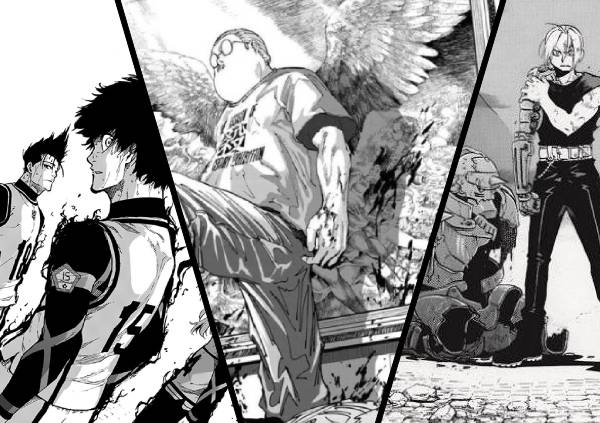
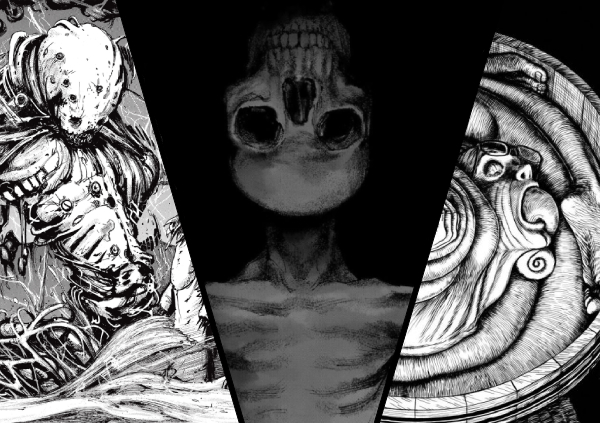
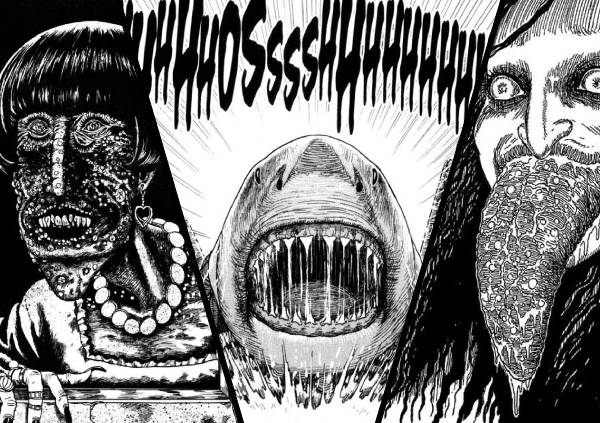
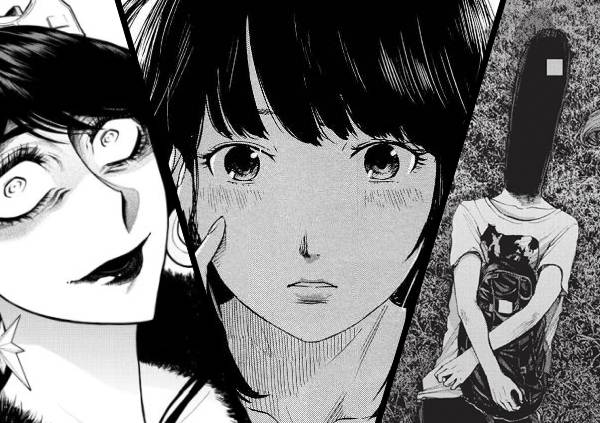
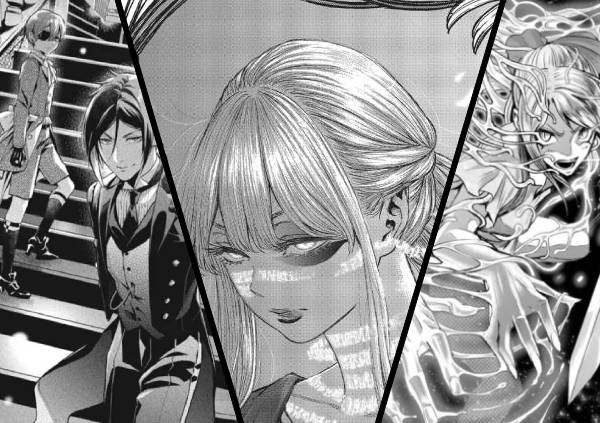






Embora tenha um GantZ um Shingeki e um Darwin Game acho que tinha, eu gostei da lista e de certas recomendações que eu não conhecia.
E tem alguns desses mangás que são manwhas não são japoneses é o único adendo.
Thank you! Glad you found a few things you didn’t know. And yeah, I’m aware some are manhwa, but I still decided to add them to this best off list. I might put together a list of the best manwha in the future.
With the exception of a few like GantZ and Shingeki, blergh I really liked the list I discovered new recommendations and although I think in the art part it was the same description, I liked your points of view and I agree with everything you said in the first place and as it would take a long time I would put the best ones for me in first Lone Wolf and more in art but the story is one of the best is Akira for me Akira is number 1 for best arts, Katsuhiro so much so that for me the art of your assistant rivals the art of Vagabond also has the art of Tsutomu Nihei (Blame), but I prefer it in Biomega and I like his Knights of Cydonia better in question history, anyway good list and I focused more on talking about art because I want to become a mangaka and having good art is the part I like the most about mangas by far.
And sorry for repeating what I wrote in my previous comment on this one in the most, I leave my recommendations, which are The Breaker, Shigahime, Air Gear, Evangelion, Parasye, Green Blood and especially Inocente I think that after Climber here is the biggest evolution from Shinichi Sakamoto and Origin the best work by Boichi, I would suggest One Piece but it’s a giant manga so I don’t know if it would be worth reading but that’s what it said on the list.
One of the best sleeves of all time, (one of the longest too).
AoT being on here didn’t age well. Other than that, I will definetly check out a lot of these.
Thanks, hope you enjoy the ones you’ll check out. And I have to agree on AoT unfortunately… I think the beginning and original premise was fantastic, but the moment Hajime Isayama decided to expand the world things weren’t as good anymore.
Amazing list, with great inclusions and explanations. Seeing Berserk, Shamo and Blame! gettting the recognition they deserve is always good, espically with what you mentioned about all of them. I read some of the greatest manga mentioned here but still with that i got introduced to new works that i didn’t know of and now i’m excited to read them. Not to criticise an already great list nor your opinion but I would personally add Aria, Yotsuba To and Fullmetal Alchemist because they are three of the best manga of all time.
Thanks! I haven’t read the three you mentioned yet, but I heard about Yotsuba To and remember watching the Fullmetal Alchemist anime years back. If I ever get to reading them, I’ll see if I include them. Thanks for the recommendations!